Understanding Tiles Dimension: A Comprehensive Guide

Choosing the right tiles can really change a space, but it's not just about the look. The size, or dimension, of your tiles plays a big part in how a room feels and how it all comes together. This guide will walk you through everything you need to know about tiles dimension, from picking the right size for your room to understanding how different dimensions affect your design choices. We'll cover a lot of ground, so you can make smart decisions for your next project.
Key Takeaways
- Understanding tiles dimension is key to achieving the desired aesthetic and functionality in any space.
- Larger tiles can make a room feel more expansive, while smaller tiles or mosaics can add intricate detail.
- The layout pattern significantly influences how tiles dimension impacts the overall visual perception of a room.
- Natural stone finishes and edge profiles can complement or contrast with the tile dimensions, affecting the final look.
- Proper installation, including attention to tile dimensions and layout, is vital for a durable and attractive result.
- Consider the scale of your room when selecting tile dimensions to avoid an overwhelming or underwhelming appearance.
- Subway tiles and hexagon tiles offer unique dimensional qualities that can be used creatively in various designs.
- Natural stone tiles, with their inherent variations, require careful consideration of their dimensions and how they are laid out.
Exploring the Spectrum of Tile Materials
Choosing the right tile material is the first step in creating a beautiful and lasting space. Natural stone offers unparalleled beauty and durability, bringing a touch of the earth's artistry into your home. From the classic elegance of marble to the rustic charm of travertine, each material tells its own story. Let's explore the diverse world of tile materials and find the perfect fit for your project.
The Enduring Appeal of Marble Tiles
Marble tiles are synonymous with luxury and sophistication. Their natural veining and subtle color variations create a unique look in every piece. Whether you opt for a polished finish for a sleek, modern feel or a honed finish for a softer, more matte appearance, marble adds timeless elegance. It's a popular choice for bathrooms, kitchens, and entryways, offering a touch of class that never goes out of style. While it requires careful maintenance, the beauty of marble is truly unmatched. You can find stunning marble tiles USA for your next renovation.
Discovering the Warmth of Travertine Tiles
Travertine tiles offer a warm, inviting, and natural aesthetic. Known for its distinctive porous surface and earthy tones, travertine brings a Mediterranean feel to any space. It's a versatile material, perfect for both indoor flooring and outdoor patios. Travertine is also a more budget-friendly alternative to marble, offering similar natural beauty. Its slip-resistant qualities make it an excellent choice for bathrooms and pool areas. Consider travertine pavers California for your outdoor projects.
The Robust Character of Granite Tiles
Granite tiles are celebrated for their exceptional durability and strength. Often found in dark, rich shades, granite offers a noble and robust character to any design. Its resistance to scratches and heat makes it ideal for high-traffic areas like kitchens and entryways. Granite's natural patterns are unique, ensuring that no two installations are exactly alike. For a material that stands up to daily life while maintaining its sophisticated appearance, granite is a top contender.
The Unique Texture of Slate Tiles
Slate tiles bring a unique texture and natural appeal to your design. With a variety of appealing models, slate offers a distinctive look that can range from rustic to contemporary. Its natural slip-resistant properties make it a practical choice for bathrooms, kitchens, and outdoor spaces. The natural cleft surface of slate adds depth and character, creating a visually interesting floor or wall.
The Artistic Flair of Cement Tiles
Cement tiles are a fantastic option for adding vibrant patterns and color to your decor. These tiles offer an artistic flair, allowing for creative and unique designs. They are perfect for creating a focal point in a room, whether used on floors, walls, or as a backsplash. The rich colors and intricate patterns of cement tiles can transform any space into a work of art.
The Practicality of Basalt Tiles
Basalt tiles are particularly well-suited for areas that experience moisture. Their practical nature makes them a reliable choice for bathrooms, kitchens, and even outdoor applications. Available in different shapes and sizes, basalt offers a sleek, modern look with a durable performance. Its ability to withstand wet conditions makes it a smart selection for functional spaces.
The Stain-Resistant Nature of Soapstone
Soapstone is renowned for its exceptional stain-resistant qualities. This makes it a highly practical material for surfaces that are prone to spills and stains, such as countertops and sinks. Beyond its practicality, soapstone also offers a unique, soft feel and a distinctive look that can add warmth and character to a space. Its non-porous nature means it doesn't require sealing, simplifying maintenance.
The Durability of Sandstone Tiles
Sandstone tiles are a testament to natural durability. Composed of quartz cemented by silica, iron oxide, or calcium carbonate, sandstone offers a wide range of colors and textures. This material is known for its resilience, making it suitable for both indoor and outdoor applications. Whether you're looking for a rustic charm or a more refined look, sandstone provides a beautiful and long-lasting foundation for your design.
Understanding Tile Dimensions and Formats
Choosing the right tile size is more than just picking a number; it's about how the tile will shape your space. Different dimensions create different feelings and can even make rooms appear larger or smaller. Let's look at the options available.
Navigating Standard Tile Sizes
Standard tile sizes offer a familiar and often budget-friendly choice. They are widely available and easy to work with for most projects. Think of the classic 12x12 inch square, a go-to for many years. Then there's the 18x18 inch, offering a bit more presence. These sizes are great for bathrooms, kitchens, and entryways. They provide a good balance between coverage and manageable installation. When you buy marble tiles online in the USA, you'll find these sizes are very common.
The Impact of Large Format Tiles
Large format tiles, typically 24x24 inches and up, are a game-changer for modern design. They create a sense of spaciousness with fewer grout lines, giving a clean, expansive look. This is especially true for natural stone like granite or marble. Large format tiles can make smaller rooms feel bigger and grander spaces feel even more luxurious. They are perfect for living areas, large bathrooms, and even outdoor patios. Consider them for a sleek, contemporary feel.
Exploring Mosaic Tile Dimensions
Mosaic tiles are all about detail and intricate patterns. They come in small, often square or hexagonal pieces, usually mounted on a mesh backing for easier installation. Think of marble mosaic tiles for a backsplash or a shower floor. These small pieces can create complex designs, add texture, and bring a unique artistic flair to any surface. They are sold by the sheet, so you're buying a pre-set pattern.
Understanding Subway Tile Dimensions
Subway tiles are a classic for a reason. Most commonly, they are 3x6 inches, but you'll also find them in 4x8 or 2x10 sizes. Their rectangular shape is perfect for creating dynamic patterns like a running bond or a herringbone. They are incredibly versatile, looking great in kitchens as backsplashes, in bathrooms as wall tiles, or even on floors. Their simple shape makes them easy to install and adaptable to many design styles.
The Versatility of Hexagon Tiles
Hexagon tiles bring a touch of geometric charm. They come in various sizes, from small mosaics to larger statement pieces. A popular choice is the 8-inch hexagon, which offers a good balance of coverage and visual interest. Hexagons can be laid in a classic grid or a more dynamic offset pattern. They work well on floors and walls, adding a unique character to bathrooms, kitchens, and even feature walls. You can find beautiful travertine pavers California in hexagon shapes too.
The Classic Appeal of Square Tiles
Square tiles are the foundation of many tile designs. The most common sizes are 12x12 inches and 18x18 inches. They offer a clean, balanced look and are incredibly easy to install. Square tiles are a safe bet for almost any room, providing a sense of order and stability. They work well with various patterns, from a simple straight lay to more complex arrangements. Their straightforward nature makes them a popular choice for both DIYers and professionals.
The Elegance of Rectangular Tile Dimensions
Rectangular tiles, beyond the subway format, offer a sophisticated look. Sizes like 6x24 inches or 12x24 inches are very popular for creating a modern, elongated appearance. These tiles can make a room feel wider or longer depending on their orientation. They are excellent for large floor areas, shower walls, and creating a sense of flow. The longer format often means fewer grout lines, contributing to a cleaner, more expansive visual. Consider these for a high-end finish.
Considering Custom Tile Dimensions
Sometimes, standard sizes just won't do. Custom tile dimensions allow for truly unique designs. Whether you need a specific size to fit an unusual space or want to create a one-of-a-kind pattern, custom cuts are the answer. This is where you can really let your creativity shine. You might need custom sizes for intricate borders or to match existing architectural features. Working with a supplier for custom orders ensures you get exactly what you envision for your project.
Mastering Tile Layouts and Patterns

Choosing the right tile layout is key to transforming a space. It's not just about picking a pattern; it's about creating a visual story that complements your design and lifestyle. From classic to contemporary, the arrangement of your tiles can dramatically alter the feel of a room.
The Timeless Charm of Checkerboard Layouts
The checkerboard pattern is a classic for a reason. It offers a striking visual contrast that adds character and a touch of vintage elegance to any area. Think of kitchens, entryways, or even bathrooms where this bold pattern can make a real statement. It works beautifully with materials like marble and travertine, creating a sophisticated look that never goes out of style. You can find a variety of tile patterns to match your design style, and the checkerboard is a popular choice for its enduring appeal.
Achieving a Seamless Look with Straight Lay
The straight lay, also known as a grid or stack bond, is the simplest and most straightforward pattern. Tiles are laid in parallel rows and columns, creating clean, straight lines. This layout is perfect for modern and minimalist designs, allowing the tile itself to be the star. It's especially effective with large format tiles, as it emphasizes their size and creates an expansive feel. This pattern is also quite forgiving for DIY installations.
The Dynamic Appeal of Running Bond Patterns
The running bond, or offset pattern, is incredibly versatile. Tiles are staggered in each row, typically with a 50% offset, though 33% or 75% offsets are also common. This pattern is excellent for hiding slight imperfections in the wall or floor and is a popular choice for subway tiles. It adds a subtle sense of movement and visual interest without being overwhelming. It's a go-to for many designers looking for a balanced look.
Creating Visual Interest with Herringbone Layouts
The herringbone pattern is a true showstopper. It involves laying rectangular tiles in a zigzag, V-shaped pattern, creating a dynamic and intricate design. This layout adds a sense of depth and sophistication, often used in bathrooms, entryways, and even as a feature wall. It requires a bit more precision during installation but the result is undeniably elegant. Marble mosaic tiles often feature this eye-catching pattern.
The Sophistication of Basketweave Patterns
The basketweave pattern mimics the look of woven material, typically using rectangular tiles arranged in a way that creates a visual square or rectangle. It’s a classic pattern that adds texture and a touch of traditional charm. This layout works well in bathrooms and kitchens, offering a unique visual element that is both refined and inviting.
The Modern Edge of Geometric Tile Layouts
Geometric patterns, including hexagons, chevrons, and custom shapes, bring a contemporary and artistic flair to any space. These layouts can create stunning visual effects, from intricate mosaics to bold, large-scale designs. They are perfect for making a design statement in living areas, entryways, or even as a striking backsplash. The possibilities are endless when you explore custom tile designs.
The Classic Beauty of Versailles Patterns
The Versailles pattern, also known as the French pattern, is a sophisticated arrangement of different sized rectangular and square tiles. This classic layout creates a sense of grandeur and old-world charm, often seen in elegant homes and historic estates. It’s a complex pattern that requires careful planning and installation but offers unparalleled visual richness.
Designing with Offset Tile Layouts
Offset tile layouts, similar to the running bond, involve staggering tiles. The degree of the offset can significantly change the look. A smaller offset (like 15-30%) can create a more subtle, modern feel, while a larger offset (50% or more) provides a more traditional, brick-like appearance. This flexibility makes offset patterns a popular choice for various design styles, from contemporary kitchens to rustic bathrooms.
The Nuances of Natural Stone Finishes

Natural stone finishes are where beauty meets function. They define how your stone looks and how it performs. Choosing the right finish is key to achieving your desired aesthetic and ensuring the stone meets your practical needs. Let's explore the spectrum of finishes available for natural stone.
The Gleam of Polished Stone Finishes
Polished finishes offer a high-gloss, reflective surface. This look is modern and sophisticated, making colors pop and highlighting the stone's natural patterns. It's a popular choice for marble and granite, especially for countertops and feature walls. However, polished surfaces can be more slippery when wet and may show scratches more readily. For those seeking a truly luxurious feel, a polished finish is hard to beat. You can find beautiful polished marble tiles online in the USA for your next project.
The Rustic Charm of Tumbled Finishes
For a more relaxed, aged appearance, consider a tumbled finish. This process involves tumbling the stone with abrasive materials, which softens the edges and creates a slightly textured, matte surface. It gives the stone a weathered, antique look that's perfect for rustic or Mediterranean-inspired designs. Travertine tiles with a tumbled finish are particularly popular for creating a cozy, inviting atmosphere. This finish also tends to be less slippery than polished options.
The Natural Look of Split Face Finishes
A split face finish, also known as natural bed, reveals the stone's natural grain as it was formed. The surface is left rough and textured, showcasing the stone's raw beauty. This finish is often used for accent walls, fireplaces, and outdoor applications where a rugged, natural look is desired. It adds significant depth and character to any space. Slate tiles often feature a split face finish, highlighting their unique textures.
The Smoothness of Honed Stone Finishes
Honed finishes provide a smooth, matte surface without the high gloss of polished stone. This creates a sophisticated yet understated look. Honed finishes are less reflective, which can help mask minor imperfections and are generally less slippery than polished surfaces. They are a versatile choice, suitable for floors, walls, and countertops, offering a soft, natural feel. Many travertine tiles California homeowners choose have a honed finish.
The Textured Appeal of Brushed Finishes
Brushed finishes involve brushing the stone's surface with wire brushes. This process creates a slightly textured, weathered look, similar to a tumbled finish but often with more defined brush marks. It adds a tactile quality and a subtle visual interest. Brushed finishes are excellent for increasing slip resistance and are a great choice for areas that might get wet, like bathrooms or patios.
The Antiqued Patina of Antiqued Finishes
Antiqued finishes aim to replicate the look of aged stone, complete with a patina that suggests history and character. This is often achieved through a combination of tumbling, brushing, and sometimes chemical treatments. The result is a stone that looks like it has been in place for centuries, adding a sense of timelessness and depth to your design. This finish works wonderfully with materials like limestone and certain types of marble.
The Raw Beauty of Natural Hole Fill Options
Some natural stones, like travertine, have natural voids or holes. These can be left unfilled for a more rustic, authentic look, or they can be filled with a grout or resin that matches the stone. Unfilled holes add texture and character, while filled holes create a smoother, more uniform surface. The choice depends on the desired aesthetic and the intended use of the stone. Consider how unfilled holes might affect cleaning in high-traffic areas.
The Precision of Straight Cut Finishes
A straight cut finish, often seen in porcelain tiles mimicking natural stone, refers to a tile with a very sharp, precise edge. This allows for minimal grout lines, creating a very clean, modern, and almost seamless look. While not a finish applied to the stone's surface itself, the precision of the cut significantly impacts the final appearance of the installation. This is particularly desirable for large format tiles where a continuous visual field is sought.
Exploring Edge Profiles for Tile Installation
The edge profile of a tile is more than just a finishing touch; it's a design element that impacts both the look and the safety of your tiled surfaces. Choosing the right edge can transform a functional space into a masterpiece. Let's look at the options available.
The Practicality of Beveled Edges
Beveled edges, also known as chamfered edges, offer a subtle slope. This design detail makes installation simpler by reducing sharp differences between tiles. It's a smart choice for a smooth, clean finish, especially in busy areas. You can find beautiful marble tiles online in the USA with this practical edge.
The Clean Look of Straight Edges
Straight edges, or squared edges, present a clean, modern aesthetic. They are perfect for achieving a minimalist look and are often preferred for installations where grout lines are minimized or eliminated. This profile provides a sharp, contemporary appearance.
The Rustic Charm of Chiseled Edges
For those seeking a more natural or antique feel, the chiseled edge is ideal. It mimics the look of freshly quarried stone, adding a raw, textural element to your design. This profile works wonderfully with materials like travertine pavers in California.
Understanding Eased Edges for Safety
Eased edges are slightly rounded, offering a softer touch and improved safety. This is particularly beneficial in homes with children or in high-traffic areas where accidental bumps might occur. It’s a thoughtful detail for any installation.
The Decorative Appeal of Bullnose Edges
Bullnose edges are rounded and smooth, offering a classic, decorative finish. They are often used on edges of countertops or as a finishing piece on walls, providing a soft, flowing transition. These can add a touch of elegance to your design.
The Seamless Finish of Pencil Edges
Pencil edges are small and rounded, resembling the lead of a pencil. They are often used as a decorative trim or to create a subtle transition between different tile surfaces. Their understated profile adds a refined detail.
The Durability of Squared Edges
Squared edges, much like straight edges, offer a clean and contemporary look. They are known for their durability and are a popular choice for modern designs. This profile provides a strong, defined line.
The Importance of Edge Details in Design
- Aesthetics: The edge profile significantly influences the overall visual style of the tiled area.
- Safety: Rounded or eased edges can prevent injuries in busy households.
- Installation: Certain profiles, like beveled edges, can simplify the installation process.
- Maintenance: Some edges might be easier to clean than others, depending on their shape and depth.
Selecting the correct edge profile is a key step in achieving a professional and aesthetically pleasing tile installation. It's a detail that truly matters for both form and function.
Key Considerations for Tile Selection
Choosing the right tile is a big decision for any project. It sets the tone for the entire space. Think about where the tile will go and how it will be used. This helps narrow down the options considerably.
Matching Tile Dimensions to Room Size
Tile size matters. Large format tiles can make a small room feel bigger, creating a more open atmosphere. Conversely, smaller tiles or mosaics can add detail and texture to larger spaces. Consider the scale of your room when picking tile dimensions. For example, a large living room might look great with big marble tiles, while a small bathroom could benefit from intricate mosaic patterns. It’s about balance and proportion.
The Role of Tile Thickness in Durability
Don't overlook tile thickness. Thicker tiles generally offer more durability, which is important for high-traffic areas. Thicker tiles are less likely to chip or crack under pressure. This is especially true for natural stone like granite or travertine pavers California. Thicker tiles can also mean a more substantial feel underfoot.
Understanding Tile Material Properties
Each tile material has its own strengths. Marble tiles offer timeless elegance but require careful maintenance. Travertine tiles provide a warm, natural look and are quite durable. Granite is exceptionally hard and resistant to heat and scratches. Slate offers a unique texture and good slip resistance. Understanding these properties helps you pick the best material for your needs. If you're looking to buy marble tiles online USA, research their specific characteristics.
Selecting the Right Tile Finish for Your Space
Finishes change the look and feel of a tile. A polished finish on marble gives a high-gloss, luxurious appearance. Honed finishes offer a softer, matte look, which can be more forgiving with wear. Tumbled finishes provide a rustic, aged feel. Consider the environment: a polished floor in a busy kitchen might show scratches more easily than a honed or tumbled finish.
The Impact of Color and Veining in Natural Stone
Natural stone is unique. The color and veining in marble or travertine are one-of-a-kind. This variation adds character and depth to your design. Think about how the colors will complement your existing decor. A bold veined marble can be a statement piece, while a more uniform travertine offers a subtle, natural backdrop. It’s this natural variation that makes each installation special.
Considering Slip Resistance for Safety
Safety is key, especially in bathrooms, kitchens, and outdoor areas. Tiles with higher slip resistance are vital in these spaces. Textured finishes like tumbled travertine or certain types of slate offer better grip. Always check the slip-resistance rating of tiles intended for areas where water is present. This is particularly important for outdoor patios or pool surrounds.
Evaluating Tile Durability for High-Traffic Areas
For areas with a lot of foot traffic, like entryways or hallways, durability is paramount. Harder stones such as granite or dense porcelain are excellent choices. They resist wear and tear better than softer stones like limestone. Proper selection here means your tiles will look great for years to come, reducing the need for frequent replacements.
The Aesthetic Contribution of Tile Patterns
Tile patterns can dramatically change a room's appearance. A classic checkerboard layout with marble or travertine tiles adds a timeless elegance. Herringbone or subway tile patterns offer different visual rhythms. Consider the overall style you want to achieve. The right pattern can tie a design together, creating a cohesive and appealing look. For example, a checkerboard pattern can add a sophisticated touch to kitchens and bathrooms.
The Art of Tile Installation: A Step-by-Step Approach
Getting your tiles installed correctly is key. It’s not just about making things look good; it’s about making them last. A solid installation means your beautiful marble or travertine tiles will stay put and look great for years. Let’s break down the process so you know what to expect.
Essential Tools for Successful Tile Installation
To get the job done right, you need the right gear. Having these on hand makes the whole process smoother. Think of it as setting yourself up for success from the start. You’ll want:
- A notched trowel for spreading adhesive evenly.
- Tile spacers to keep your grout lines consistent.
- A level to make sure everything is flat and even.
- A reliable tile cutter or wet saw for precise cuts.
- Safety gear like gloves and eye protection.
Preparing Your Subfloor for Optimal Adhesion
This is where the magic begins – preparing the surface. A clean, flat, and stable subfloor is non-negotiable. Any bumps or dips can cause problems down the line, like tiles cracking or becoming uneven. Make sure the area is free of dust, old adhesive, or any debris. If you're working with wood, ensure it's sturdy and properly underlayed. For concrete, check for flatness and address any low spots with a leveling compound. This prep work is vital for a strong bond, especially when you buy marble tiles online USA.
The Importance of Acclimating Your Tiles
Natural stone needs time to adjust. Before you even think about laying them, let your tiles sit in the room where they'll be installed for at least 48 hours. This allows them to get used to the room's temperature and humidity. Skipping this step can lead to issues later, like tiles expanding or contracting unexpectedly after installation.
Mastering the Dry Lay Process for Layout Planning
Before you mix any adhesive, do a dry run. Lay out your tiles on the floor without any glue. This lets you plan your pattern, see how the colors and veining work together, and figure out where you'll need to make cuts. It’s your chance to avoid awkward small cuts at the edges and ensure a balanced look. This is especially helpful when working with the natural variations found in travertine pavers California.
Applying Adhesive with Precision
When it's time for adhesive, work in small sections. Use a notched trowel held at a 45-degree angle to create consistent ridges in the thin-set mortar. This ensures good coverage and a strong bond. Remember to check the back of a few tiles occasionally to make sure the mortar is spread evenly – no one wants hollow spots under their tiles.
Setting Tiles for a Level and Secure Fit
Press each tile firmly into the mortar with a slight twist. This helps to embed it properly. Use your level frequently to check that tiles are flush with each other. For larger tiles, consider using a leveling system to prevent lippage, which is when one tile edge sits higher than another. A rubber mallet can help gently tap tiles into place for a perfect fit.
Achieving Perfect Grout Lines with Spacers
Spacers are your best friend for creating uniform grout joints. They keep the space between tiles consistent, which is key for a professional look. Once the adhesive has cured (usually 24-48 hours), remove the spacers and prepare for grouting. For many natural stones, a tight grout line, around 1/16 to 1/8 inch, works well.
Ensuring Proper Curing Times for Longevity
Patience is a virtue in tile installation. Allow the adhesive to cure completely before moving on to grouting. After grouting, let the grout cure according to the manufacturer's instructions before sealing or walking on the tiles. Proper curing means your tiles will be set securely, giving you a durable and beautiful surface for years to come.
Precision Cutting for Natural Stone Tiles
Achieving a perfect finish with natural stone tiles means getting the cuts just right. Whether you're working with elegant marble or rustic travertine, precise cuts are key to a professional look. It’s not just about making a piece fit; it’s about maintaining the stone’s integrity and beauty.
Choosing the Right Blade for Stone Cutting
Selecting the correct blade is the first step to clean cuts. A diamond blade is your best friend here. Make sure it's designed specifically for cutting natural stone. A sharp, quality blade makes all the difference, preventing chips and ensuring a smooth edge. Trying to cut stone with the wrong blade is a recipe for frustration and wasted material.
The Technique for Clean Tile Cuts
Speed isn't your friend when cutting stone. Slow, steady movements are crucial. Rushing the cut is a common mistake that leads to chipped edges or even a broken tile. Let the saw do the work. For those intricate cuts, like around fixtures or corners, a wet saw is often the best tool. It keeps the blade cool and reduces dust, which is better for your health and the quality of the cut.
Minimizing Chips and Breakage During Cuts
To avoid chips, always plan your cuts. If possible, position cut edges where they won't be highly visible, like against a wall or cabinet. When you do need to make a cut, ensure the tile is well-supported. For larger format tiles, consider using a leveling system during installation to prevent stress on the cut edges. Remember, it’s always better to take your time and get it right the first time.
The Role of Water in Wet Saw Cutting
Water is vital when using a wet saw. It lubricates the diamond blade, keeping it cool and preventing it from overheating. This not only extends the life of your blade but also helps to minimize dust and create a cleaner cut. Always ensure the water reservoir is full and the pump is working correctly before you start cutting.
Safeguarding Yourself During Tile Cutting
Safety first! Always wear safety glasses to protect your eyes from flying debris. Gloves are also a good idea to protect your hands. If you're using a wet saw, be mindful of the water and electricity. Proper safety gear ensures you can focus on making those perfect cuts without worry.
Planning Cuts for Aesthetic Integration
Think about the overall pattern and flow of your tile layout. Where will the cuts fall? Can you use off-cuts in less visible areas? Planning your cuts strategically can hide imperfections and make the final installation look much more polished. This is especially important for intricate patterns or when working with stones that have strong veining.
Finishing Cut Edges for a Polished Look
Sometimes, even with the best technique, cut edges might need a little refinement. A fine-grit sanding block or a polishing pad can smooth out any rough spots on the cut edge. This step is particularly important if the cut edge will be exposed, such as on a countertop or a shower niche. It’s these small details that truly make a project shine.
Understanding the Use of Tile Cutters
While a wet saw is excellent for many cuts, a manual tile cutter can be surprisingly effective for straight cuts on certain types of stone, especially thinner tiles. These cutters score the tile surface and then snap it cleanly. They are often quicker for simple cuts and don't require water, making them a convenient option for smaller jobs. However, for complex shapes or very hard stones, a wet saw remains the preferred tool.
The Crucial Role of Grouting and Sealing
Grouting and sealing are the finishing touches that truly protect your beautiful tile investment. Think of grout as the mortar that holds everything together, filling the gaps and giving your tiles a clean, finished look. But it's more than just looks; proper grouting is essential for tile longevity and structural integrity. Without it, tiles can loosen, allowing moisture to penetrate the subfloor, causing cracks, mold, and potential instability. Grouting seals the gaps between tiles, preventing these issues and maintaining the overall health of your tiled surfaces.
Selecting the Appropriate Grout for Your Tiles
Choosing the right grout is key. For natural stone like marble or travertine, you'll want to use a grout specifically designed for these materials. Many installers prefer high-quality thin-set mortar, especially white thin-set for lighter stones to avoid discoloration. Always check that your setting materials are compatible with your stone. If you're looking to buy marble tiles online in the USA, make sure the supplier offers compatible grout options.
The Technique for Applying Grout Effectively
Applying grout requires a steady hand and the right tools. You'll use a grout float to spread the grout diagonally across the tiles, pressing it firmly into the joints. Work in manageable sections. The goal is to fill every gap completely. Remember to remove excess grout as you go with the float to make cleanup easier.
Cleaning Excess Grout with Care
Once the grout is in place, it's time for cleanup. Use a damp sponge, rinsing it frequently in a bucket of clean water. Wipe diagonally across the tiles. Be careful not to dig into the grout lines, as this can pull out the fresh grout. A second pass with a clean, damp cloth might be needed to remove any remaining haze.
Allowing Adequate Grout Curing Time
Patience is a virtue here. Grout needs time to cure properly before it can be sealed or exposed to heavy traffic. This typically takes 48 to 72 hours, but always check the manufacturer's recommendations for your specific grout product. Rushing this step can compromise the integrity of your grout lines.
The Importance of Sealing Natural Stone
Natural stone, like the beautiful travertine pavers California homeowners love, is porous. This means it can absorb liquids, leading to stains and damage. Sealing creates a protective barrier. It's a vital step to keep your stone looking its best for years to come.
Choosing the Right Sealer for Your Tile Type
Not all sealers are created equal. You need a sealer specifically formulated for natural stone. Some sealers can alter the stone's color, giving it a slightly darker, 'wet' look, while others aim to maintain the original appearance. If you're working with light-colored or translucent stones, using a white thin-set mortar and a clear sealer is often recommended to prevent any color bleed-through.
Understanding Sealer Application and Reapplication
Applying a sealer is straightforward. Typically, you'll use a clean cloth or applicator pad and work it into the stone and grout lines. Allow it to penetrate according to the product instructions. Reapplication is usually needed annually, or more often in high-traffic areas, to maintain protection. Regular sealing is key to preventing stains and moisture damage.
Protecting Your Tiles from Stains and Moisture
By correctly grouting and sealing your natural stone tiles, you're not just adding a finishing touch; you're investing in their longevity and beauty. This protective layer guards against everyday spills, moisture, and wear, ensuring your floors and walls remain pristine. For those looking to buy marble tiles online USA, remember that proper sealing is just as important as the initial selection.
Enhancing Spaces with Marble Mosaic Tiles

Marble mosaic tiles are a fantastic way to add a touch of luxury and intricate design to any room. They really bring a unique character that other materials just can't match. If you're looking to make a statement, these tiles are definitely worth considering. They're not just pretty; they're also quite practical for many uses.
The Luxury of Carrara Marble Mosaics
Carrara marble is famous for its soft white background and subtle gray veining. When you see it in a mosaic pattern, it just screams elegance. Think about a kitchen backsplash or a shower wall – a Carrara mosaic can make it look like a high-end spa. It’s a classic choice that never really goes out of style. You can find some really beautiful Carrara marble mosaic options if you look around.
The Bold Statement of Calacatta Gold Mosaics
If you want something a bit more dramatic, Calacatta Gold marble is the way to go. It has a brighter white base with bolder gray veining, often highlighted with warm gold or beige streaks. This type of mosaic really pops and can be the centerpiece of a room. It’s perfect for creating a focal point that guests will definitely notice.
The Purity of Thassos White Mosaics
Thassos White marble is known for its pure, snow-white color with very minimal veining. It’s like a blank canvas, but in the best way possible. Thassos White mosaics give a clean, bright, and airy feel to a space. They’re great for making smaller rooms feel larger or for creating a serene, spa-like atmosphere in a bathroom.
Versatile Patterns in Marble Mosaics
Marble mosaics come in all sorts of patterns. You’ve got your classic subway patterns, intricate basketweaves, modern hexagons, and even unique shapes like arabesques. This variety means you can really tailor the look to your specific design. Whether you’re going for a vintage vibe or a sleek contemporary feel, there’s a marble mosaic pattern that will fit perfectly.
Achieving Different Looks with Marble Mosaic Finishes
The finish of the marble also plays a big role. Polished finishes give a high shine and reflect light, making the space feel brighter and more luxurious. Honed finishes offer a more matte, subtle look, which can feel more relaxed and natural. Tumbled finishes give a worn, antique appearance, adding a rustic charm. Each finish changes the overall feel of the mosaic.
Ideal Applications for Marble Mosaic Tiles
Where can you use these beauties? Pretty much anywhere you want to add a touch of class. Kitchen backsplashes are a no-brainer. Bathroom floors and shower walls are also popular spots. You can even use them as accent borders in larger tile installations or on fireplace surrounds. They work well on walls and, depending on the type and finish, even on floors in lower-traffic areas.
The Unique Beauty of Marble Mosaics
What makes marble mosaics so special is the natural variation. No two pieces are exactly alike. Each mosaic sheet is a little work of art, with its own unique veining and color play. This natural character is what gives marble its timeless appeal and makes your design truly one-of-a-kind. It’s a material that ages gracefully, adding character over time.
Durability and Versatility of Marble Mosaics
While marble is often seen as delicate, marble mosaics, when installed correctly, are quite durable. They’re a great way to add intricate detail without the cost of custom stone cutting. Their versatility in patterns and finishes means they can adapt to almost any design scheme, making them a smart choice for both aesthetic appeal and long-term value.
Elevating Designs with Travertine Mosaic Tiles
The Rustic Charm of Tumbled Travertine Mosaics
Travertine mosaics, especially those with a tumbled finish, bring an aged, rustic feel to any space. This finish involves a process where the tiles are put into a machine with other materials, gently knocking the edges and surfaces to create a softer, worn appearance. It’s like bringing a piece of history into your home. These mosaics are fantastic for creating a cozy kitchen backsplash or a warm bathroom accent wall. They pair well with natural wood and earthy tones, making your space feel grounded and inviting. If you're looking for that old-world charm, tumbled travertine mosaics are a great choice.
The Smooth Finish of Honed Travertine Mosaics
For a cleaner, more contemporary look, honed travertine mosaics are the way to go. Honing involves polishing the stone to a smooth, matte finish. This process fills the natural pores of the travertine, creating a surface that’s easier to clean and maintain. Honed mosaics offer a sophisticated elegance, perfect for modern bathrooms or stylish kitchen backsplashes. They provide a subtle texture without the rough feel of tumbled stone, making them a versatile option for many design styles. You can find these in various patterns, like subway or herringbone, adding a touch of class.
The Earthy Tones of Ivory Travertine Mosaics
Ivory travertine mosaics offer a light, airy feel, bringing a sense of calm and spaciousness to a room. The creamy, off-white tones are incredibly versatile, complementing a wide range of color palettes. Whether used for a full shower surround or as a decorative border, ivory mosaics can brighten up any area. They work particularly well in smaller spaces or rooms that don't get a lot of natural light, helping to create a more open atmosphere. Their subtle beauty is undeniable.
The Richness of Noce Travertine Mosaics
Noce travertine mosaics are known for their rich, warm color variations, often featuring deeper browns, reds, and even hints of gold. This depth of color adds a luxurious and inviting feel to any design. Noce mosaics are perfect for creating a cozy atmosphere in a living room fireplace surround or adding character to a kitchen backsplash. They stand out beautifully against lighter cabinetry or wall colors, providing a strong visual anchor. If you want a material that feels both natural and opulent, consider noce travertine.
Popular Patterns in Travertine Mosaics
Travertine mosaics come in a delightful array of patterns, each offering a unique aesthetic. Some of the most popular include:
- Herringbone: Creates a dynamic, V-shaped pattern that adds movement and visual interest.
- Hexagon: Offers a modern, geometric look that can be both playful and sophisticated.
- Subway: A classic, rectangular pattern that provides a clean, timeless appeal.
- Basketweave: Mimics the look of woven material, adding texture and a traditional touch.
- Penny Round: Small, circular tiles that create a charming, retro feel, often used for shower floors due to their grip.
Choosing the right pattern can significantly impact the overall look and feel of your project. You can even find custom-made mosaics to fit specific design visions.
Slip-Resistant Qualities of Travertine Mosaics
One of the significant advantages of travertine, especially in its tumbled or honed finishes, is its natural slip resistance. This makes travertine mosaics an excellent choice for areas where moisture is common, such as bathrooms, shower floors, and outdoor patios. The slightly textured surface provides better traction compared to highly polished stones, offering peace of mind and safety. When selecting tiles for wet areas, always consider the finish and its inherent safety features. You can even buy travertine pavers California for your outdoor spaces.
Transforming Spaces with Travertine Mosaics
Travertine mosaics are incredibly versatile, capable of transforming ordinary spaces into extraordinary ones. They are perfect for:
- Kitchen Backsplashes: Adding a touch of natural beauty and texture behind your stove or countertops.
- Bathroom Walls & Floors: Creating a spa-like retreat with their warm, earthy tones.
- Shower Surrounds: Offering a durable, slip-resistant, and visually appealing surface.
- Accent Walls: Providing a unique focal point in living rooms or entryways.
- Outdoor Patios & Pool Decks: Bringing natural elegance to exterior spaces.
Their ability to adapt to various styles, from rustic farmhouse to modern minimalist, makes them a go-to material for designers and homeowners alike. You can find beautiful options when you buy marble tiles online USA.
The Natural Elegance of Travertine Mosaics
Ultimately, the appeal of travertine mosaics lies in their natural elegance. Each piece is unique, with variations in color and pattern that tell the story of its geological formation. This inherent individuality means your design will be truly one-of-a-kind. Unlike mass-produced materials, natural stone offers a depth and character that simply cannot be replicated. When you choose travertine mosaics, you're not just selecting a tile; you're bringing a piece of the earth's artistry into your home. For those seeking authentic beauty and lasting quality, travertine mosaics are an exceptional choice.
The Enduring Appeal of Checkerboard Tile Designs
Creating a Classic Aesthetic with Checkerboards
The checkerboard pattern is a design staple. It’s a look that never really goes out of style. Think of those classic black and white floors in old diners or elegant entryways. This pattern uses two contrasting colors to create a bold, graphic statement. It’s a simple concept, but the impact is huge. You can achieve this look with almost any type of tile, but natural stones like marble and travertine really make it shine. They bring a natural beauty and depth that manufactured tiles often lack. Choosing a checkerboard layout is a sure way to add timeless elegance to your home.
Checkerboard Layouts for Kitchens
Kitchens are a prime spot for checkerboard tiles. Imagine a kitchen floor with alternating black and white marble tiles. It’s striking, right? This pattern can make a kitchen feel larger and more dynamic. It’s also practical. Many people choose durable materials like granite or even porcelain for kitchen floors because of the high traffic and potential for spills. A well-chosen checkerboard pattern can hide minor imperfections and wear, keeping your kitchen looking good for years. It’s a design choice that’s both beautiful and functional.
Elegant Checkerboard Bathroom Designs
Bathrooms are another area where checkerboard tiles excel. A classic black and white checkerboard in a bathroom can evoke a vintage feel, or with modern materials, it can look very chic. Consider using marble tiles for a touch of luxury. The natural veining in marble adds a unique character to each tile, making your checkerboard pattern one-of-a-kind. For a softer look, you could opt for shades of grey or beige. It’s a great way to add personality to a bathroom without being overwhelming.
The Impact of Checkerboard on Entryways
Your entryway is the first impression guests have of your home. A checkerboard tile floor here makes a strong statement. It’s welcoming and sophisticated. Using durable materials like travertine or granite is a smart choice for entryways, as this area sees a lot of foot traffic. The contrast of colors can make the space feel more open and inviting. It sets a tone of classic style right from the moment someone steps inside.
Using Checkerboard for Outdoor Patios
Checkerboard patterns aren't just for indoors. They can be stunning on outdoor patios and walkways, especially with durable materials like travertine pavers. The classic pattern adds a visual interest to outdoor living spaces. It can make a patio feel more like an extension of the home. When selecting tiles for outdoor use, always consider slip resistance and durability against the elements. Travertine, with its natural texture, often provides good grip.
The Sophistication of Checkerboard in Living Areas
In living rooms and dining areas, a checkerboard pattern can add a layer of sophistication. It works well with larger format tiles, creating a grander feel. Marble tiles, with their inherent elegance, are a popular choice for these spaces. The pattern can define zones within an open-plan living area or simply serve as a beautiful foundation for your furniture. It’s a design that commands attention in a refined way.
Checkerboard Patterns for Backsplashes
While often seen on floors, checkerboard patterns can also be a unique choice for kitchen or bathroom backsplashes. Using smaller mosaic tiles in a checkerboard pattern can create a detailed and eye-catching feature. This is a great way to incorporate the classic look into a smaller space or as an accent. It adds a playful yet sophisticated element to your walls.
The Timeless Visual Effect of Checkerboard
What makes the checkerboard pattern so enduring? It’s the balance of contrast and repetition. It’s visually engaging without being chaotic. The pattern is easily recognizable and has a strong historical presence in design. This familiarity lends it a sense of comfort and classic appeal. Whether you choose bold black and white or softer earth tones, the checkerboard effect is a proven way to create a stylish and lasting impression in any space. It’s a design choice that speaks of confidence and good taste.
Material-Specific Installation Guidance
Installing natural stone tiles requires attention to detail, and different materials have unique needs. Getting the installation right from the start means your beautiful stone will last for years. Let's look at some best practices for popular natural stones.
Best Practices for Installing Marble Tiles
Marble is a classic choice, known for its elegance. When installing marble tiles, always inspect each piece first. Natural variations in color and veining are part of marble's charm, but you want to avoid actual defects. It’s a good idea to dry-lay your marble tiles before setting them. This lets you plan the layout and blend the colors and patterns for the most pleasing look. Use a white thin-set mortar, especially for lighter marble, to prevent any gray showing through. Make sure the substrate is perfectly flat and stable; marble can crack if installed over an uneven surface. When setting the tiles, press them firmly into the mortar with a slight twist to ensure full coverage. This prevents hollow spots. For a clean finish, use tile spacers to keep grout lines consistent. If you're looking to buy marble tiles online in the USA, ensure you're getting quality products that are suitable for your project.
Tips for Laying Travertine Tiles
Travertine offers a warm, inviting look and is a fantastic choice for many spaces. Like marble, travertine has natural variations, so a dry lay is highly recommended. This helps you achieve a cohesive look by mixing tiles from different boxes. Travertine often has natural holes; you can choose to fill these during installation or leave them for a more rustic appearance. When applying thin-set mortar, use a notched trowel to create ridges. Press each travertine tile into the mortar with a gentle wiggle to ensure good adhesion. It’s important to check for full mortar coverage underneath the tiles occasionally. Travertine pavers California homeowners love for their patios need proper preparation of the base layer to prevent shifting. Always use setting materials recommended for natural stone.
Considerations for Granite Tile Installation
Granite is a very hard and durable stone, making it excellent for high-traffic areas. However, its hardness also means you need the right tools for cutting. A wet saw with a diamond blade is essential for clean cuts. When installing granite, ensure your substrate is strong and level. Granite tiles can be heavy, so proper adhesive coverage is key. Use a high-quality thin-set mortar designed for natural stone. Like other natural stones, granite has variations in color and pattern, so planning your layout with a dry lay is beneficial. This helps distribute the natural flecks and colors evenly across the installation area.
Installing Slate Tiles with Care
Slate is known for its unique texture and natural cleft surface. This texture means that grout lines can be more challenging to keep clean if not done carefully. When installing slate, pay close attention to the substrate preparation. Slate can be more prone to cracking if the base isn't stable. A dry lay is important to arrange the pieces and ensure the natural clefts create a visually appealing surface. Use a flexible thin-set mortar, as slate can be more brittle than granite or marble. When cutting slate, take your time to avoid chipping the edges. For a rustic look, you might choose to leave the natural holes unfilled, but ensure they don't compromise the tile's stability.
Guidance for Cement Tile Installation
Cement tiles offer vibrant patterns and a unique aesthetic. They are softer than natural stone and require specific installation methods. Always use a white, high-quality thin-set mortar. Avoid using any acidic cleaners on cement tiles, as they can etch the surface. A dry lay is crucial for cement tiles to ensure the patterns align correctly and that the color distribution is pleasing. Because cement tiles are porous, sealing them after installation is very important to protect them from stains. Consider using a penetrating sealer that won't alter the tile's natural appearance.
Best Practices for Basalt Tile Installation
Basalt is a dense, volcanic stone that is very durable and resistant to moisture, making it a great choice for bathrooms and kitchens. When installing basalt, ensure the substrate is clean and level. Use a high-quality thin-set mortar suitable for natural stone. Basalt can be cut with a wet saw, but take care to use a sharp blade to avoid chipping. Because of its density, it's important to ensure full mortar coverage to guarantee a strong bond. Planning your layout with a dry lay will help you appreciate the subtle color variations and arrange the pieces for the best visual effect.
Working with Soapstone Tiles
Soapstone is known for its non-porous nature and resistance to stains, which makes installation relatively straightforward. However, it is a softer stone, so care must be taken during cutting and handling to avoid chips. Always use a sharp blade on your wet saw. A dry lay is recommended to plan the layout and ensure a pleasing distribution of the stone's natural color and veining. Use a flexible thin-set mortar, and ensure the substrate is stable and level. Soapstone can have a unique, waxy feel, and its appearance can change over time with use and proper care.
The Durability of Sandstone Tile Installation
Sandstone offers a beautiful, natural look and is quite durable. When installing sandstone, proper substrate preparation is key. Ensure the surface is clean, dry, and level. Sandstone can be porous, so using a penetrating sealer after installation is highly recommended to protect against stains and moisture. A dry lay is a good practice to arrange the tiles and plan your layout, especially to blend the natural color variations. Use a high-quality thin-set mortar designed for natural stone. Cutting sandstone requires a sharp blade on a wet saw, and taking your time will help prevent chipping. If you're looking for durable flooring, consider sandstone for its longevity and natural beauty. For those interested in buying marble tiles online USA, remember that proper installation is key for any natural stone.
Maintaining the Beauty of Your Tile Surfaces
Keeping your natural stone tiles looking their best is simple with the right approach. Proper care ensures your marble, travertine, or granite surfaces remain stunning for years. It’s about regular attention, not constant work.
Routine Cleaning for Natural Stone
Daily upkeep is key. A quick sweep or vacuum removes grit that can scratch surfaces. For spills, blot them up immediately. Use a pH-neutral cleaner specifically made for natural stone. Avoid harsh chemicals; they can dull the finish or etch the stone. Think of it as a gentle spa day for your floors.
Effective Stain Removal Techniques
Accidents happen, but stains don't have to be permanent. For oil-based stains, a poultice made from baking soda and water can work wonders. For water spots or rings, a gentle stone cleaner is usually sufficient. Always test any stain removal method in an inconspicuous area first. Prompt attention is your best defense against stubborn stains.
The Importance of Regular Sealing
Natural stone is porous, meaning it can absorb liquids. Sealing creates a barrier that helps prevent stains and moisture damage. We recommend sealing your stone surfaces at least once a year, or more often in high-traffic areas. This simple step protects your investment and keeps your tiles looking vibrant. If water no longer beads up on the surface, it's time to reseal. You can buy marble tiles online USA and have them delivered right to your door, but proper sealing is key to their longevity.
Protecting Tiles from Scratches and Wear
Preventing scratches is easier than fixing them. Use felt pads on the bottom of furniture legs. Place doormats at all entrances to catch dirt and grit before it reaches your tiles. For areas with heavy foot traffic, consider using area rugs. These simple measures significantly reduce wear and tear, keeping your floors looking new.
Addressing Grout Maintenance
Grout lines can collect dirt and grime. Regular cleaning with a soft brush and a stone-safe cleaner will keep them looking fresh. For tougher stains, a grout-specific cleaner might be needed. Consider sealing your grout lines as well; this makes them more resistant to staining and easier to clean. Properly sealed grout lines are a hallmark of a well-maintained stone surface.
Caring for Tiles in Wet Areas
Bathrooms and kitchens require extra attention. Ensure good ventilation to minimize moisture buildup. Wipe down shower walls and backsplashes after use. For areas like pool decks, where you might buy travertine pavers California, ensuring they are properly sealed and maintained is vital for slip resistance and longevity.
Extending the Lifespan of Your Tiles
Consistent, gentle care is the secret to a long-lasting tile surface. By following these maintenance tips, you’re not just cleaning; you’re preserving the natural beauty and value of your stone. Think of it as an investment in your home’s aesthetic and its future resale value.
Preventing Damage to Natural Stone
Avoid dragging heavy objects across the floor. Use coasters for glasses, especially those with condensation. Clean up spills immediately. These habits protect the surface from chips, scratches, and etches, maintaining the pristine condition of your natural stone. For example, if you're looking at marble tiles, remember they are beautiful but can be sensitive to acidic substances.
The Value Proposition of Natural Stone
Natural Stone vs. Man-Made Alternatives
Natural stone offers a distinct advantage over manufactured materials. Its inherent beauty, formed over millennia, provides a unique character that synthetic options simply cannot replicate. When you choose natural stone, you're selecting a piece of the earth, complete with its own story told through veining and color variations. This authenticity adds a depth and richness to any space. For those looking to buy marble tiles online in the USA or seeking durable travertine pavers in California, natural stone represents a superior choice for both aesthetics and longevity.
The Investment Value of Natural Stone
Investing in natural stone is a decision that pays dividends over time. Homes featuring natural stone elements, such as granite countertops or marble flooring, often command higher resale values. This material not only enhances the immediate appeal of a property but also contributes to its long-term marketability. It's a tangible asset that speaks to quality and timeless taste, making it a wise choice for homeowners.
Unique Veining and Natural Color Variations
No two pieces of natural stone are exactly alike. This inherent variation is its greatest strength. The subtle shifts in color, the intricate veining in marble, or the earthy tones of travertine create a dynamic and visually interesting surface. This uniqueness ensures that your design will be one-of-a-kind, a true reflection of natural artistry. It’s this individuality that makes natural stone so captivating.
The Eco-Friendly Aspects of Natural Stone
Natural stone is an environmentally responsible choice. Quarried from the earth, it is a sustainable resource when managed properly. Unlike many man-made materials that involve energy-intensive manufacturing processes and chemical treatments, natural stone is essentially ready to use as it is. Its durability also means it lasts longer, reducing the need for frequent replacement and the associated waste.
Achieving a Longer Lifespan with Natural Stone
Durability is a hallmark of natural stone. Materials like granite and slate are exceptionally hard-wearing, resisting scratches and heavy use. Even softer stones like marble and travertine, when properly sealed and maintained, offer impressive longevity. This means your investment in natural stone will endure for decades, providing lasting beauty and function without the need for constant repairs or replacements.
Adding Timeless Charm to Your Property
Natural stone possesses an enduring appeal that transcends trends. Its classic beauty has graced structures for centuries, from ancient monuments to modern luxury homes. Incorporating natural stone, whether it's elegant marble tiles for a bathroom or robust travertine for an outdoor patio, instantly adds a sense of sophistication and timeless charm. It creates spaces that feel both grounded and grand.
The Durability Factor in Natural Stone
When considering materials for high-traffic areas or surfaces prone to wear and tear, durability is key. Natural stones like granite and quartzite are exceptionally hard, making them ideal for kitchen countertops and busy floors. Even stones like travertine and slate offer significant durability, especially when chosen with appropriate finishes and proper installation. This resilience ensures your surfaces will maintain their beauty under daily use.
Enhancing Property Value with Natural Stone
Beyond its aesthetic and functional benefits, natural stone is a significant value-add for any property. It signals quality craftsmanship and a commitment to lasting materials. Potential buyers recognize the inherent worth and timeless appeal of natural stone, making homes featuring these elements more attractive and valuable in the real estate market. It’s an upgrade that truly makes a difference.
Customization and Special Orders
Exploring Custom Fabrication Services
Need something unique? We specialize in custom fabrication. Bring your design ideas to life with custom-cut natural stone pieces. Think custom mosaics, intricate borders, or even specialty shapes. We can help.
Designing with Custom Cut Stone Pieces
Your project deserves more than off-the-shelf. We offer custom cuts for shower shelves, thresholds, and any unique design you can imagine. Make your space truly yours.
Creating Unique Mosaics and Borders
Want a backsplash that wows? Or a floor pattern that tells a story? We can create unique mosaics and borders tailored to your style. Explore options like Carrara marble mosaics or custom travertine designs.
Requesting Specialty Tile Shapes
Standard shapes are fine, but sometimes you need something different. We can accommodate requests for specialty tile shapes to fit your specific design needs. Let's talk about what you're looking for.
The Possibility of Custom Tile Designs
It's all about your vision. We work with you to bring custom tile designs to life. From concept to creation, we're here to help you achieve that perfect look.
Matching Previous Orders with Precision
Need to match an existing tile? We understand the importance of continuity. We strive to match previous orders with precision, ensuring a cohesive look for renovations or expansions.
Understanding Nominal Sizes in Tile Orders
It's good to know that tile sizes are often nominal. This means the actual dimensions might vary slightly from the stated size. We can discuss these details to manage expectations for your project.
The Benefits of Bulk Discounts
Planning a large project? We offer benefits like bulk discounts. This makes it more affordable to get the high-quality natural stone you need for bigger jobs. Contact us for details on large orders.
Achieving a Flawless Tile Installation
Getting that perfect tile finish isn't just about picking beautiful materials like marble or travertine; it's about the installation itself. A great installation makes your tiles look their best and ensures they last for years. Let's talk about how to get it right.
The Importance of Leveling Tiles
Uneven tiles, or lippage, can be a real eyesore. It's not just about looks; it can also be a tripping hazard. Keeping your tiles perfectly level is key to a professional finish. When you're laying tiles, especially larger ones, use a level frequently. A slight tilt can become very noticeable once the grout is in.
Minimizing Lippage Between Tiles
Lippage happens when the edges of adjacent tiles aren't flush. This is more common with natural stone tiles due to slight variations in thickness. To avoid this, always inspect your tiles before laying them. If you notice significant differences, try to mix tiles from different boxes to distribute the variations. For those really tricky spots, consider using leveling clips.
Using Leveling Clips for Large Format Tiles
Large format tiles are stunning, but they can be challenging to keep perfectly flat. Leveling clips are a game-changer here. You place them under the edges of the tiles as you set them, then tighten them to pull the tiles into alignment. This is a simple step that makes a huge difference in the final look, especially when you're working with materials like large format marble tiles.
Ensuring Full Mortar Coverage Under Tiles
This is critical for durability. You want every inch of the tile to have adhesive contact. Use the right size notched trowel for your tile size and type. Hold the trowel at a consistent angle, usually 45 degrees, to create uniform ridges in the mortar. Press each tile into the mortar with a slight twist to spread the adhesive. It’s a good idea to occasionally lift a tile you’ve just set to check for complete coverage – no one wants hollow spots!
Preventing Hollow Spots in Tile Installation
Hollow spots mean there's no mortar underneath part of the tile. This weakens the installation and can lead to cracking later on. The best way to prevent this is by ensuring full mortar coverage, as mentioned above. Also, using a rubber mallet to gently tap the tiles into place after setting helps to bed them into the mortar and eliminate air pockets.
The Role of a Rubber Mallet in Setting Tiles
A rubber mallet isn't just for tapping; it's for setting. After you place a tile into the mortar, give it a few gentle taps with the mallet. This helps to push the tile down into the adhesive, ensuring good contact and leveling it with the surrounding tiles. Be gentle, though – you don't want to crack the stone.
Checking for Adhesion During Installation
Don't wait until the end to check your work. Periodically lift a few tiles you've just laid to see if the mortar is sticking well to both the tile and the subfloor. You're looking for that ridged pattern from the trowel to be visible on the back of the tile. If you see bare spots, you need to adjust your mortar application technique.
The Significance of Consistent Grout Joints
Consistent grout lines make the entire installation look neat and intentional. Use tile spacers to maintain the same gap between each tile. The size of the spacer will depend on the look you're going for and the type of tile. For natural stones like marble or travertine, a smaller grout joint (like 1/16 or 1/8 inch) often looks best, but always check the manufacturer's recommendations. Using the right spacers helps create that clean, finished appearance you see in high-end projects.
Exploring Diverse Tile Applications
Transforming Kitchen Backsplashes with Tile
Give your kitchen a fresh look with a new tile backsplash. It’s a great way to add color and pattern. You can choose from many materials, like marble or travertine. A marble backsplash offers a touch of luxury, while travertine brings a natural, earthy feel. Think about how a bold pattern can make your kitchen pop. You can even find custom designs to really make it your own. Buying marble tiles online in the USA is easier than ever, letting you find that perfect piece.
Creating Elegant Bathroom Floors with Tile
Your bathroom floor deserves attention. Tile is a smart choice for bathrooms because it's durable and water-resistant. Marble tiles can make your bathroom feel like a spa. Travertine pavers California are also a good option, especially for a more rustic vibe. Consider the finish – a honed finish is less slippery. For a classic look, checkerboard patterns in marble or travertine are always a winner. You can buy marble tiles online USA for a high-end finish.
Designing Luxurious Shower Surrounds
Make your shower a statement piece. Tile is perfect for shower surrounds, handling moisture and adding style. Marble mosaic tiles can create intricate patterns, adding a unique touch. Travertine mosaic tiles offer a warm, natural texture. Think about the grout color too; it can really change the look. For a truly custom feel, explore specialty tile shapes. You can buy marble tiles online USA to get that luxurious look.
Enhancing Living Areas with Floor Tiles
Flooring in your living area sets the tone for your whole home. Natural stone tiles like marble and travertine bring timeless beauty and durability. A large format marble tile can make a room feel more spacious. Travertine tiles are also great for a cozy, inviting atmosphere. Consider the finish – polished for shine, or honed for a softer look. Buying marble tiles online USA gives you access to a wide selection.
The Appeal of Tile for Hallways and Lobbies
Hallways and lobbies are high-traffic areas, so durable and attractive flooring is key. Tile stands up well to foot traffic and can make a grand first impression. Marble tiles in a checkerboard pattern can add a classic, elegant touch. Travertine tiles offer a natural warmth. For a more modern feel, consider large format tiles. You can buy marble tiles online USA to find the perfect fit for your entryway.
Elevating Outdoor Patios with Durable Tiles
Extend your living space outdoors with durable patio tiles. Travertine pavers California are a popular choice for patios because they are naturally slip-resistant and withstand the elements. They offer a beautiful, natural look that complements outdoor settings. Marble tiles can also be used outdoors, but it’s important to choose ones with the right finish and consider their porosity in different climates. Buying marble tiles online USA might be an option, but always check suitability for outdoor use.
The Sophistication of Balcony Tile Designs
Even small spaces like balconies can be transformed with the right tile. Tile adds style and protection to your balcony floor. Marble tiles can bring a touch of luxury, while travertine offers a natural, earthy appeal. Consider the scale of the tile – smaller tiles or mosaics can work well on balconies. You can buy marble tiles online USA to find unique options for your outdoor retreat.
Creating Stunning Spa and Pool Areas with Tile
Tile is ideal for spa and pool areas, offering water resistance and slip-resistance. Travertine tiles are excellent around pools due to their natural texture and ability to stay cooler underfoot. Marble tiles can also be used, but selecting the right finish and ensuring proper sealing is important. For a truly custom look, explore marble mosaic tiles or travertine mosaic tiles. Buying marble tiles online USA can help you find beautiful options for these wet areas.
Understanding Tile Variations and Imperfections
The Natural Variation in Stone Color and Pattern
Natural stone is, well, natural. This means no two pieces are exactly alike. You'll see differences in color, veining, and even texture from one tile to the next. This isn't a flaw; it's part of the stone's unique character. When you buy marble tiles online in the USA, expect these subtle shifts. It's what makes your floor or wall truly one-of-a-kind. Think of it as nature's fingerprint on your home. For instance, travertine pavers in California can show a range of earthy tones, from creamy beige to deeper browns, all within the same batch.
Inspecting Tiles for Defects Before Installation
Before you start laying any tile, it's smart to give each one a quick look-over. Check for any chips, cracks, or significant warping. Most of the time, you won't find much, but it's better to catch a problem piece before it's set in stone, literally. If you're unsure about a tile, just set it aside for now. You can always use it in a less visible spot later or cut it down if needed.
Setting Aside Tiles with Doubts
It's a good idea to have a small pile for tiles that seem a bit off. Maybe a tile has a hairline crack that wasn't obvious at first, or perhaps the color is a bit too different from the rest. Don't stress about it. These can often be used for cuts around edges or in corners where they won't be as noticeable. It’s all part of the process of working with natural materials.
The Acceptance of Quality Upon Installation
Once you start installing a tile, you're generally accepting its quality as is. This is why that pre-installation inspection is so important. If you lay a tile and then decide you don't like its color or pattern, it's much harder to change. So, take that moment to check each piece. It saves a lot of headaches down the line.
Blending Color Variation for Optimal Aesthetics
To get the best look from your natural stone, mix tiles from different boxes before you lay them. This helps to blend the natural color variations evenly across the entire surface. You don't want a big patch of lighter tiles next to a patch of darker ones. A dry lay, where you arrange the tiles without adhesive first, is perfect for this. It lets you see how the colors and patterns play together and adjust as needed.
The Character of Natural Imperfections
Little pits, subtle color shifts, or slight texture differences are not defects; they are hallmarks of natural stone. These characteristics add depth and authenticity to your design. Whether you're installing marble tiles or granite, these natural variations tell a story. They are what set natural stone apart from manufactured products.
Consulting Suppliers for Tile Concerns
If you're ever unsure about a tile or notice something that seems unusual, don't hesitate to reach out to your supplier. They can offer guidance on whether a variation is normal or if there might be an issue. Good suppliers are happy to help you understand the materials you're working with. They want your project to look its best.
The Beauty of Unique Veining
Veining in marble, granite, and other natural stones is a major part of their appeal. Each vein tells a story of the stone's formation. While some prefer bold, dramatic veining, others lean towards subtler patterns. Understanding and appreciating these unique lines is key to selecting the right stone for your vision. It’s this individuality that makes natural stone so captivating.
Tiles can sometimes have slight differences or tiny flaws, which is totally normal! These little quirks can actually make your space look more unique and interesting. Want to see some beautiful examples of tiles that have their own special character? Visit our website to explore our collection and find the perfect tiles for your home.
Final Thoughts on Tile Dimensions
So, we've gone over a lot of ground when it comes to tile dimensions. It might seem like a small detail, but getting the size and shape right really makes a difference in how your project turns out. Whether you're picking out marble for a fancy bathroom or travertine for a patio, knowing the specs helps a ton. It’s not just about looks, either; the right size can affect installation and how the finished surface holds up over time. Think about the space you have and the kind of vibe you're going for. If you need help figuring out what will work best, Surfaces Galore in Anaheim is a good place to start. They have a big selection and can help you find just what you need to make your space look great.
Frequently Asked Questions
What is the best way to clean natural stone tiles like marble or travertine?
To keep marble and travertine tiles looking their best, it is recommended to clean them regularly. Use a soft mop and a pH-neutral cleaner. Avoid using harsh chemicals or abrasive cleaners, as these can damage the stone's surface. Wiping up spills right away also helps prevent stains.
How often should natural stone tiles be sealed?
Natural stone is porous, meaning it can soak up liquids. Sealing the tiles helps protect them from stains and moisture. It's a good idea to seal them about once a year, but this can change depending on how much the tiles are used. Checking the sealer's effectiveness by seeing if water beads up on the surface is a good way to tell if it's time to reseal.
Can marble and travertine tiles be used in outdoor areas?
Yes, many marble and travertine tiles are suitable for both indoor and outdoor use. They can add a touch of elegance to patios, walkways, and pool decks. However, it's always best to check the specific product details to make sure the tiles are right for outdoor conditions.
What is the difference between polished and honed marble finishes?
A polished marble finish gives a shiny, reflective surface that looks very elegant. However, it can show scratches more easily and might be a bit slippery when wet. A honed finish, on the other hand, is more matte and less shiny, offering a softer look and better grip. It's also generally more resistant to scratches.
Why is it important to do a 'dry lay' before installing tiles?
A dry lay means arranging the tiles on the floor without any glue first. This lets you plan the pattern and see how the colors and designs will look together. It helps avoid awkward cuts at the edges and ensures a more pleasing overall appearance. It's like a practice run before the real installation.
What are the benefits of using marble mosaic tiles?
Marble mosaic tiles are small pieces of marble put together in various patterns. They are great for adding decorative touches to backsplashes, shower walls, or as accents. They offer a lot of design flexibility and can bring a luxurious feel to any space, showing off the natural beauty and unique patterns of marble.
How do travertine mosaic tiles differ from marble mosaic tiles?
Both travertine and marble mosaic tiles offer natural beauty, but they have different characteristics. Travertine often has a more earthy, textured look with natural holes, making it feel rustic and warm. Marble can have a wider range of colors and veining, often appearing more classic and luxurious. Both are durable and versatile for various design projects.
Is a checkerboard tile pattern suitable for all rooms?
The checkerboard pattern, often made with contrasting colors like black and white or light and dark marble, is very versatile. It can add a classic or modern look to kitchens, bathrooms, entryways, and even outdoor patios. Its strong visual appeal makes it a statement piece that can greatly enhance a room's style.
What tools are needed for installing natural stone tiles?
To install natural stone tiles, you'll need basic tiling tools. This includes a notched trowel for spreading adhesive, tile spacers for even gaps, a level to ensure tiles are flat, a tile cutter or wet saw for precise cuts, a grout float, and sponges for cleaning. Safety gear like gloves and eye protection is also essential.
How can I minimize chips and breakage when cutting stone tiles?
Cutting natural stone requires care. Using a sharp diamond blade on a wet saw is key. It's important to cut slowly and steadily, avoiding force, as this can cause chips or breaks. Planning your cuts so that any rough edges are hidden against walls or in corners can also help maintain a clean look.
What is the role of grout and sealing in tile installation?
Grout fills the spaces between tiles, creating a solid surface and preventing dirt from getting into the gaps. Sealing the grout and the stone tiles themselves is crucial. Sealing protects the porous stone from stains and moisture damage, helping to keep your tiles looking beautiful for a long time.
Why is natural stone considered a valuable investment for a home?
Natural stone like marble and travertine is a valuable choice because it's very durable and lasts a long time. It also adds a unique beauty with its natural colors and patterns that can't be perfectly copied by man-made materials. Over time, it can increase the value and appeal of a property.

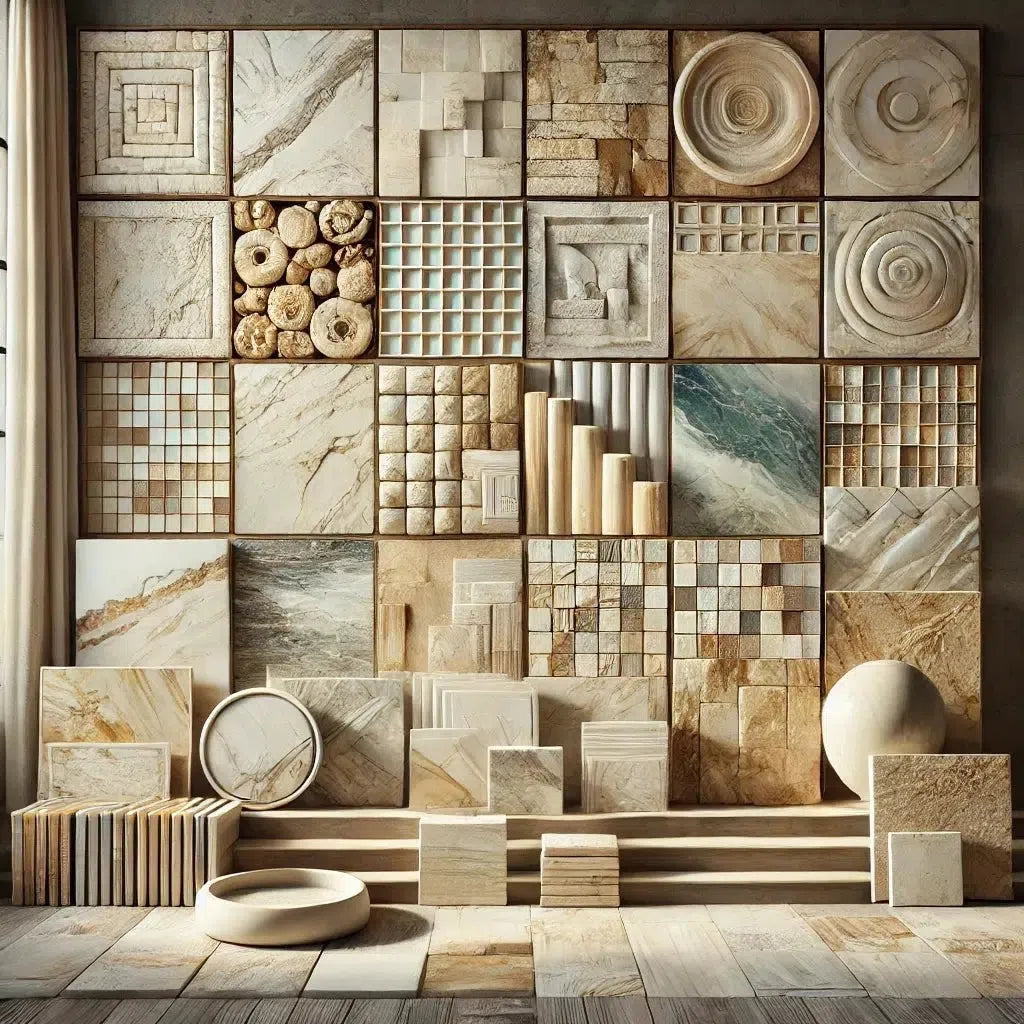 Best Selling Marble Collections
Best Selling Marble Collections
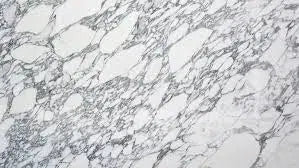 Arabescato Corchia
Arabescato Corchia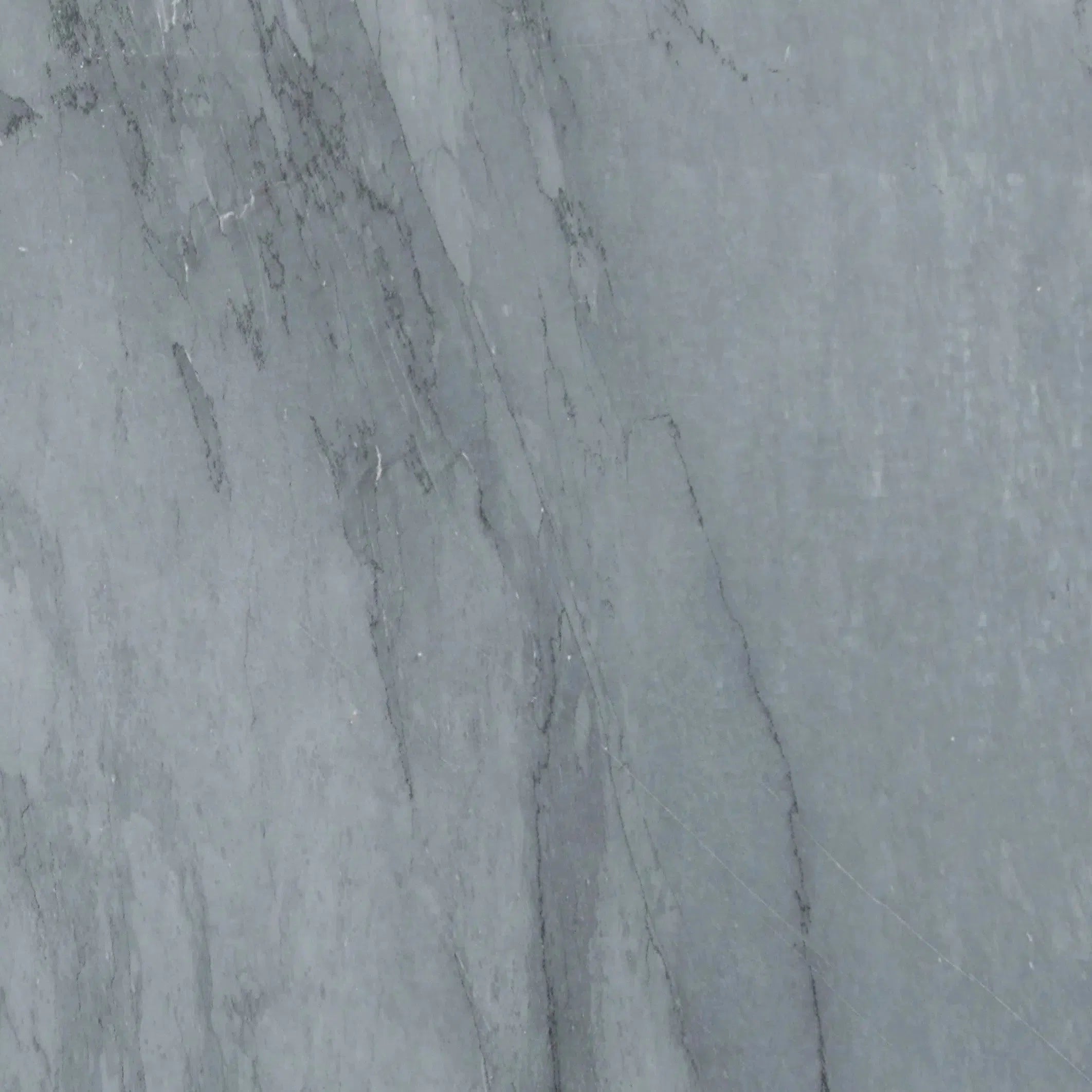 Bardiglio
Bardiglio Bianco Dolomite
Bianco Dolomite 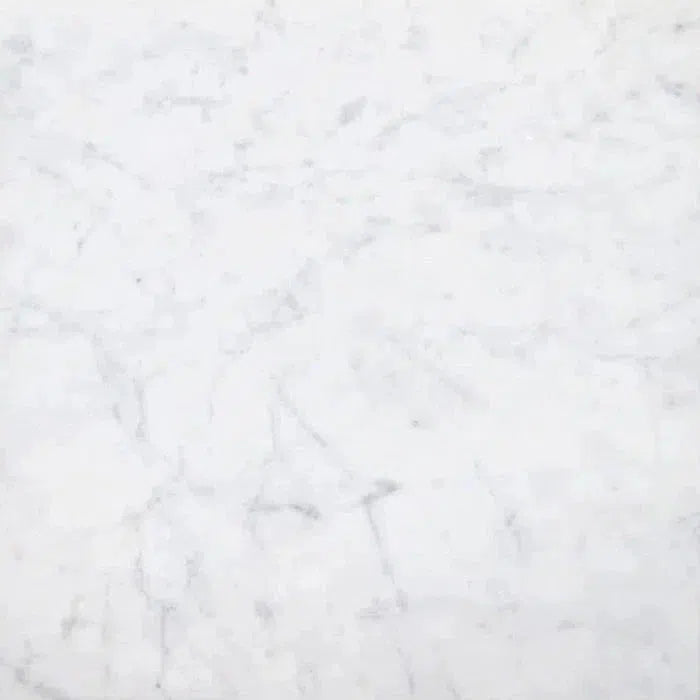 Carrara White
Carrara White 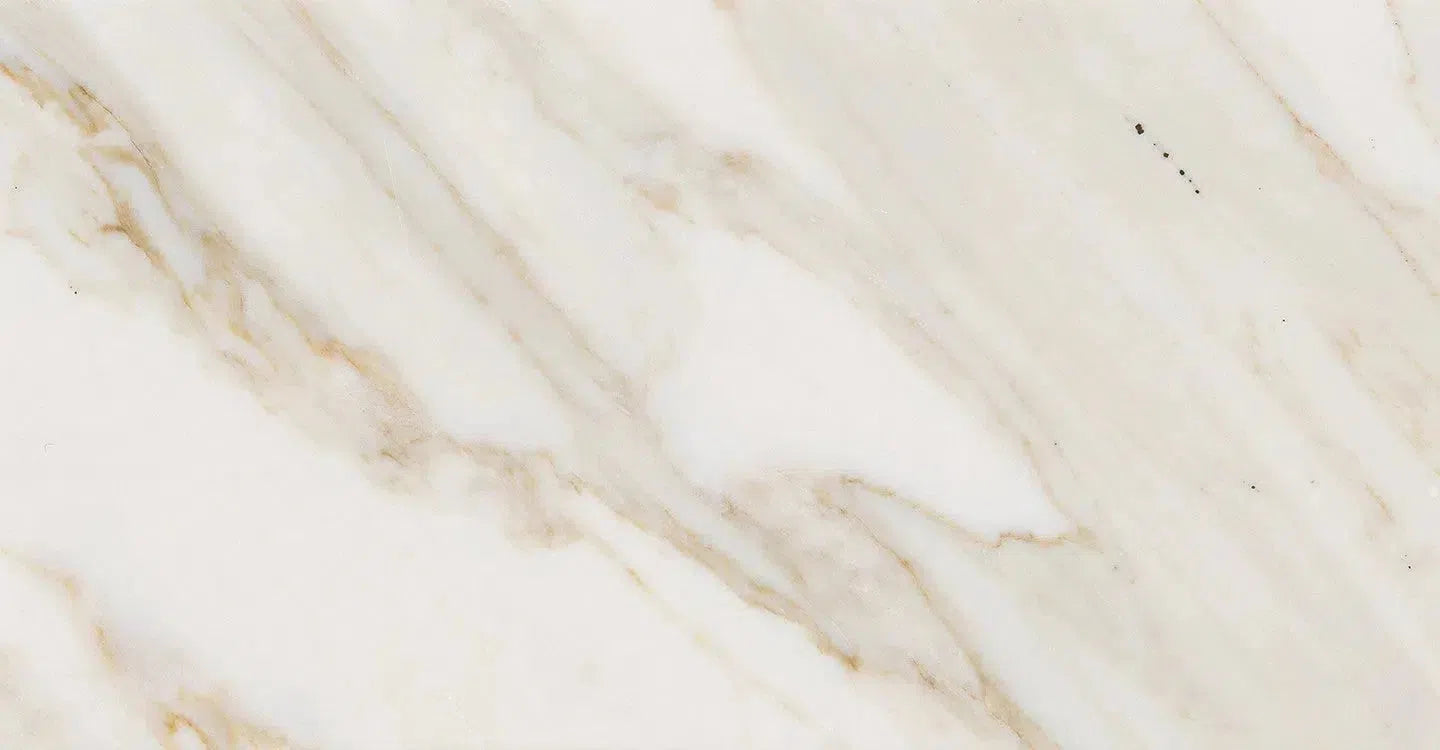 Calacatta Gold
Calacatta Gold Crema Marfil
Crema Marfil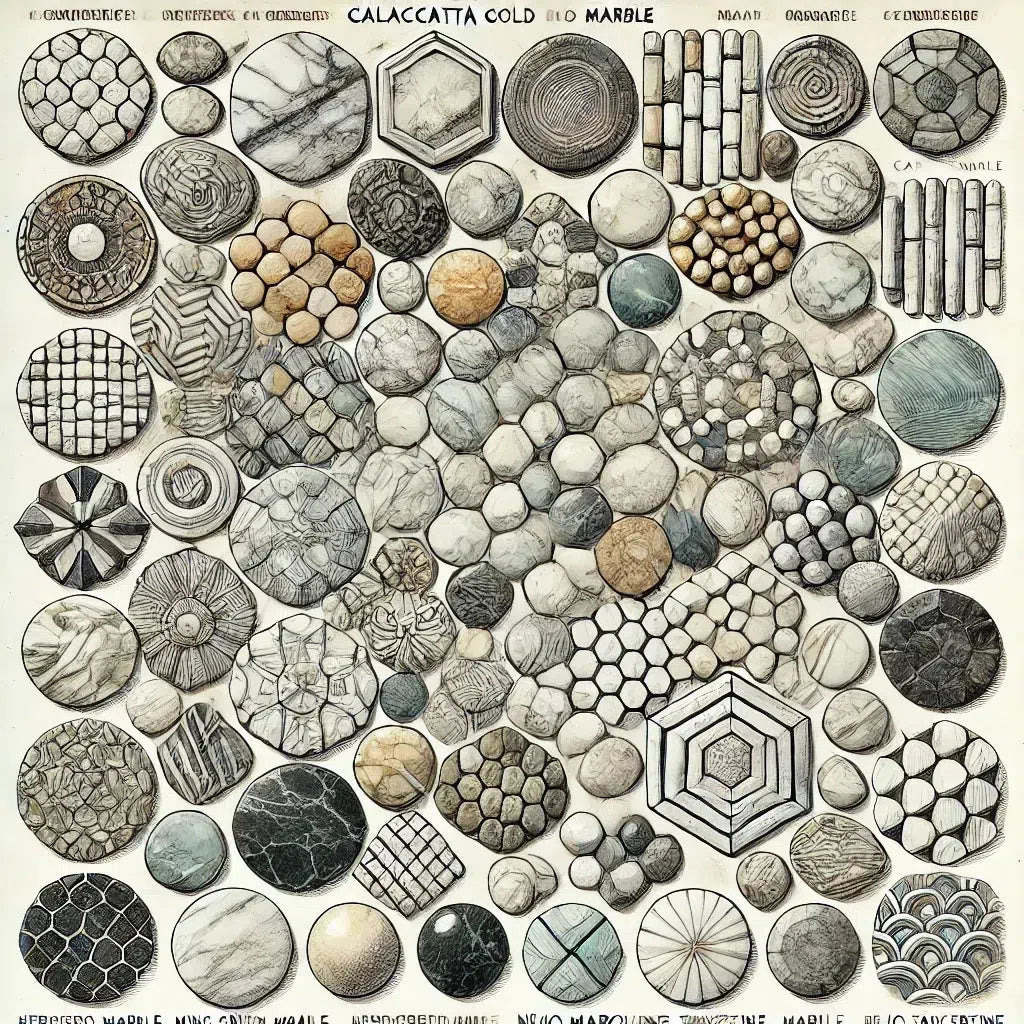 Custom Made Mosaic
Custom Made Mosaic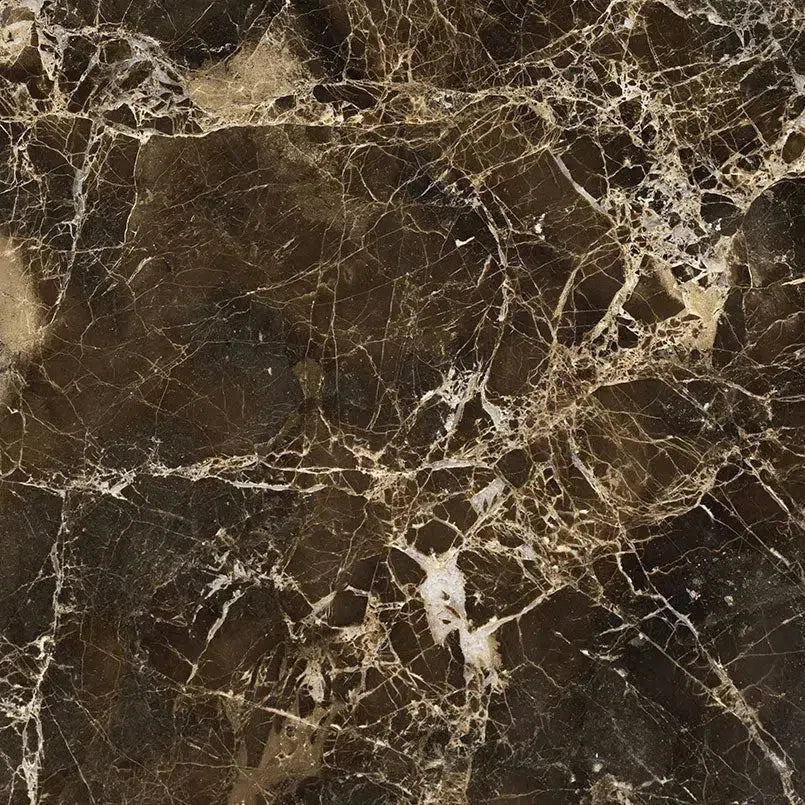 Emperador Dark
Emperador Dark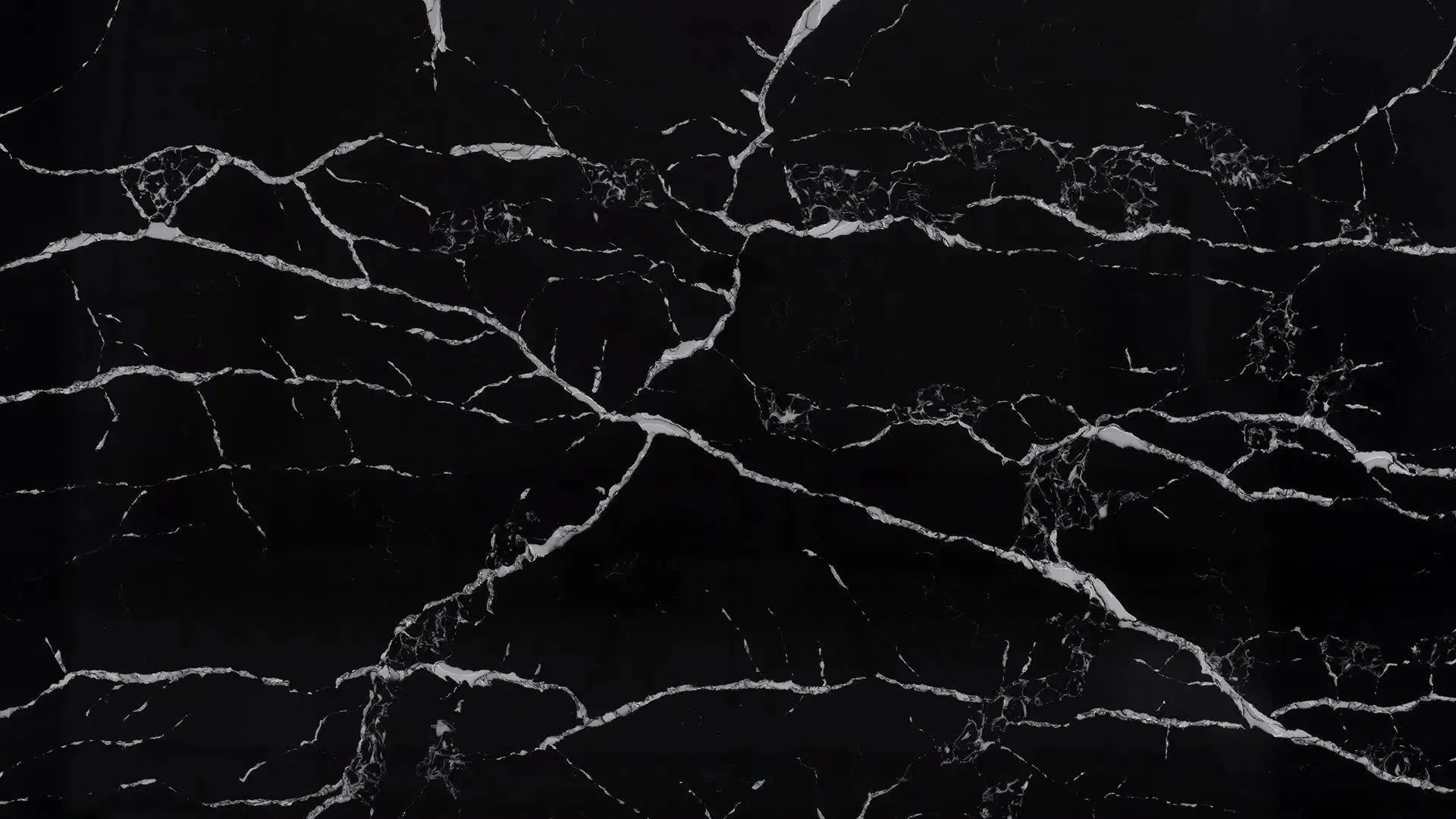 Nero Marquina
Nero Marquina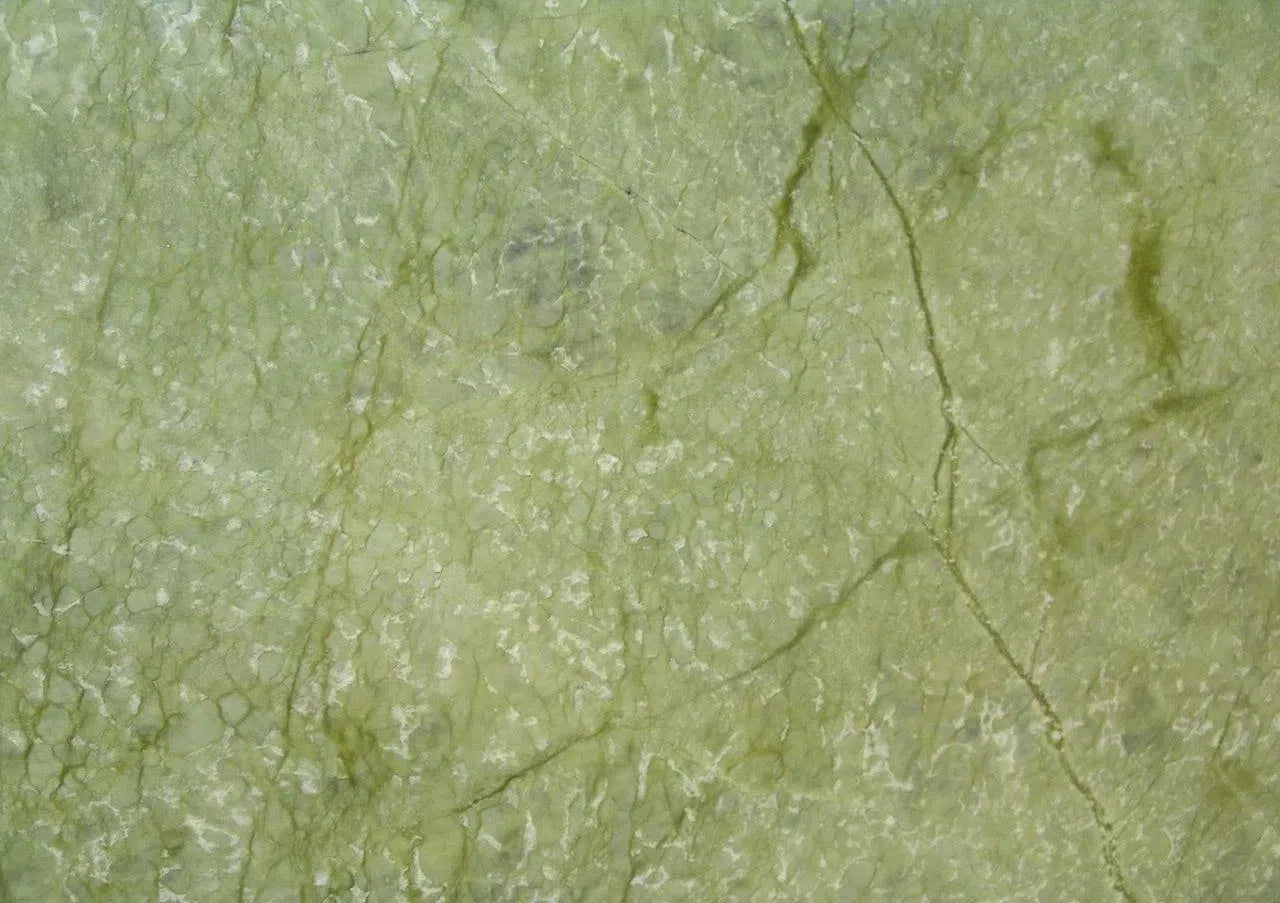 Ming Green Marble
Ming Green Marble Oriental White Marble (Asian Statuary Marble)
Oriental White Marble (Asian Statuary Marble)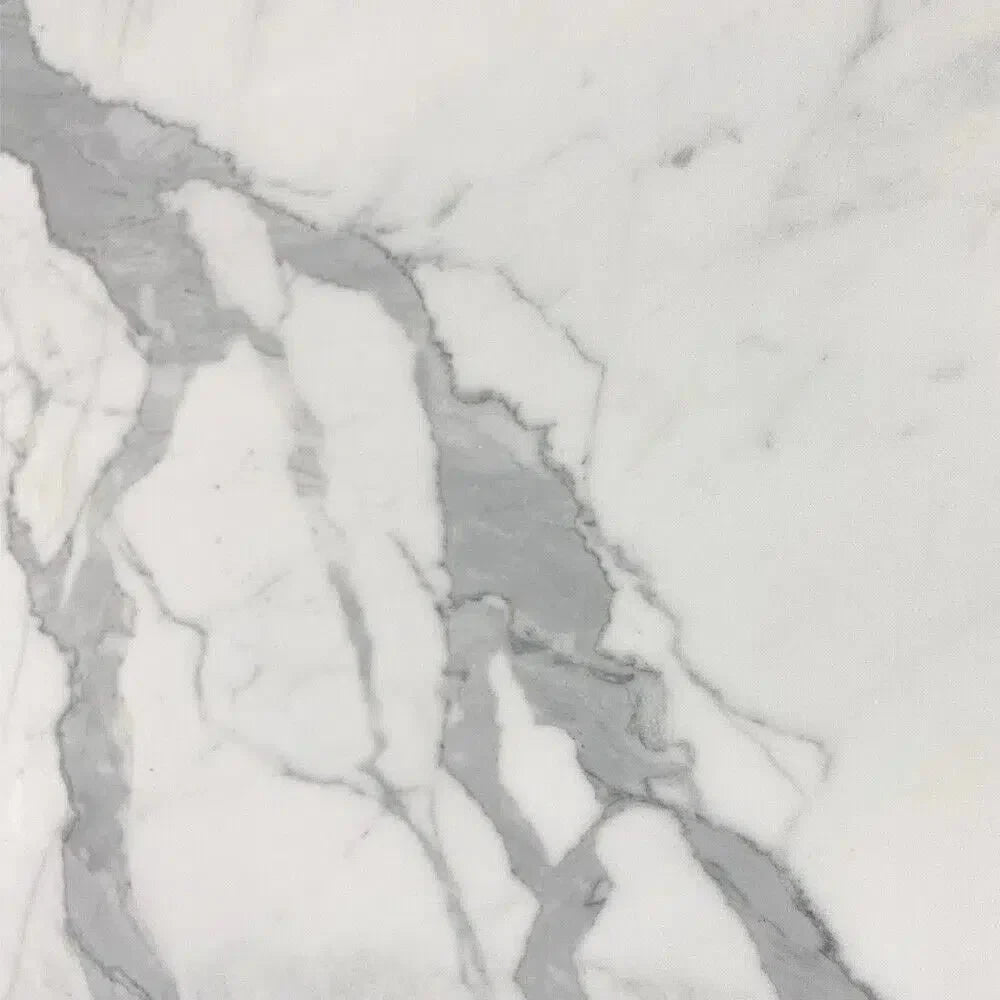 Statuary - Statuario White (Italian) Marble
Statuary - Statuario White (Italian) Marble Thassos White
Thassos White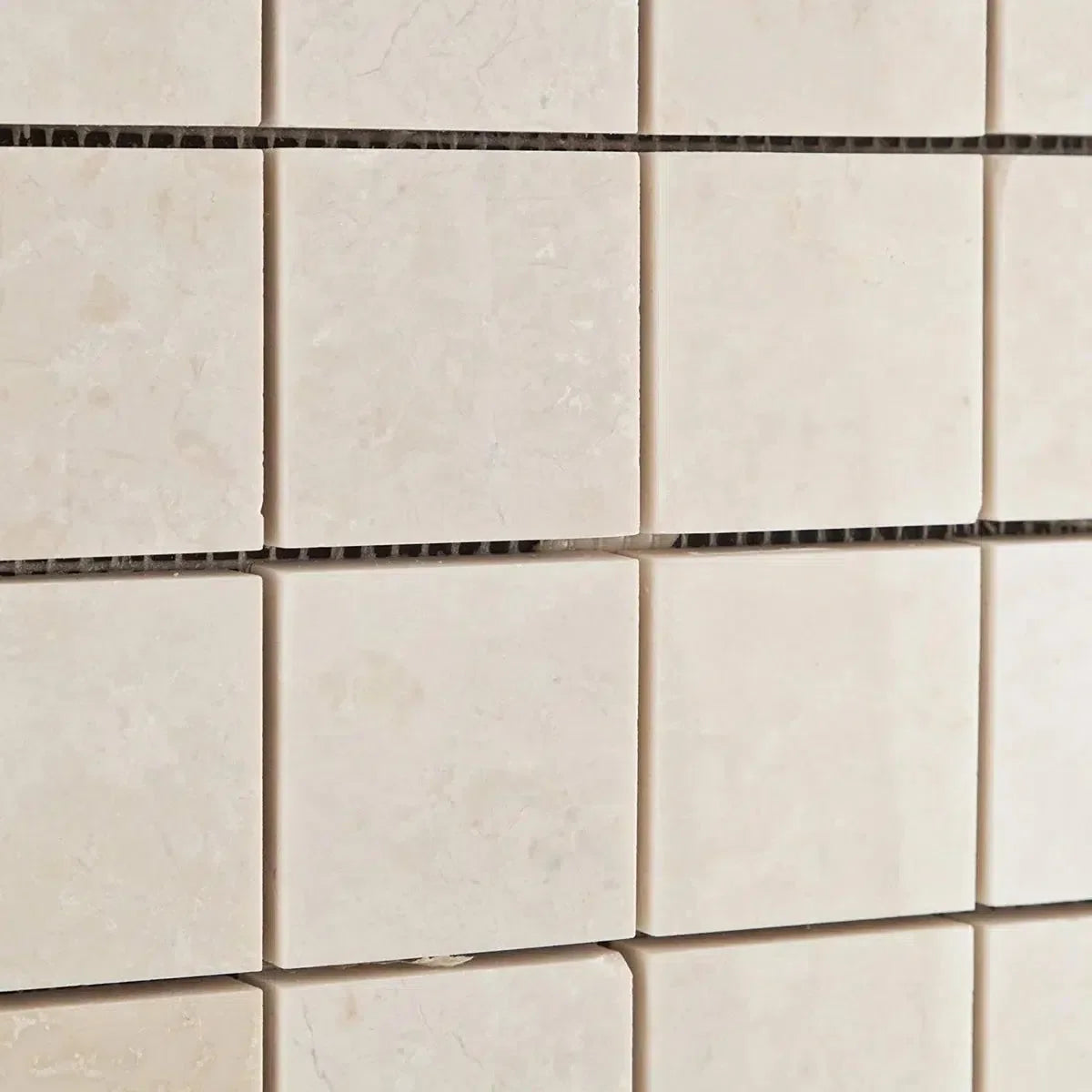 White Pearl/Botticino Beige Marble
White Pearl/Botticino Beige Marble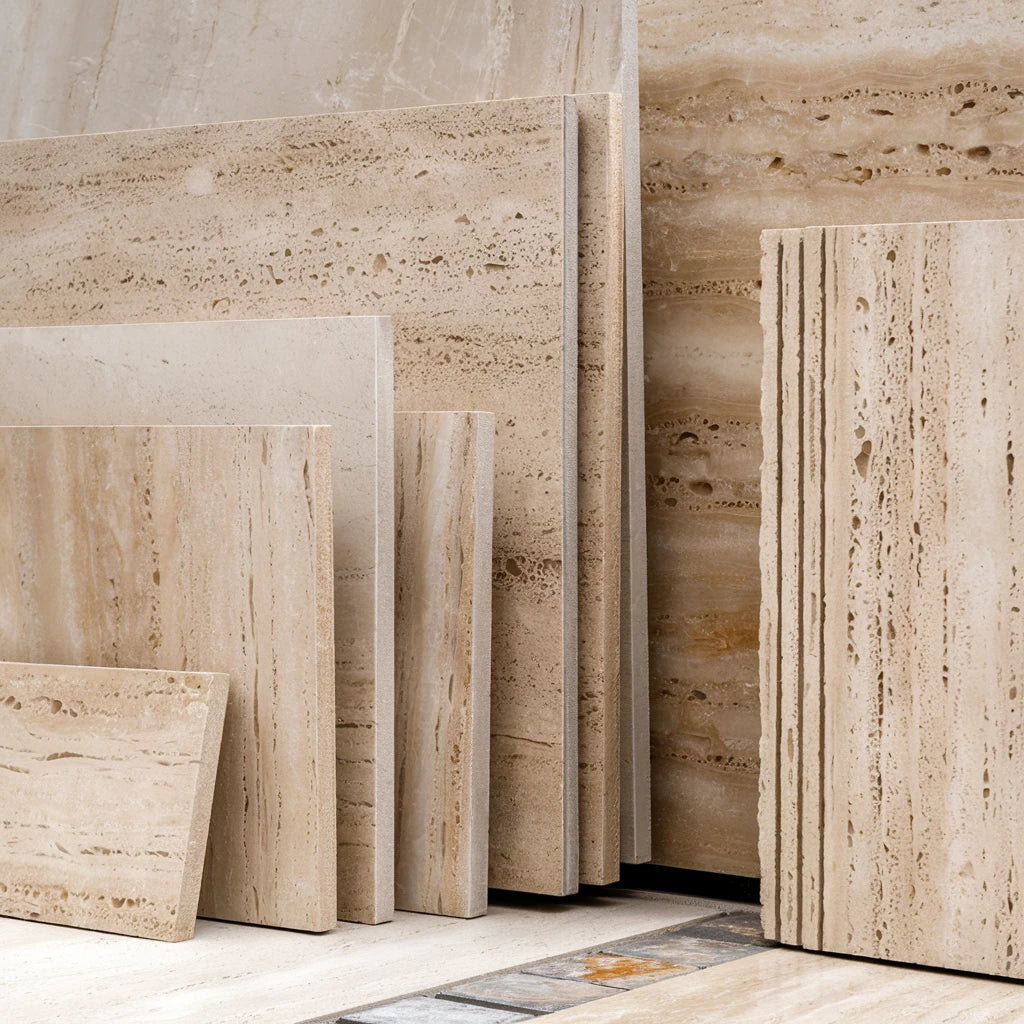 Best Selling Travertine Collections
Best Selling Travertine Collections
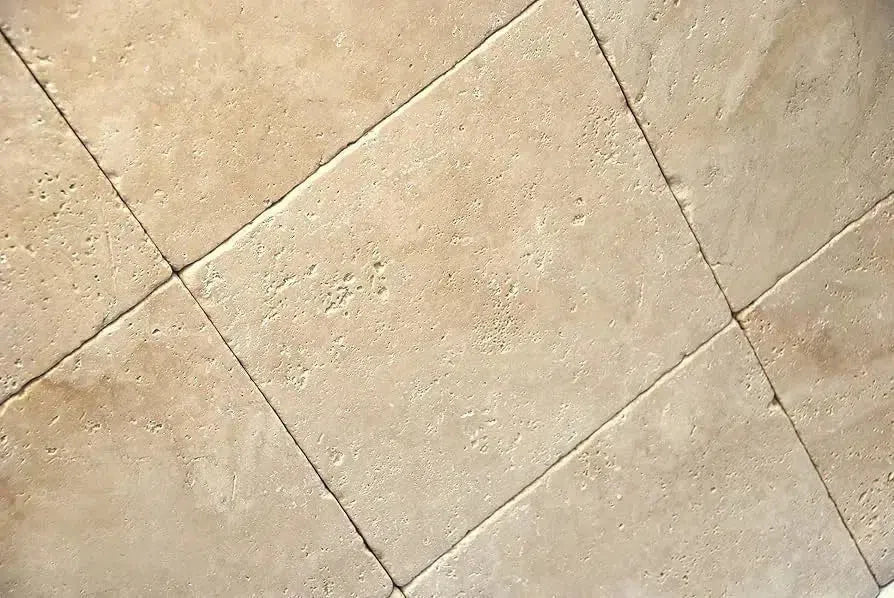 Ivory Travertine
Ivory Travertine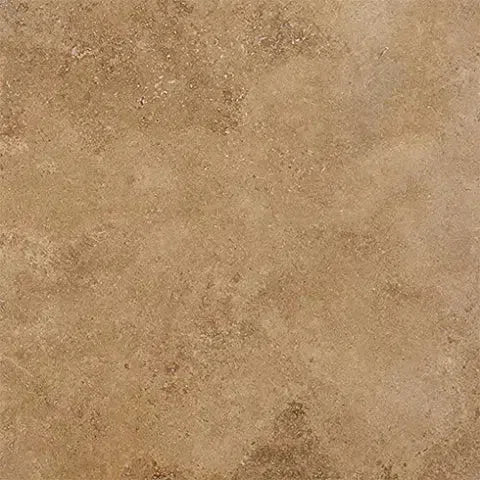 Noce Travertine
Noce Travertine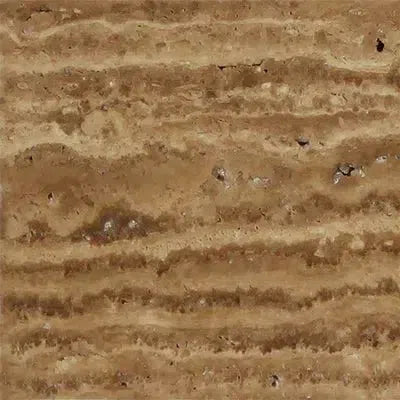 Exotic Noce Travertine
Exotic Noce Travertine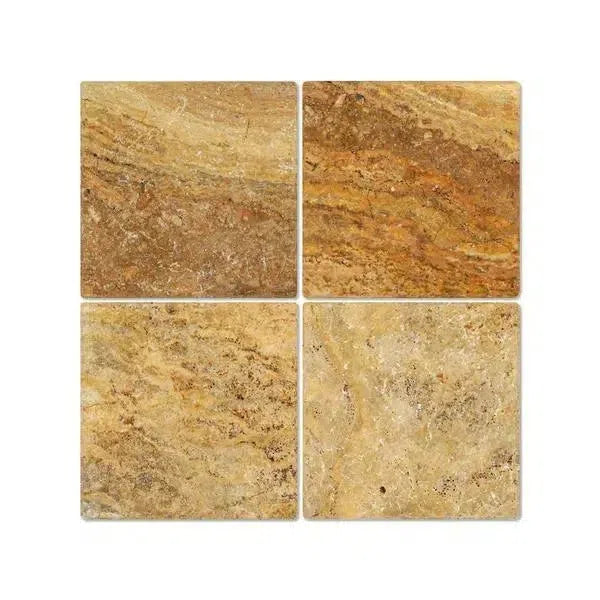 Scabos | Autumn Leaves Travertine
Scabos | Autumn Leaves Travertine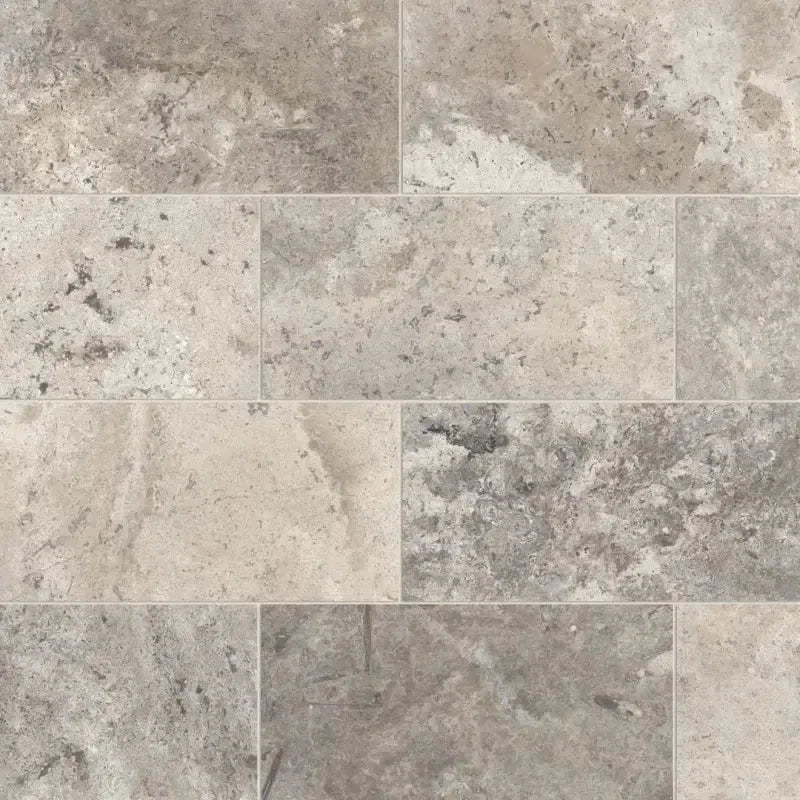 Silver Travertine
Silver Travertine Exotic Travertine
Exotic Travertine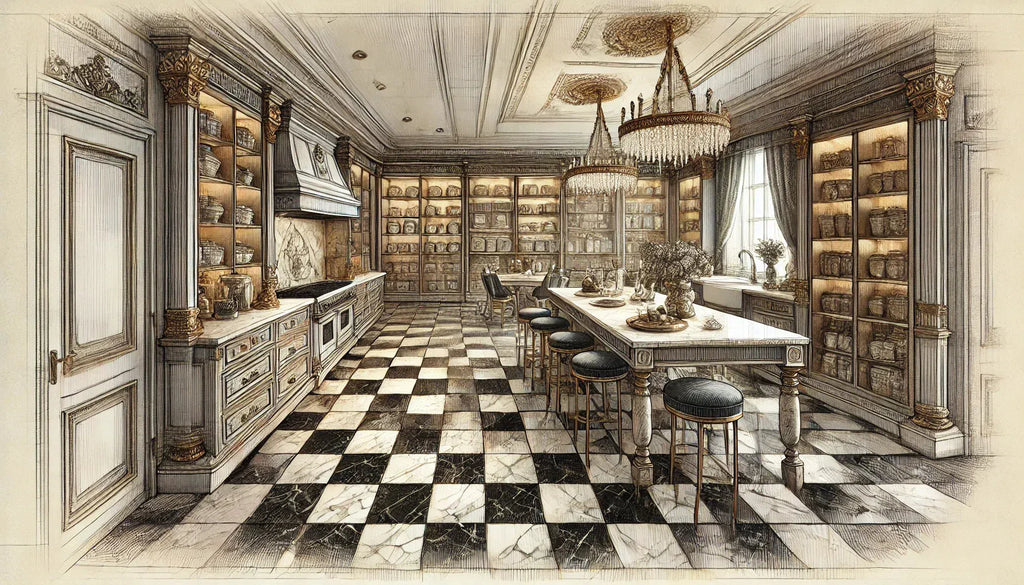 Checkerboard
Checkerboard
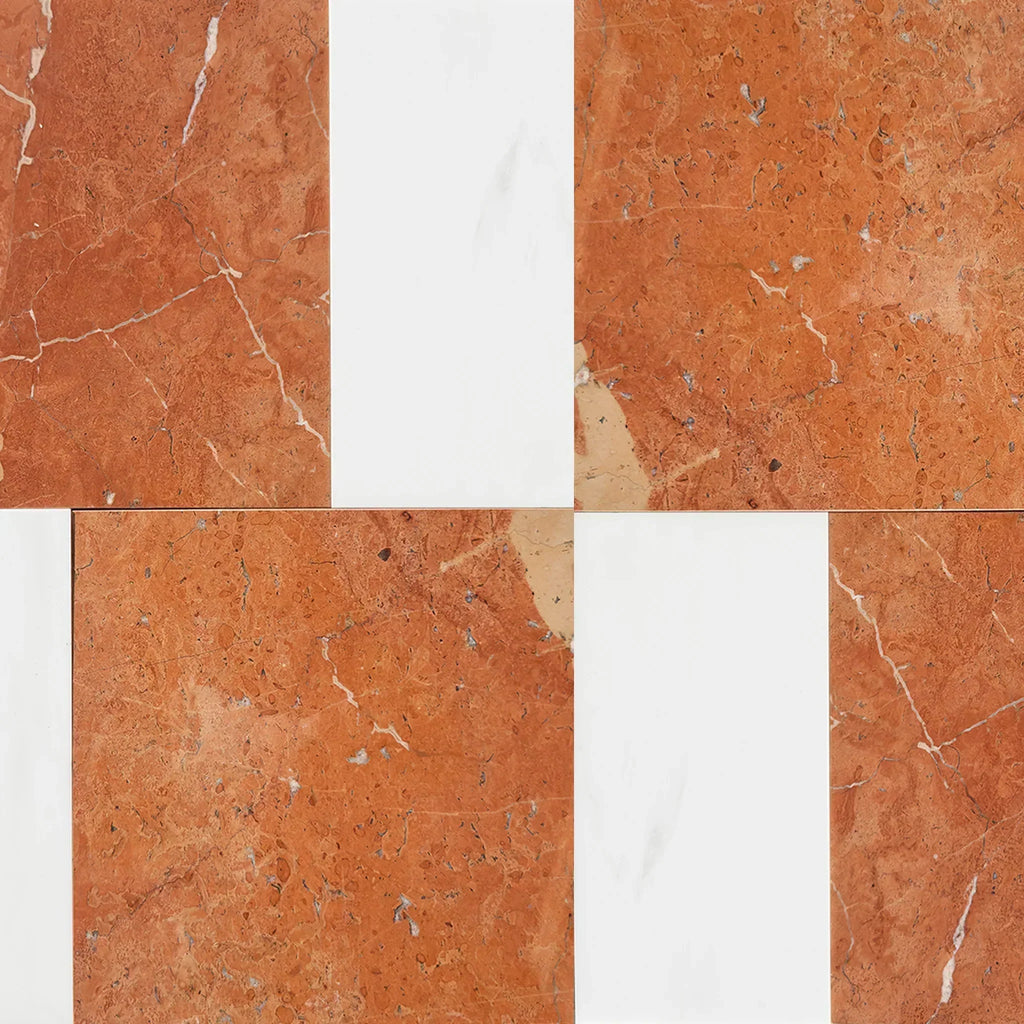 Patterned Tile
Patterned Tile
 Shop By Material
Shop By Material
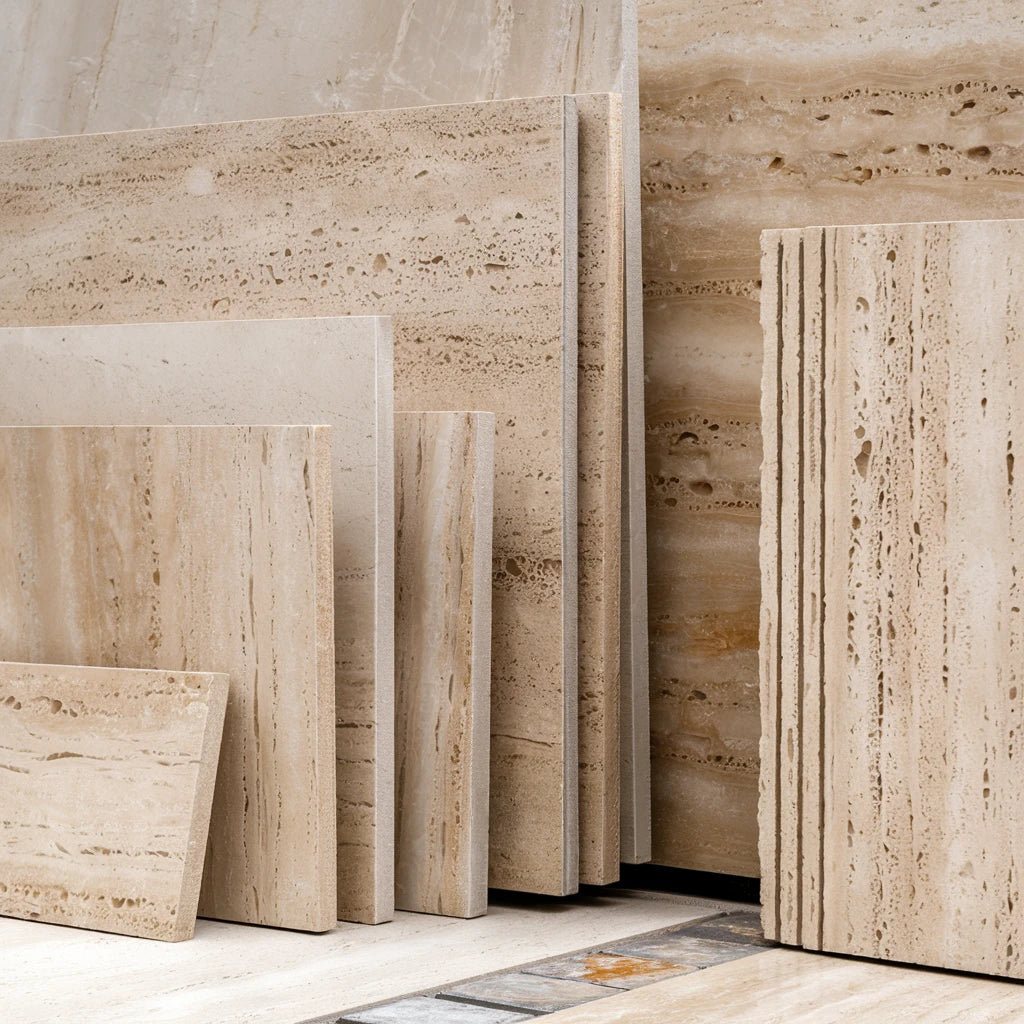 Travertine
Travertine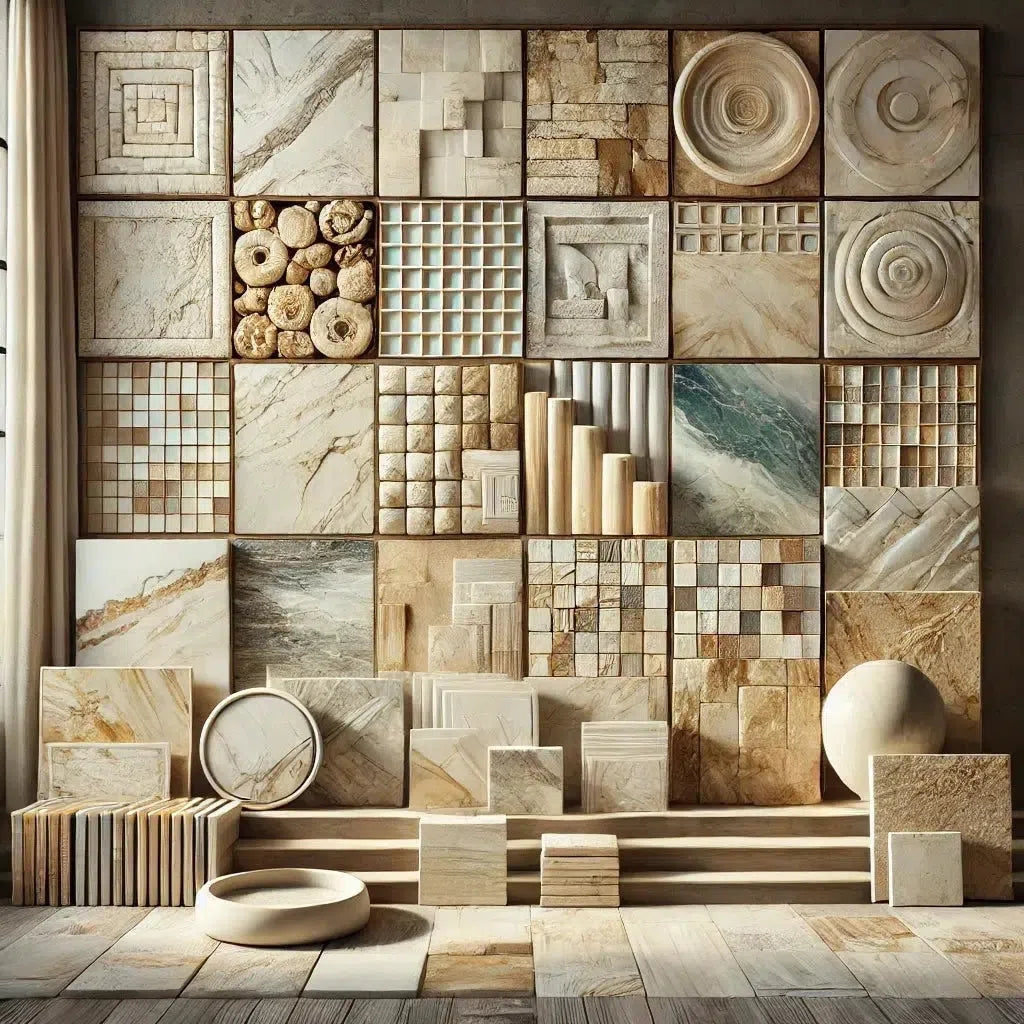 Marble
Marble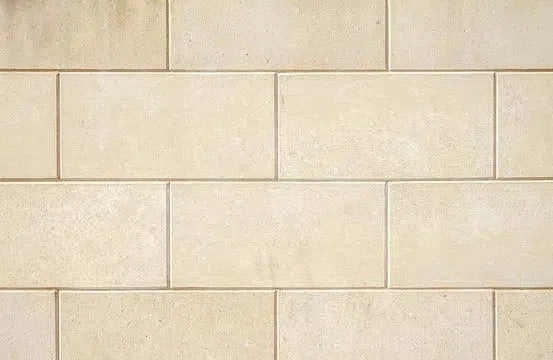 Limestone
Limestone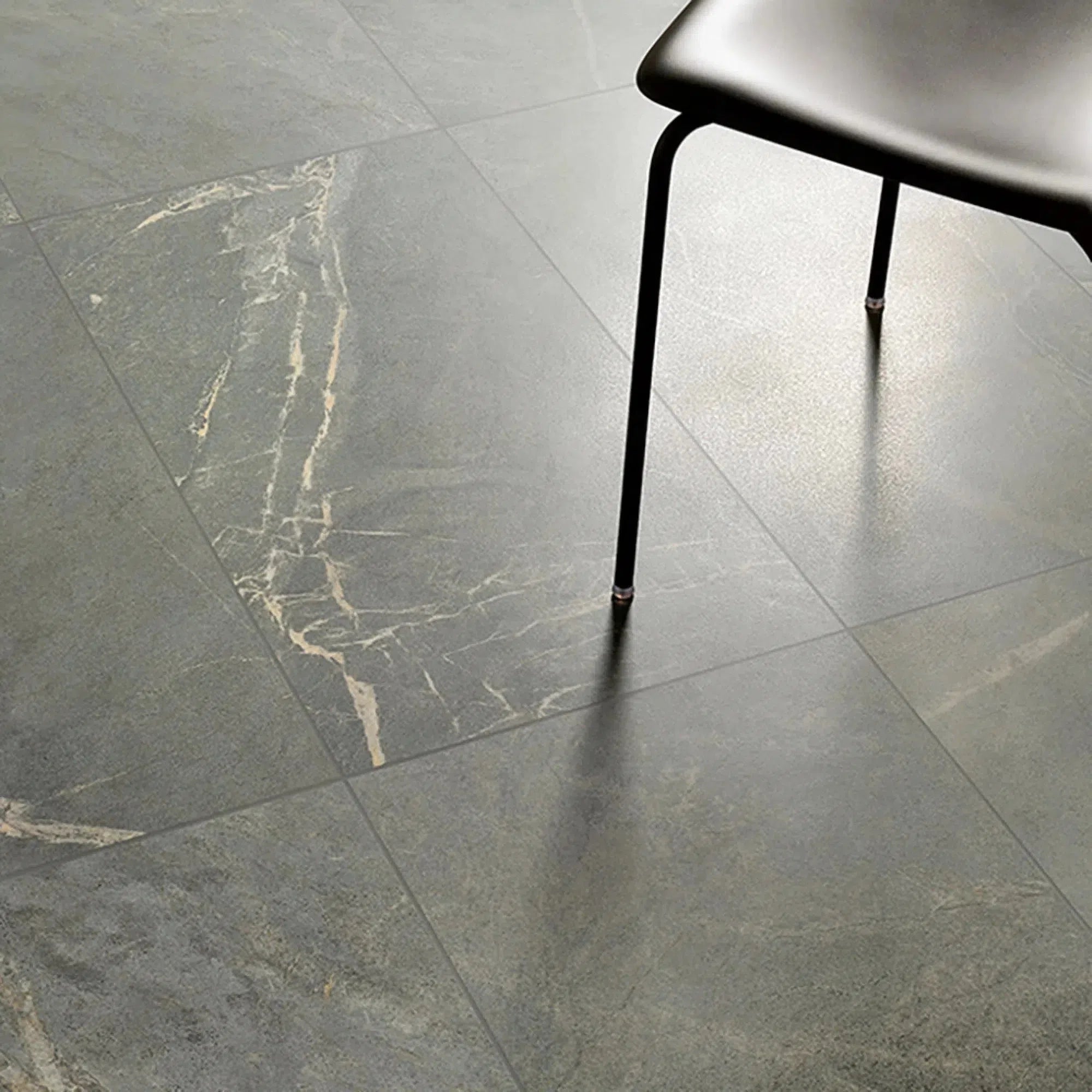 Soap Stone
Soap Stone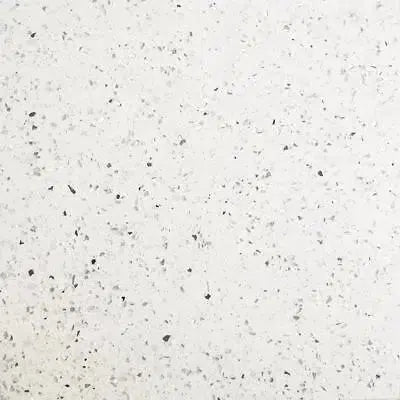 Quartz
Quartz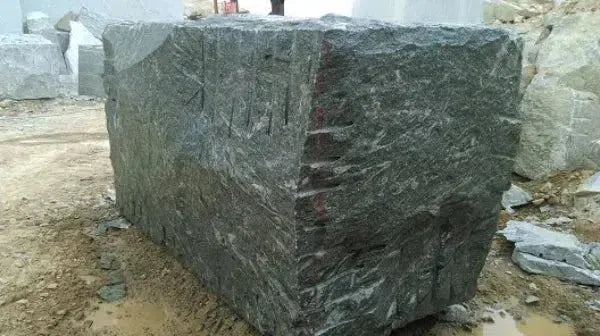 Granite
Granite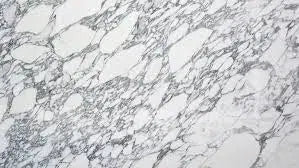 Shop By Name
Shop By Name
 Absolute Black Granite
Absolute Black Granite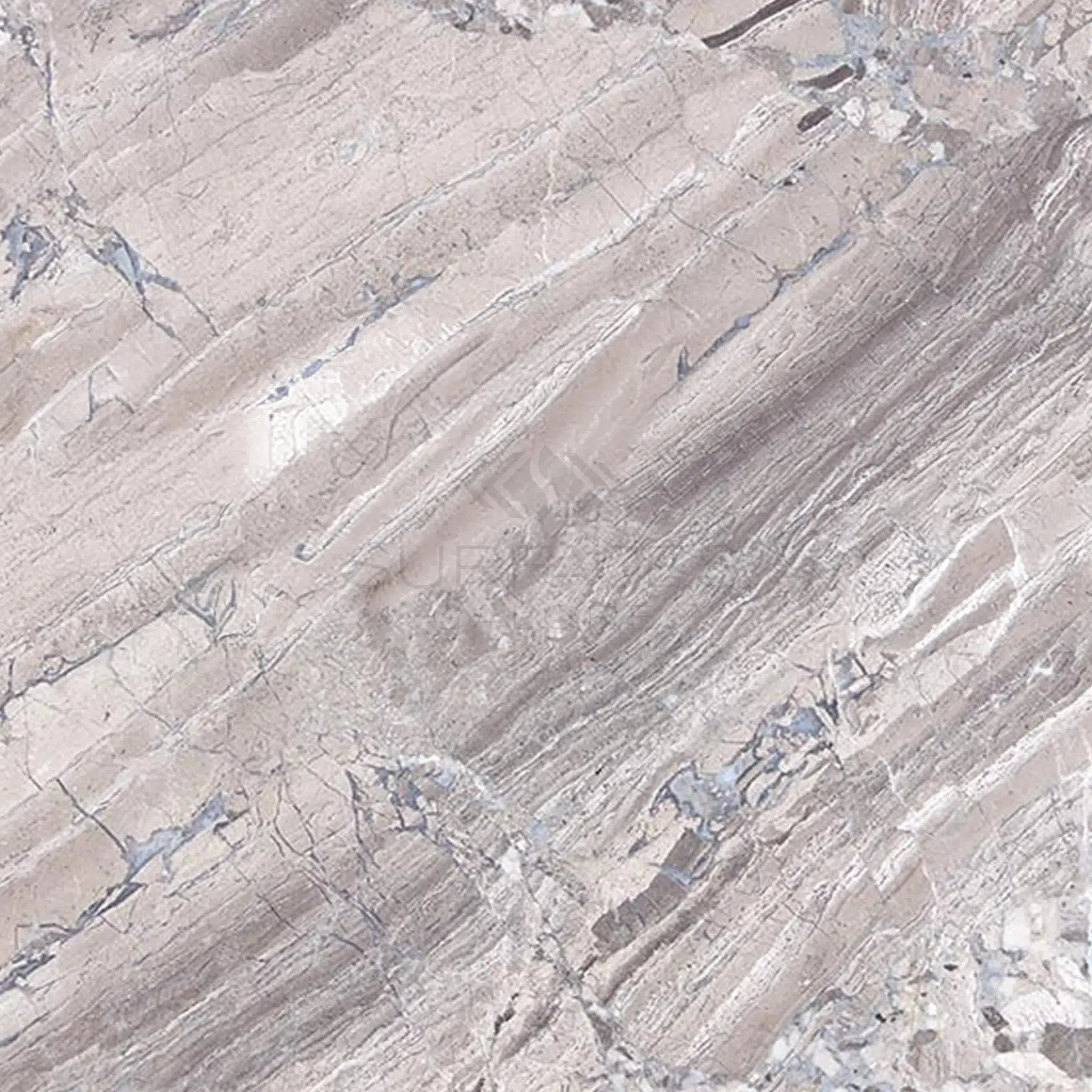 Atlantic Gray Marble
Atlantic Gray Marble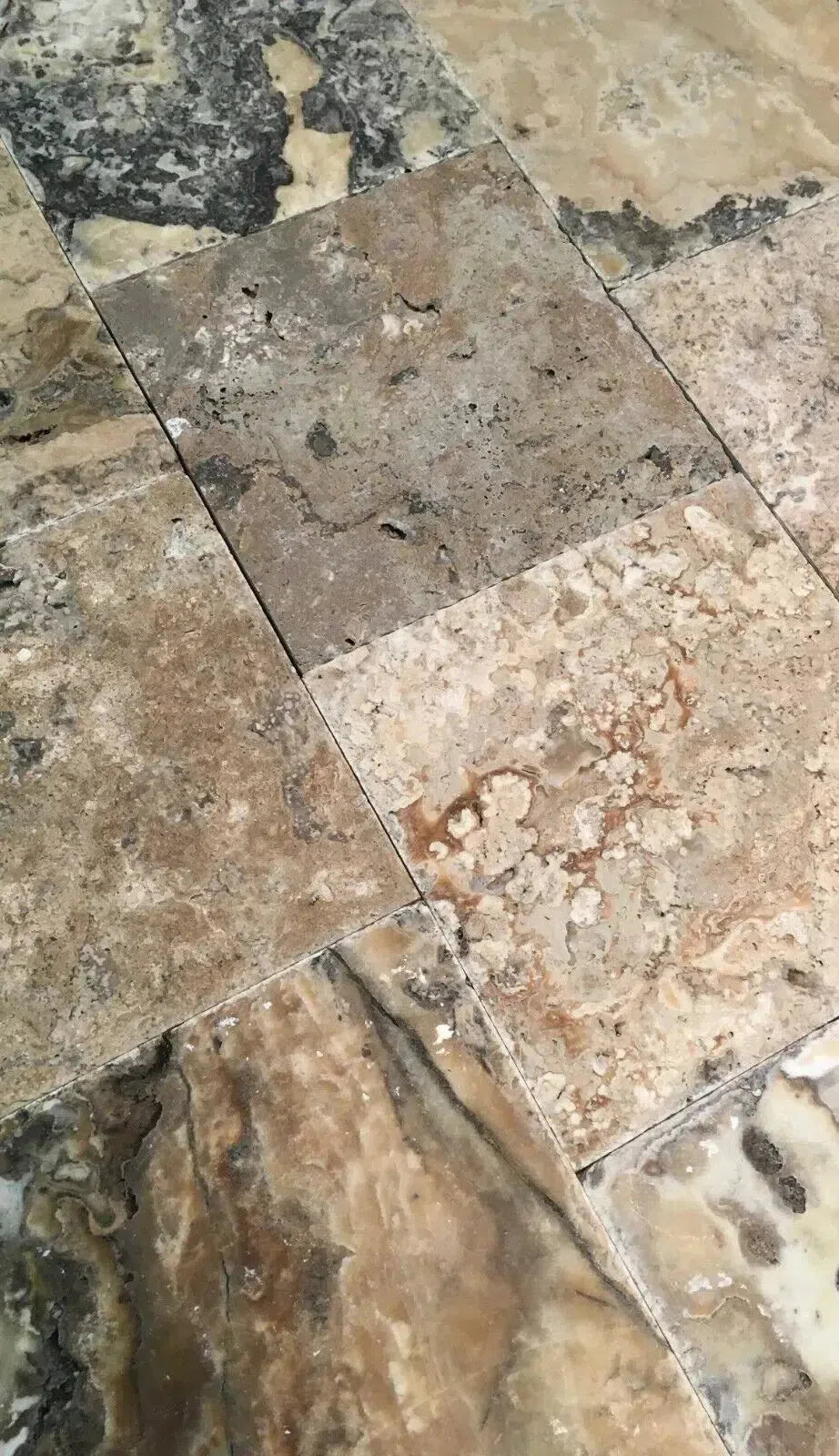 Antico Onyx Travertine
Antico Onyx Travertine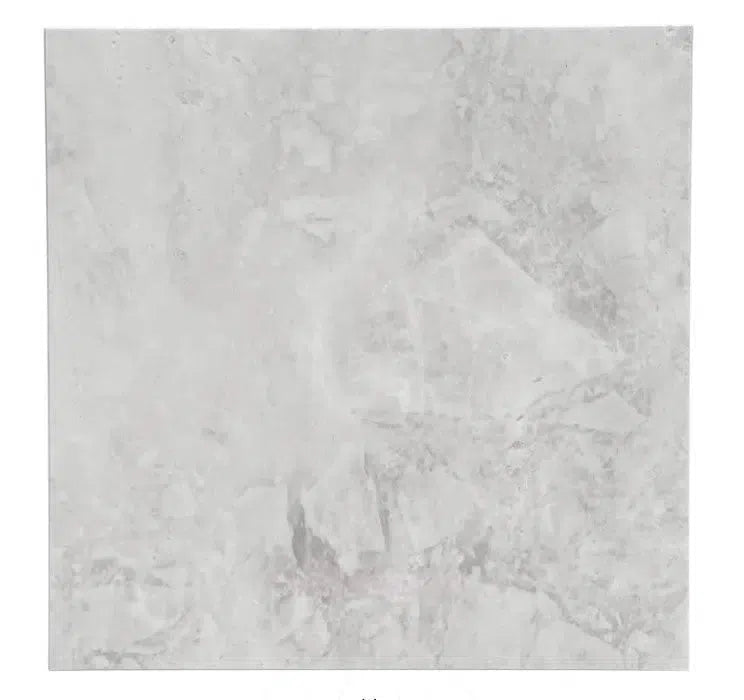 Bianco Congelato Dolomite
Bianco Congelato Dolomite Bianco Venatino (Bianco Mare) Marble
Bianco Venatino (Bianco Mare) Marble Burgundy Mocha Marble
Burgundy Mocha Marble Calacatta Verde Royale Marble
Calacatta Verde Royale Marble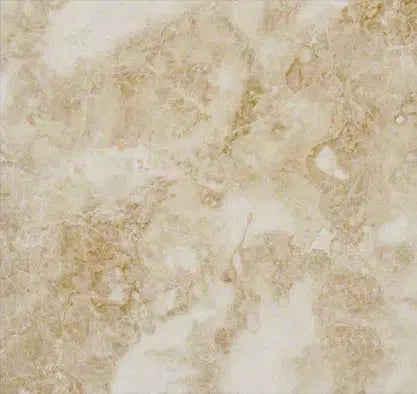 Cappuccino Marble
Cappuccino Marble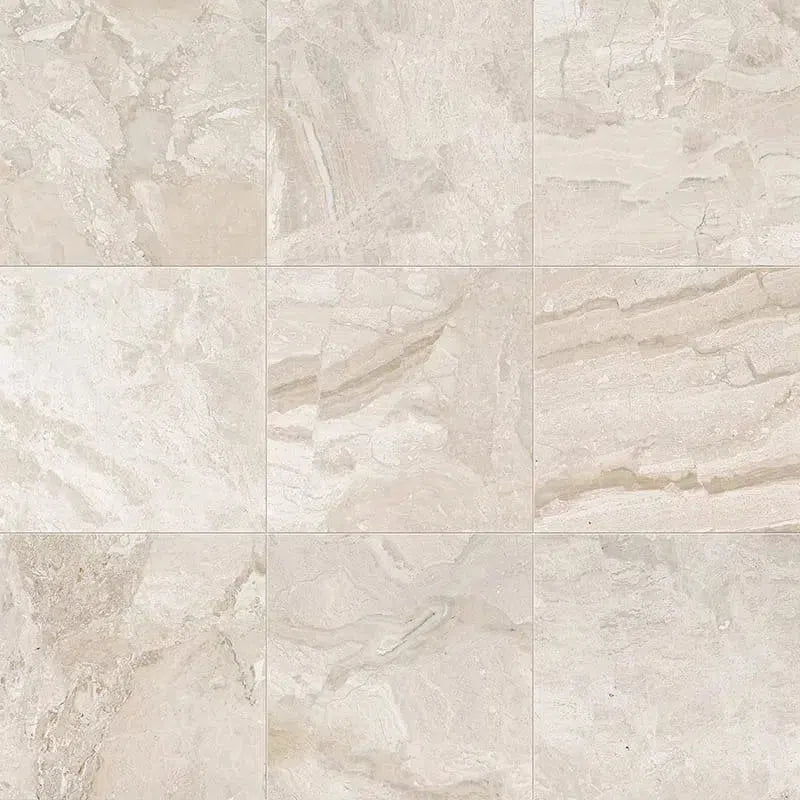 Diano Royal (Queen Beige) Marble
Diano Royal (Queen Beige) Marble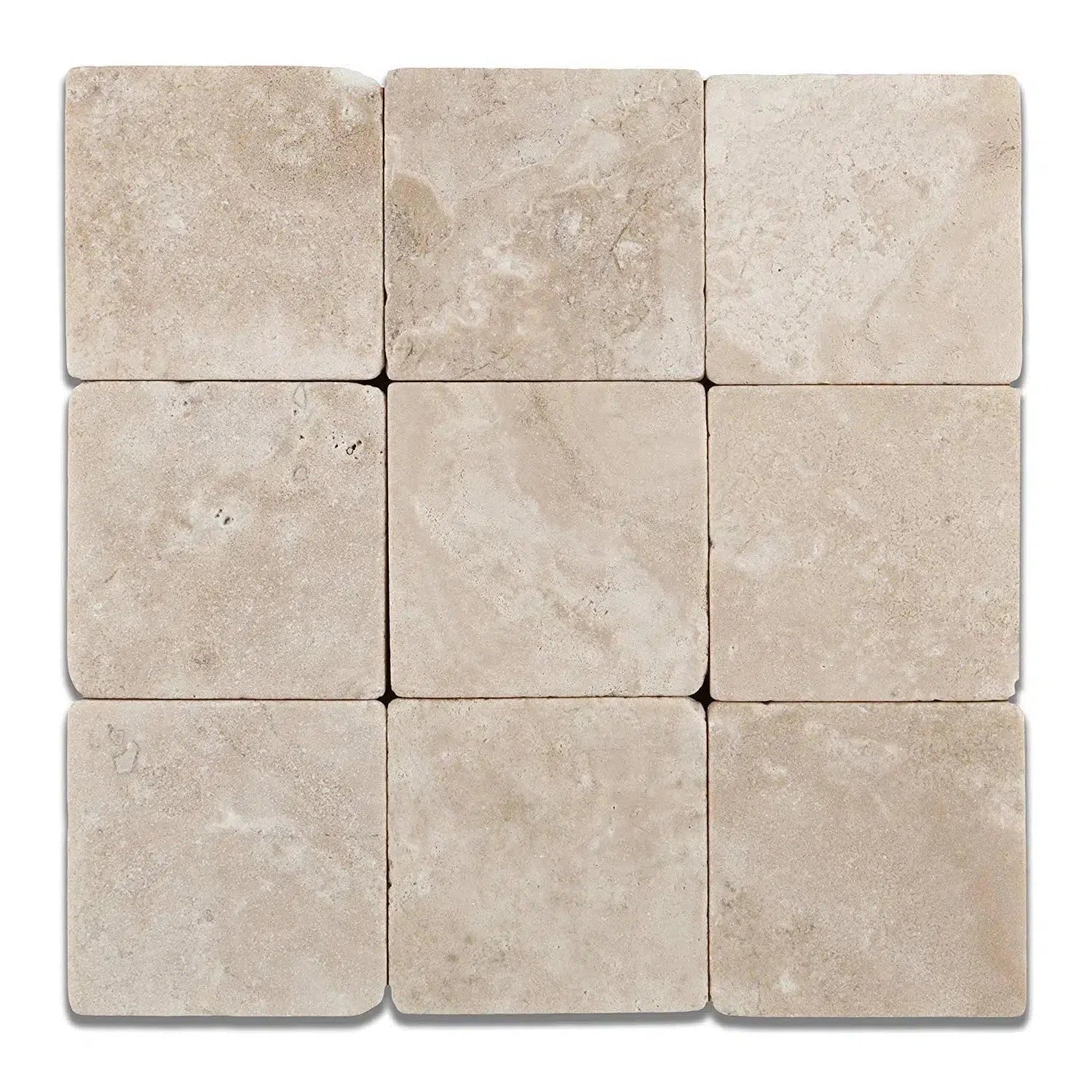 Durango Cream Traverine
Durango Cream Traverine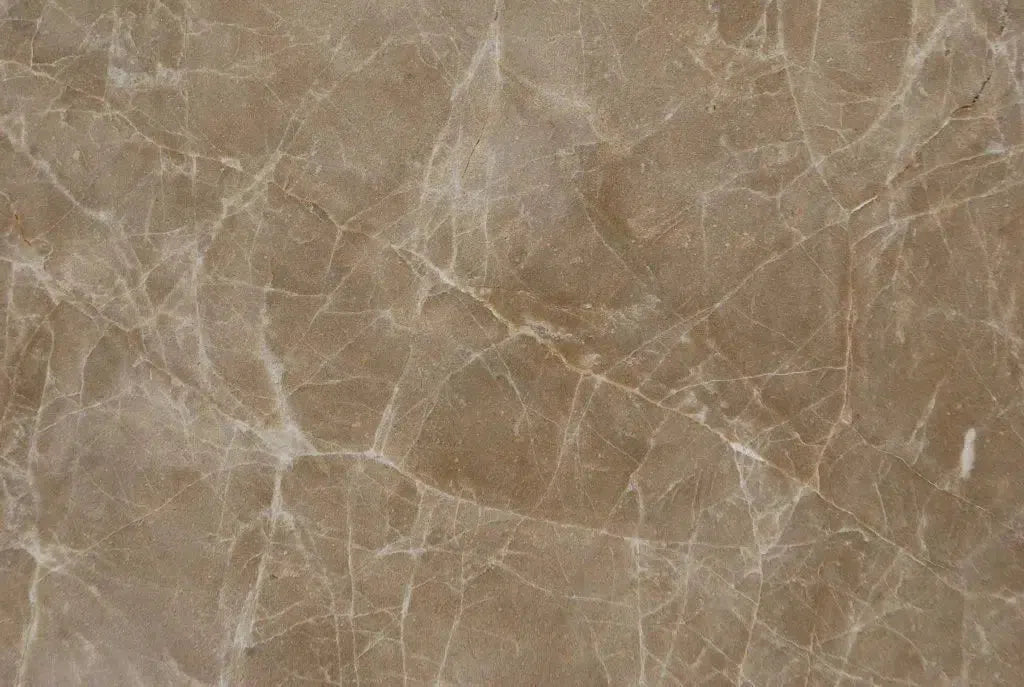 Emperador Light Marble
Emperador Light Marble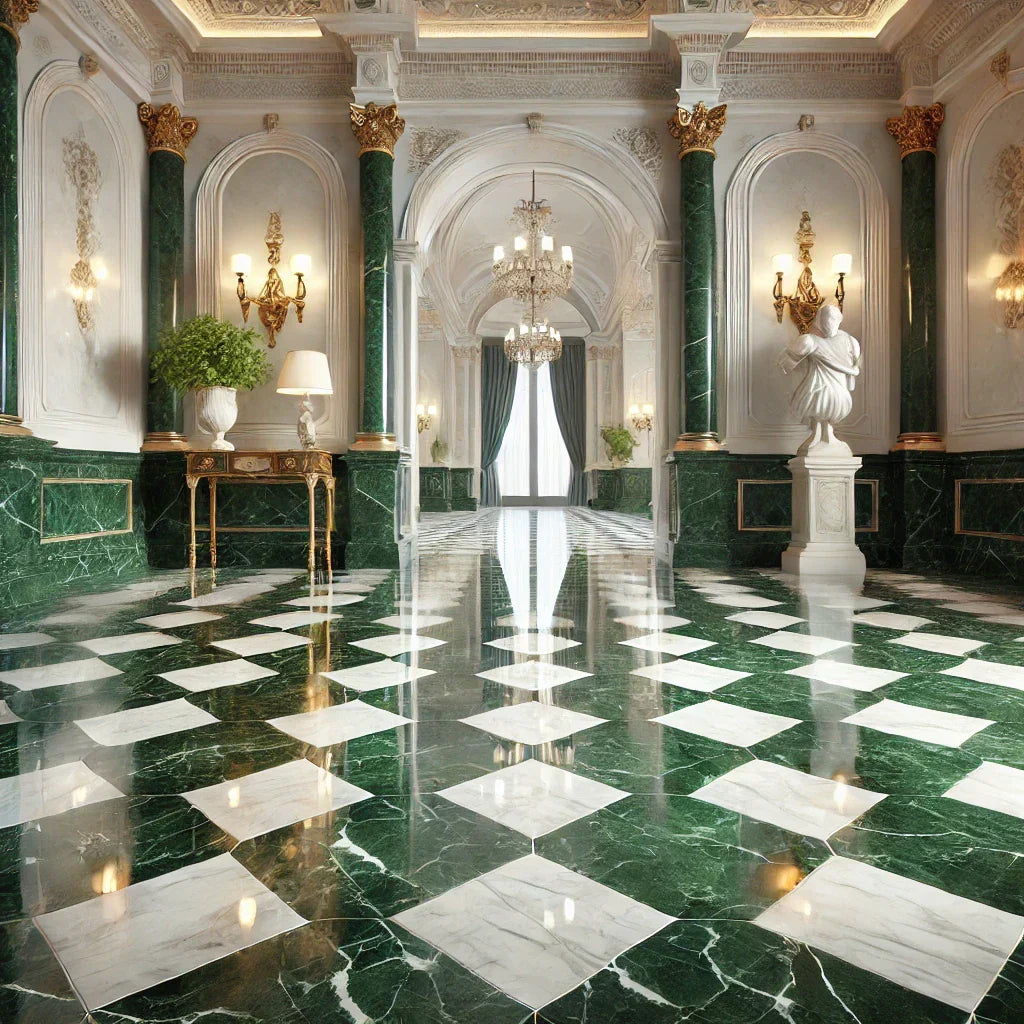 Empress Green Marble
Empress Green Marble Gold/Yellow Travertine
Gold/Yellow Travertine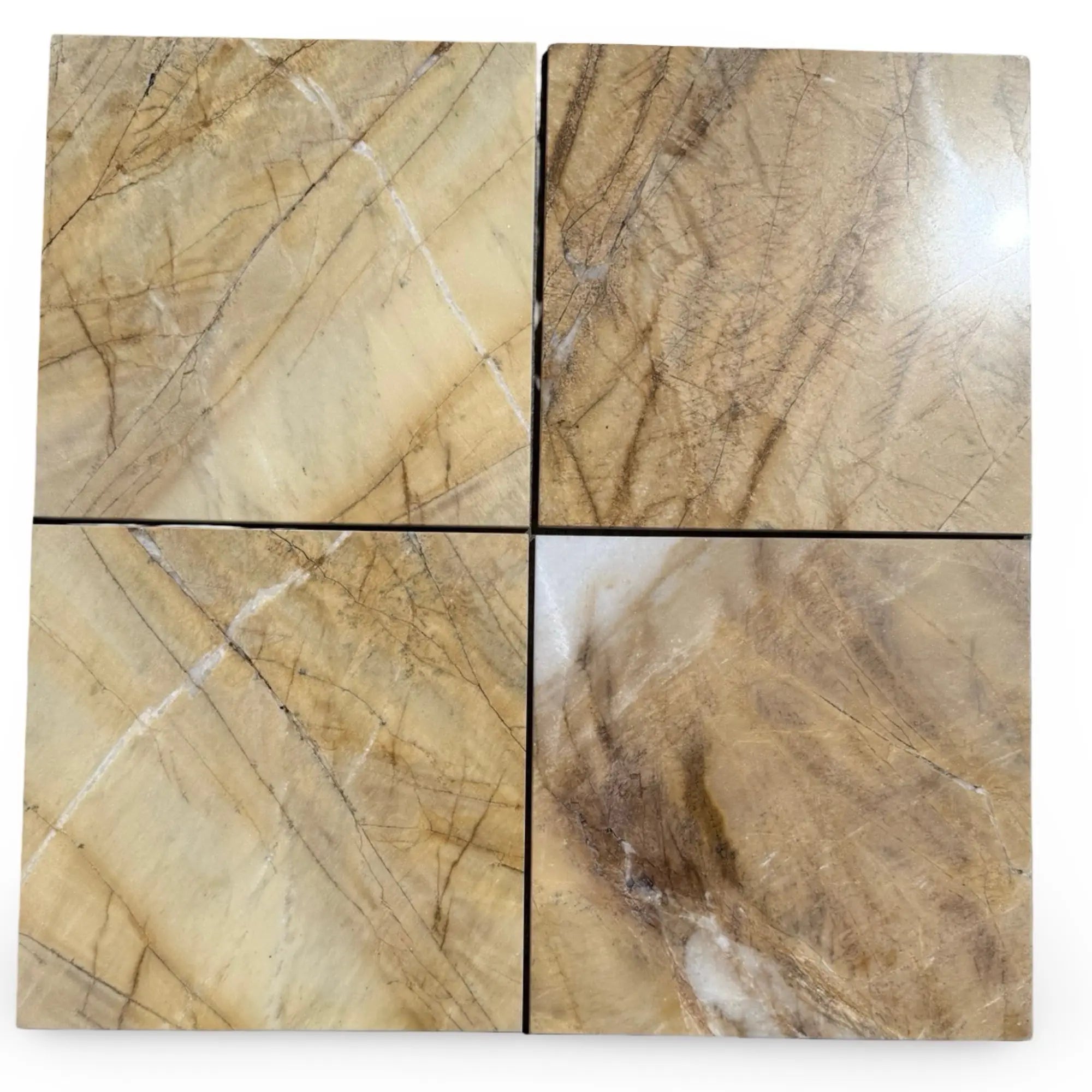 Golden Horizon Marble
Golden Horizon Marble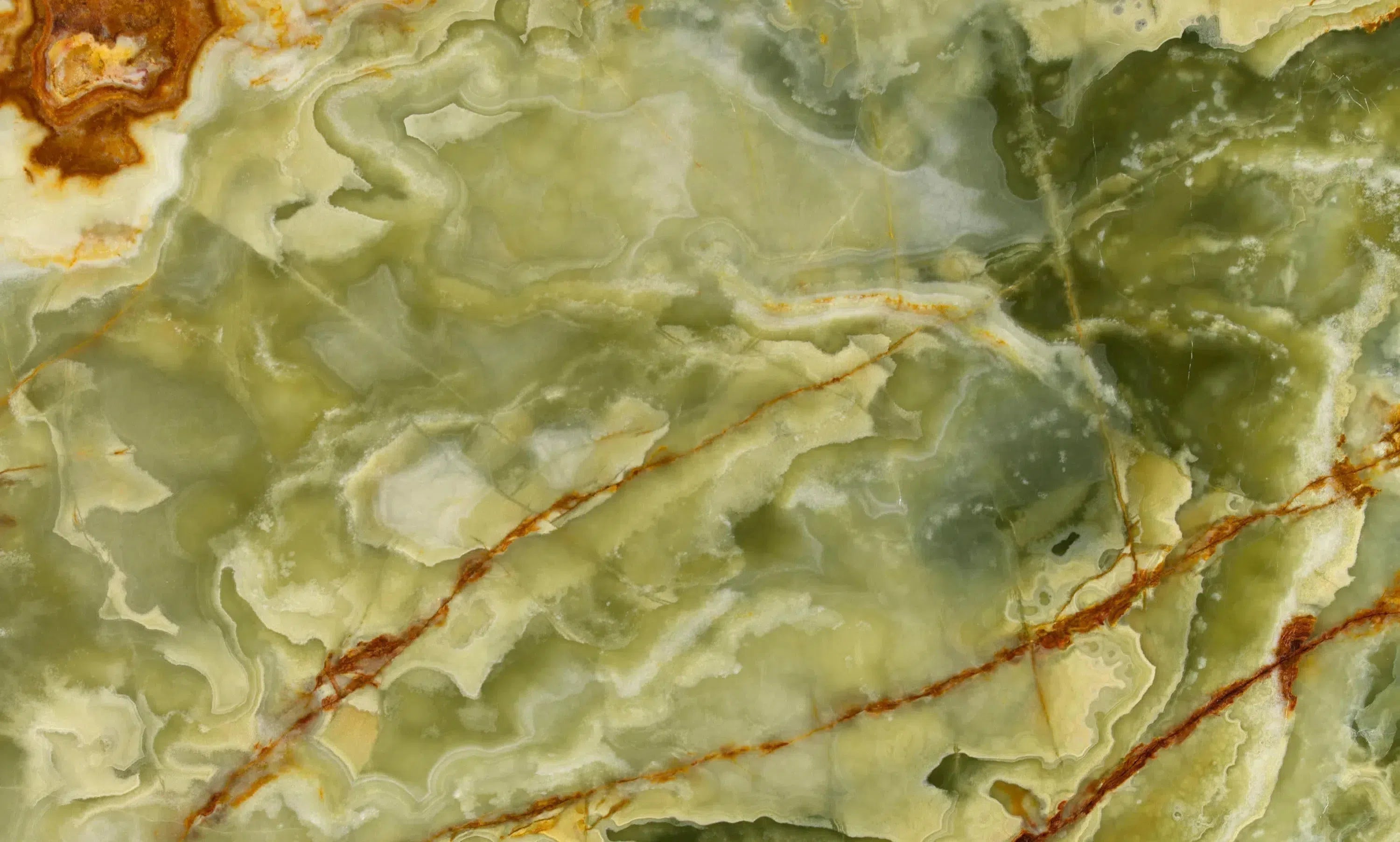 Green Onyx Marble
Green Onyx Marble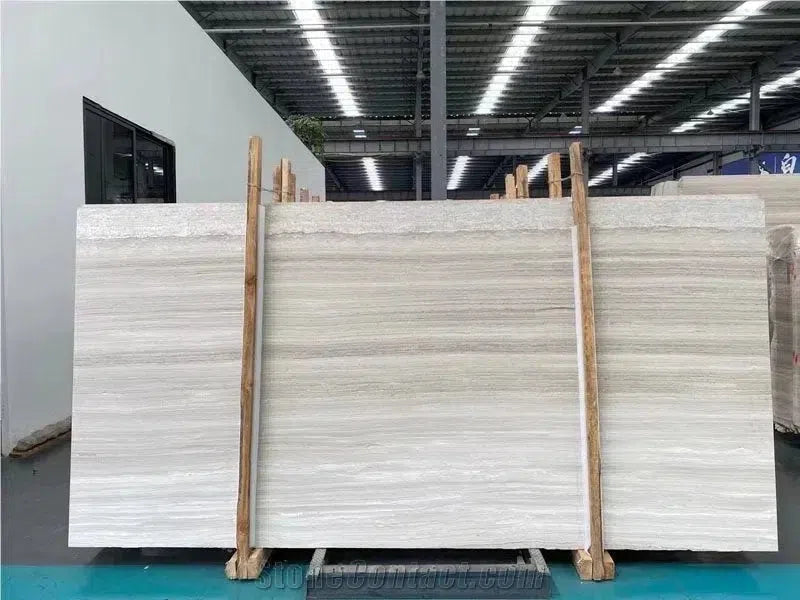 Haisa Light (White Wood) Limestone
Haisa Light (White Wood) Limestone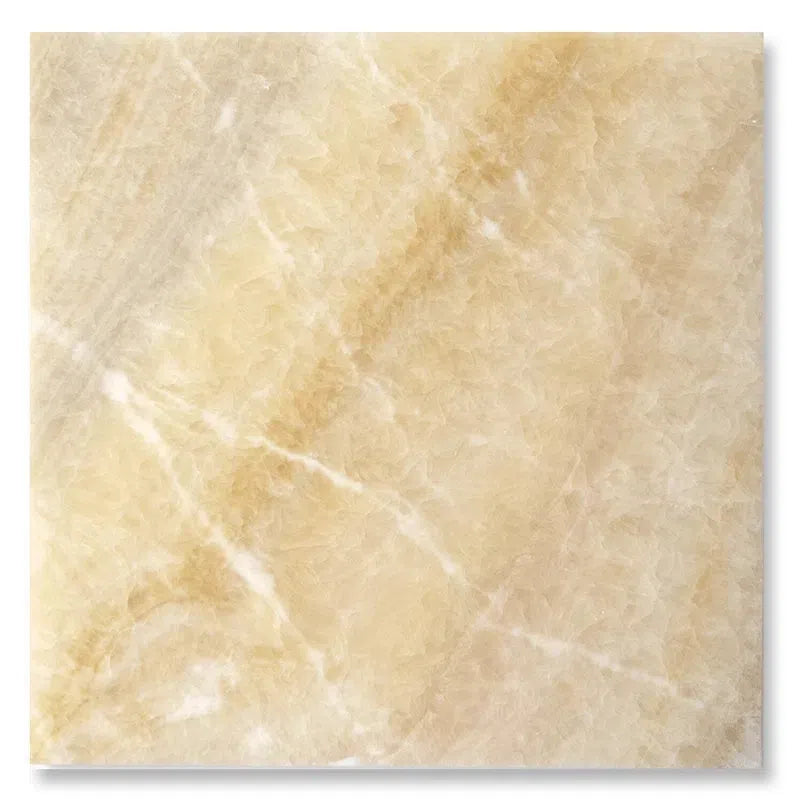 Honey Onyx Marble
Honey Onyx Marble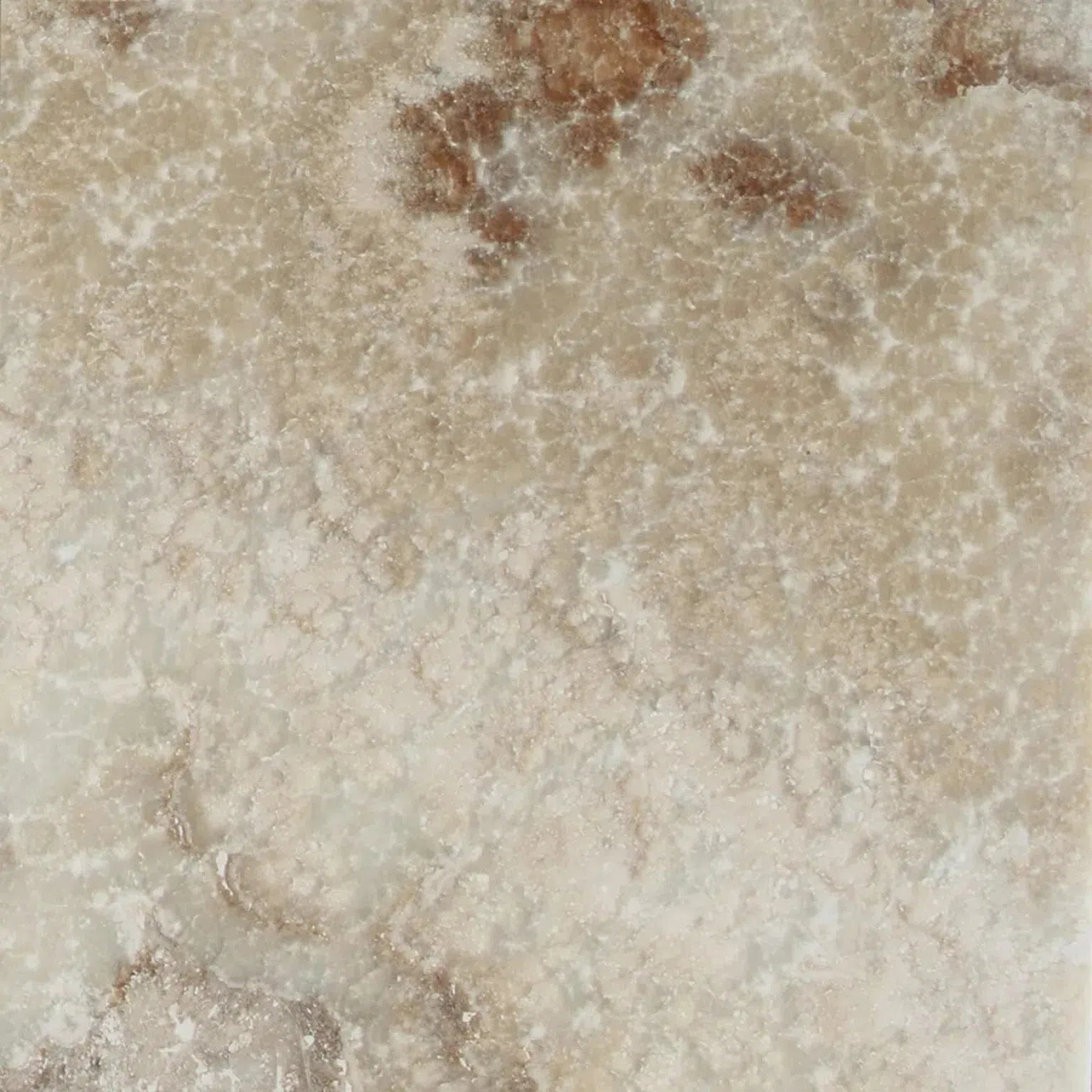 La Travonya Travertine
La Travonya Travertine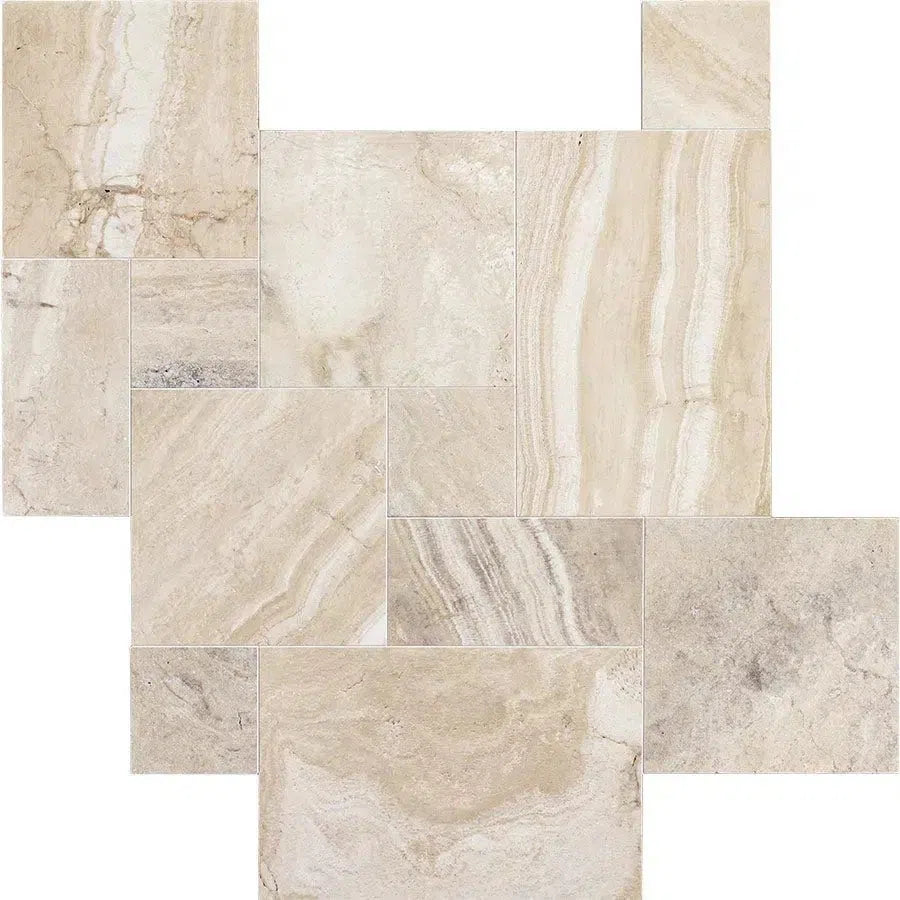 Malibu Travertine
Malibu Travertine Mink (Equator) Marble
Mink (Equator) Marble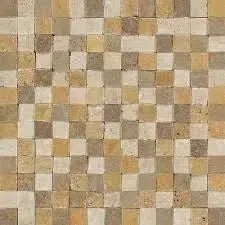 Mixed (Ivory-Noce-Gold) Travertine
Mixed (Ivory-Noce-Gold) Travertine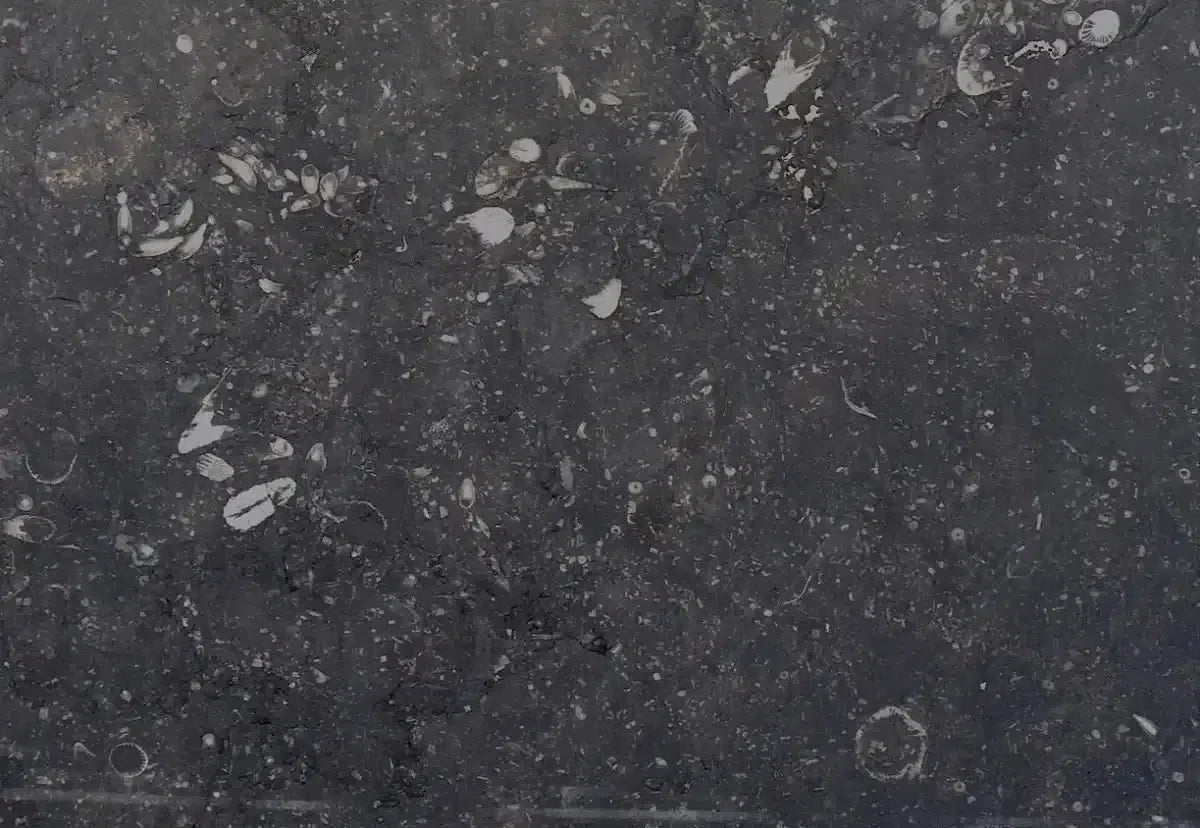 Pierre Bleue (Pierre Blue) Marble
Pierre Bleue (Pierre Blue) Marble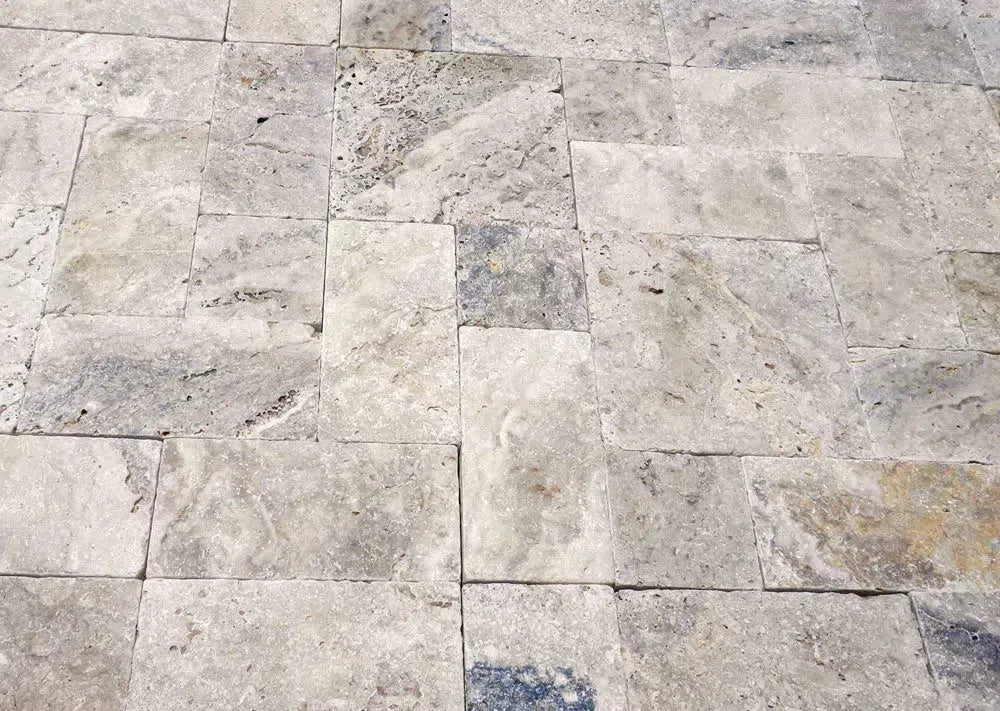 Philadelphia Travertine
Philadelphia Travertine Rosé Aurora Marble
Rosé Aurora Marble Rosetta Storm Marble
Rosetta Storm Marble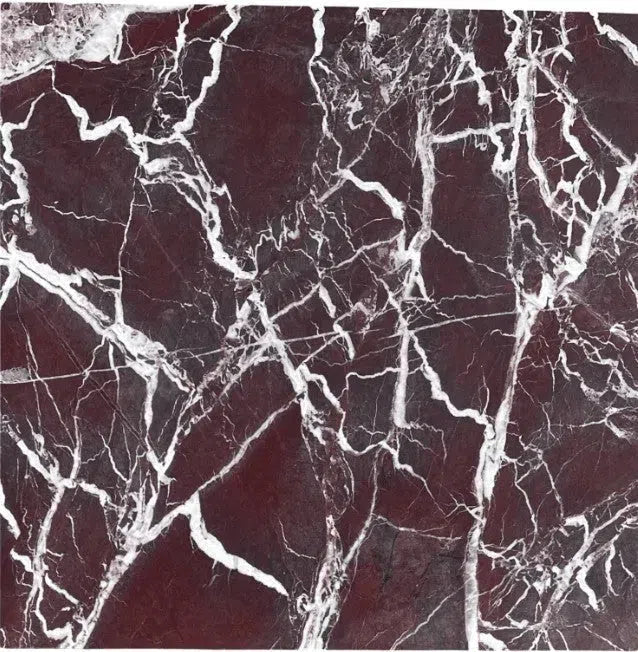 Rosso Levanto Marble
Rosso Levanto Marble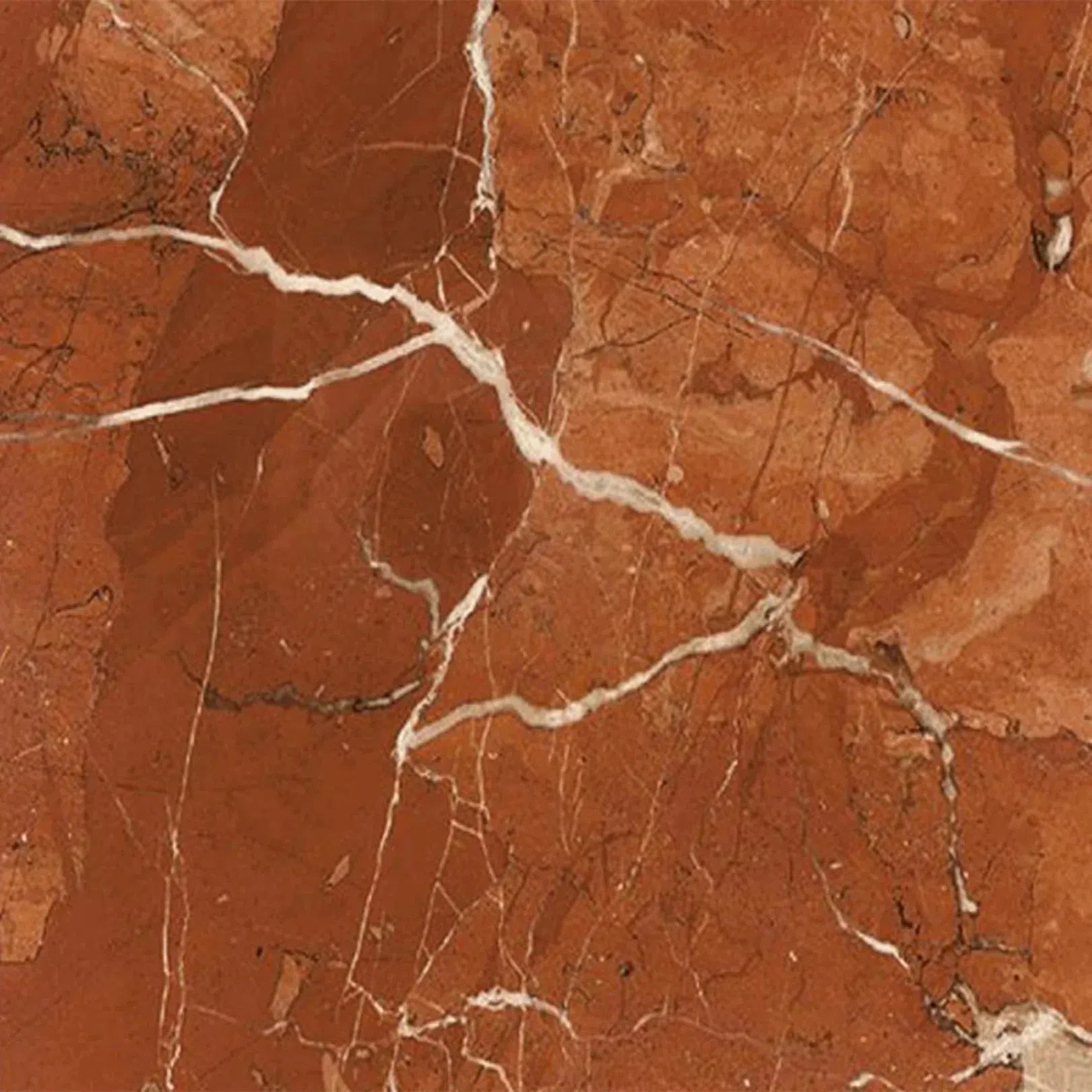 Rojo Alicante Marble
Rojo Alicante Marble Sahara Ember Marble
Sahara Ember Marble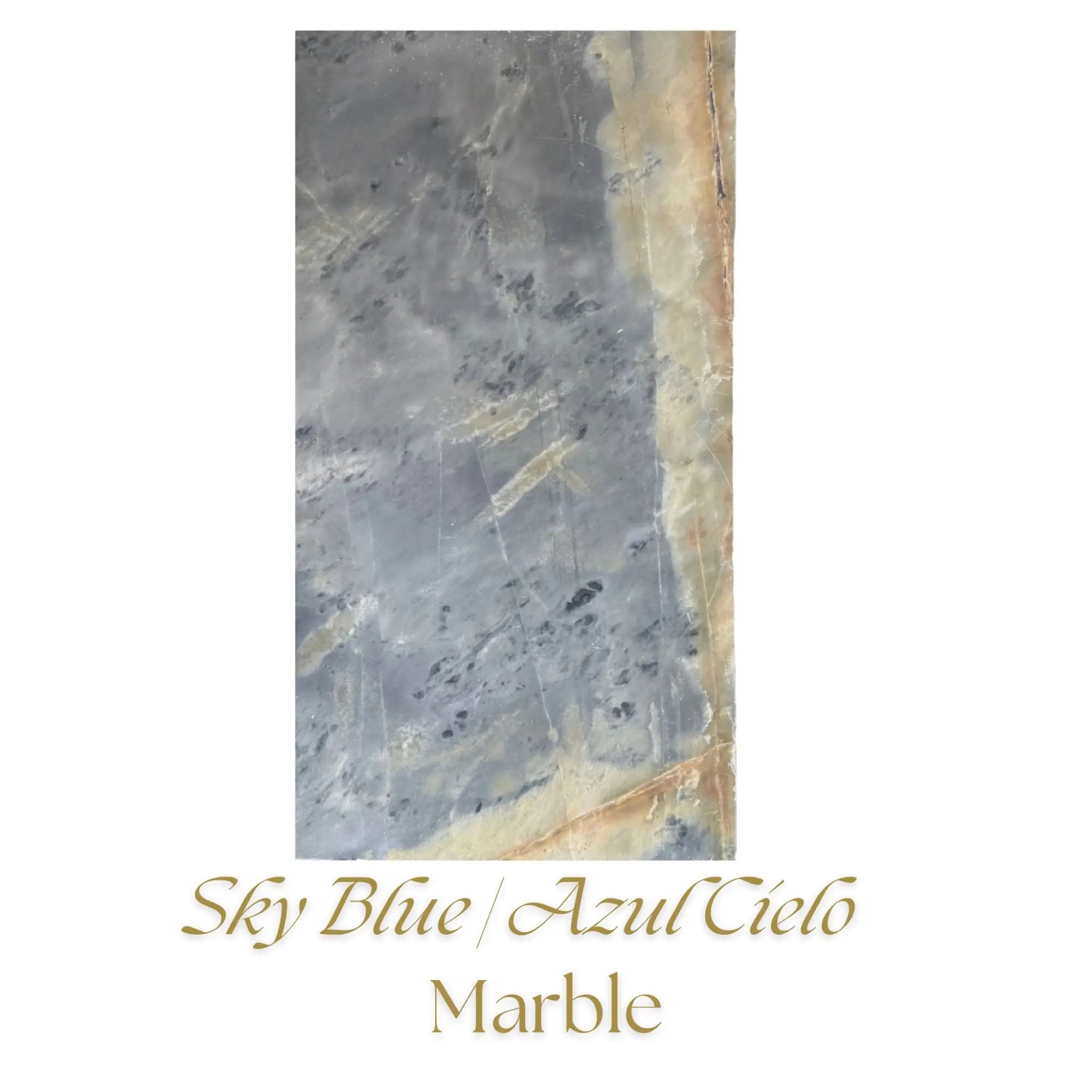 Sky Blue | Azul Cielo Marble
Sky Blue | Azul Cielo Marble Snow White (Afyon White) Marble
Snow White (Afyon White) Marble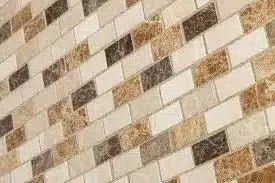 Spanish Mix Marble
Spanish Mix Marble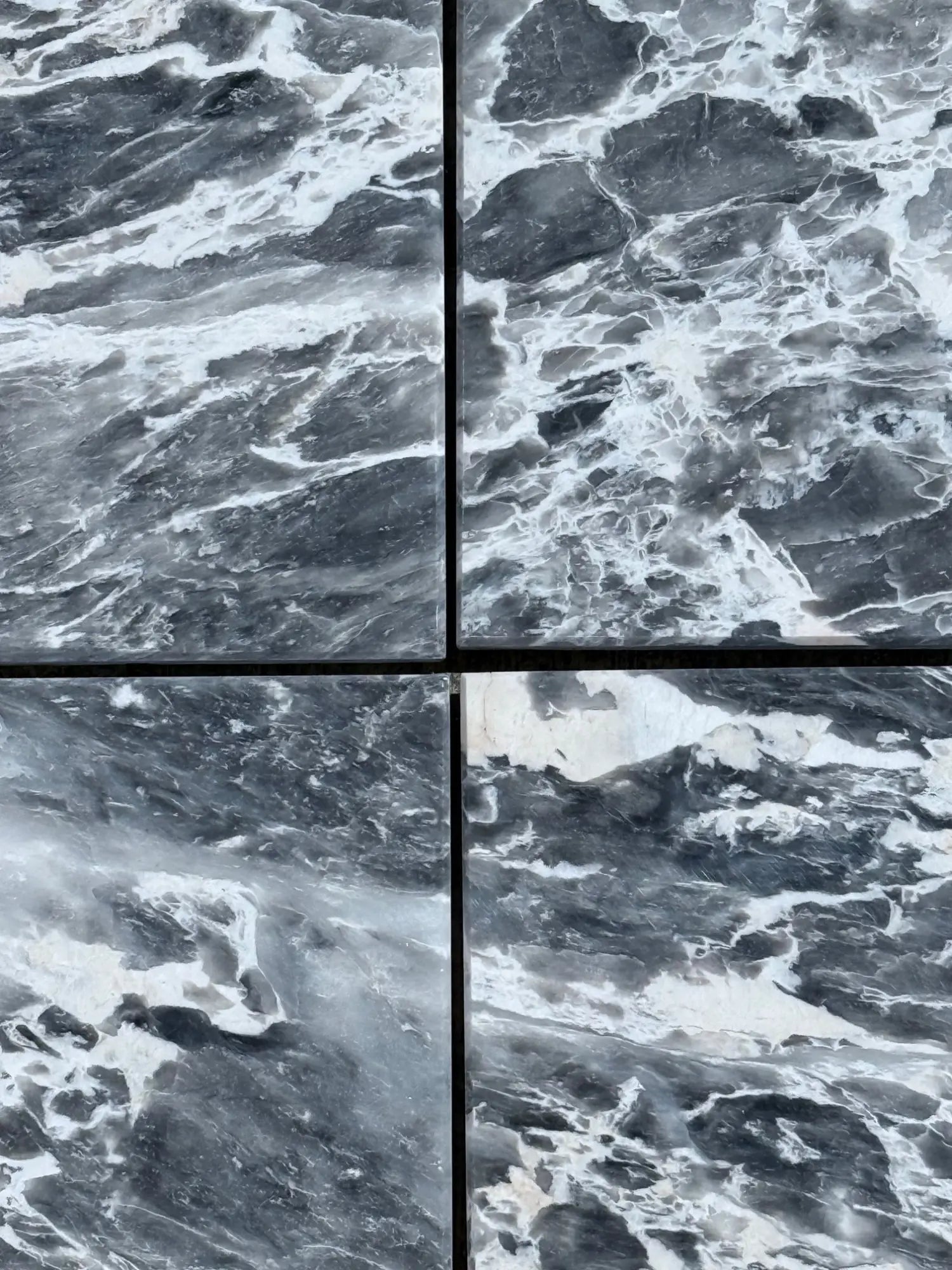 Storm Gray Marble
Storm Gray Marble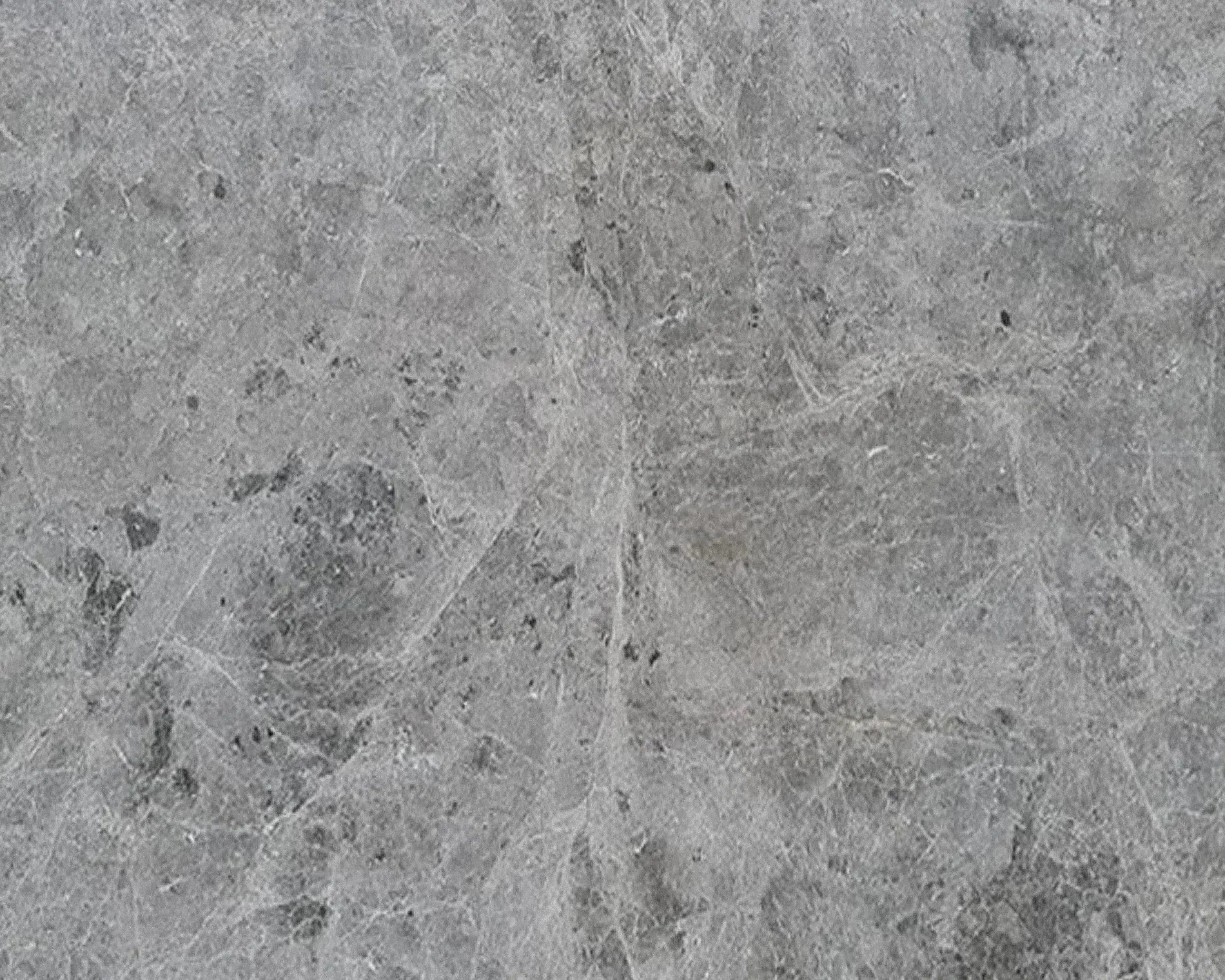 Tundra Gray (Atlantic Gray) Marble
Tundra Gray (Atlantic Gray) Marble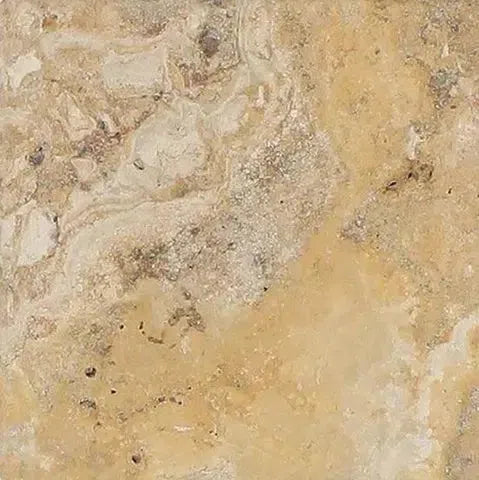 Valencia Travertine
Valencia Travertine Valerenga Travertine
Valerenga Travertine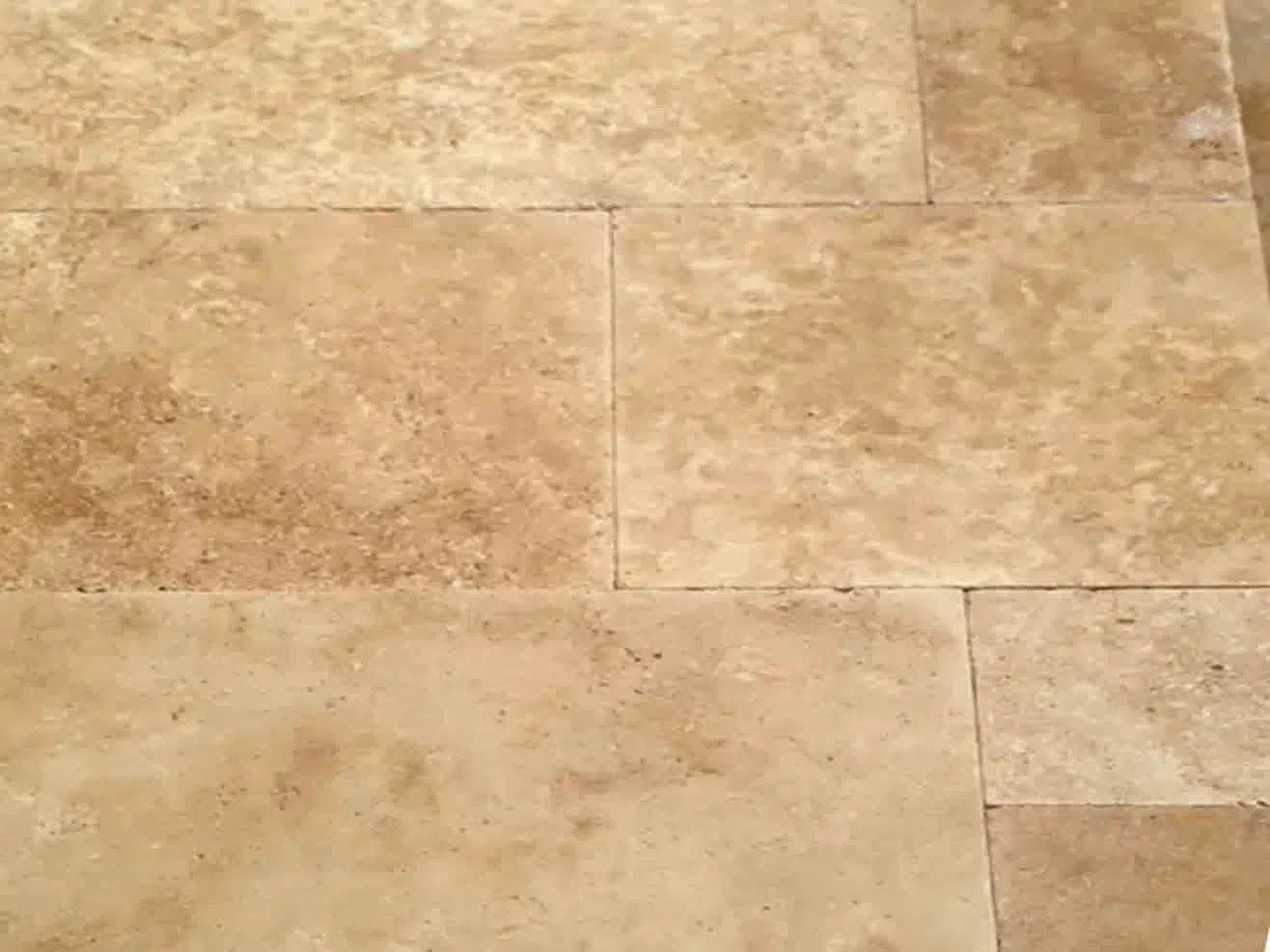 Walnut Travertine
Walnut Travertine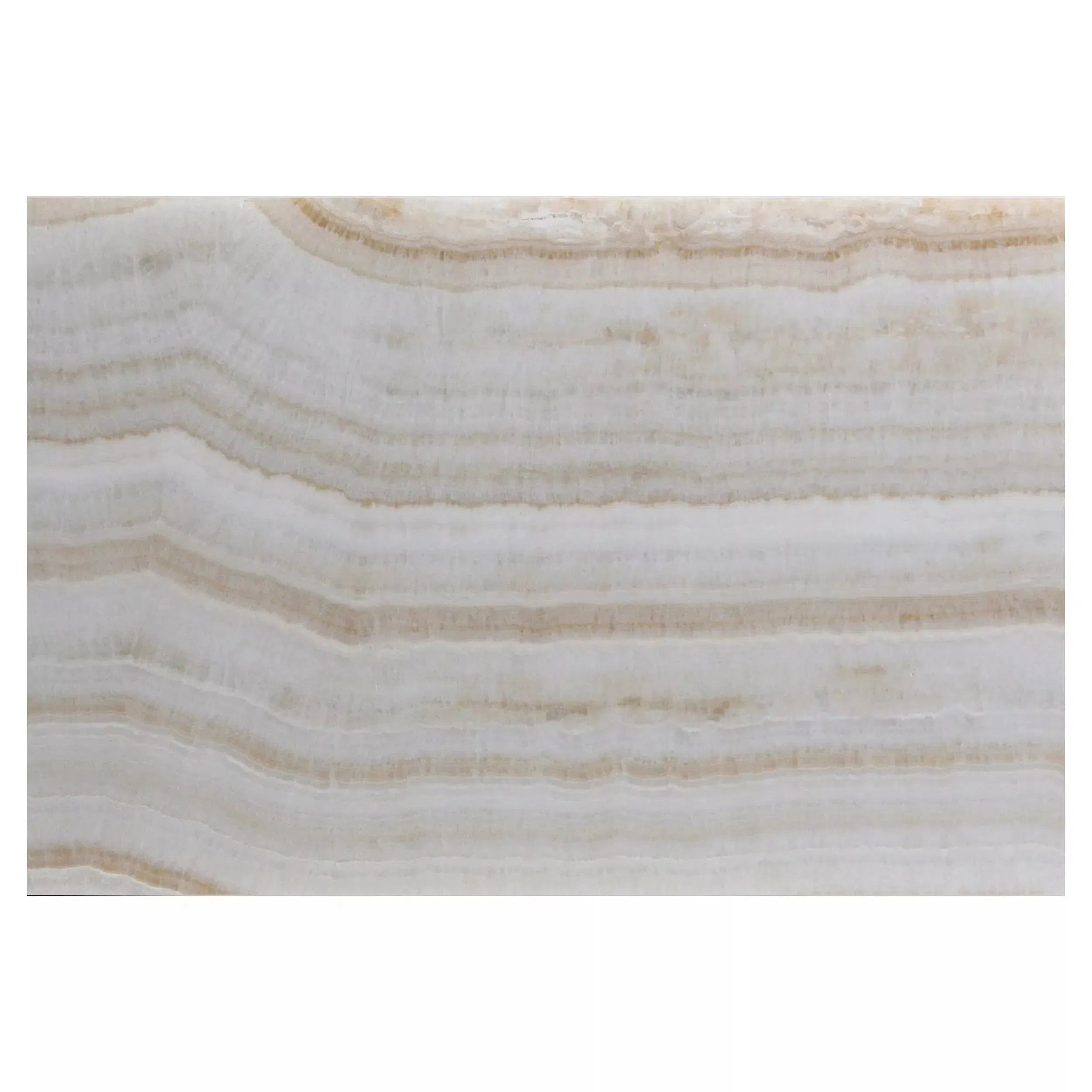 White Onyx Marble
White Onyx Marble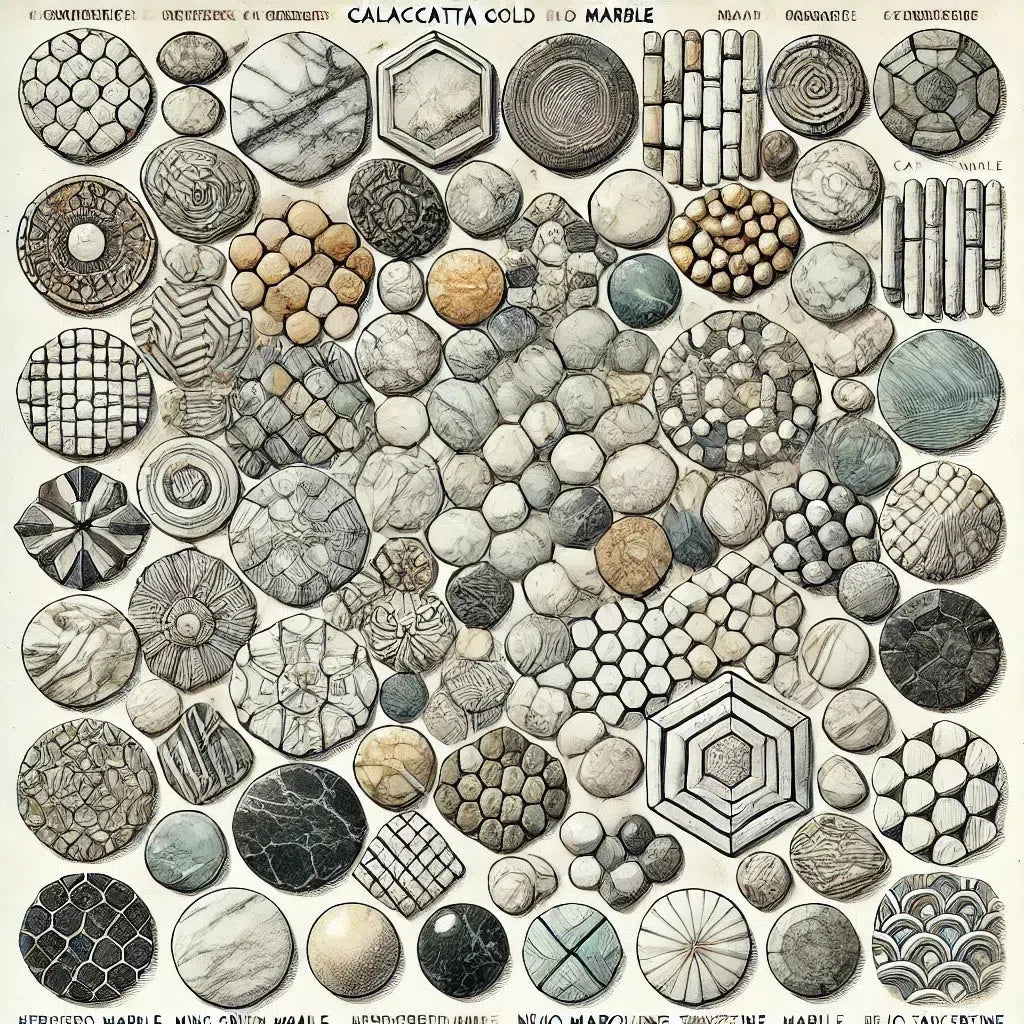 Shop By Type
Shop By Type
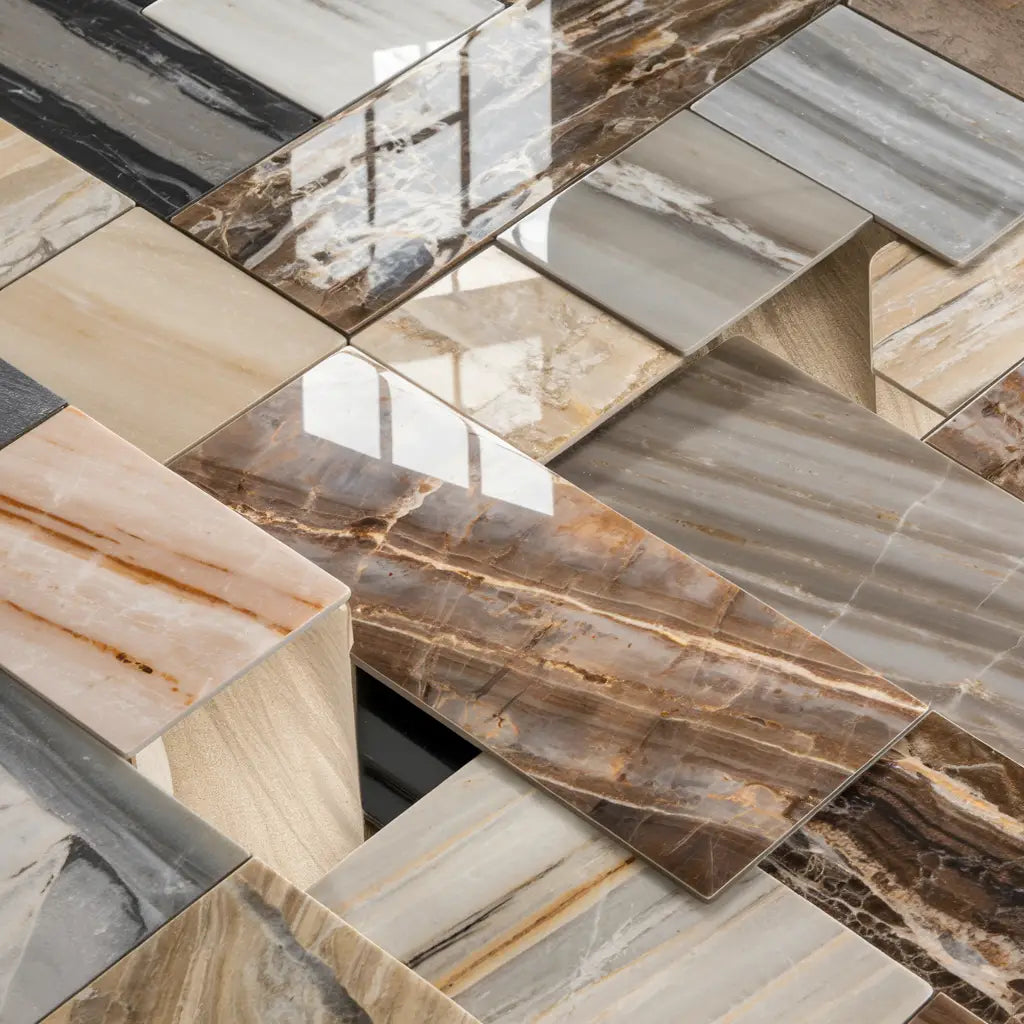 Marble Tiles
Marble Tiles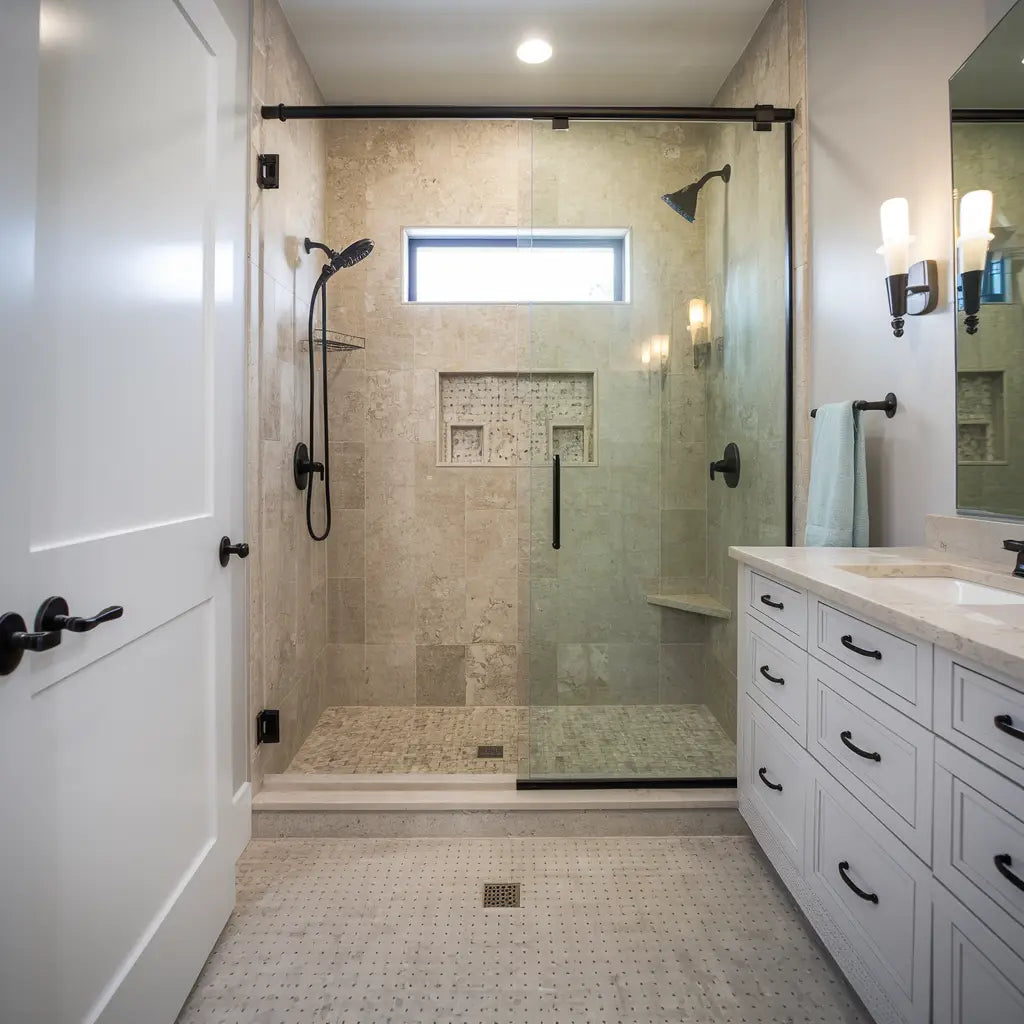 Marble Mosaic
Marble Mosaic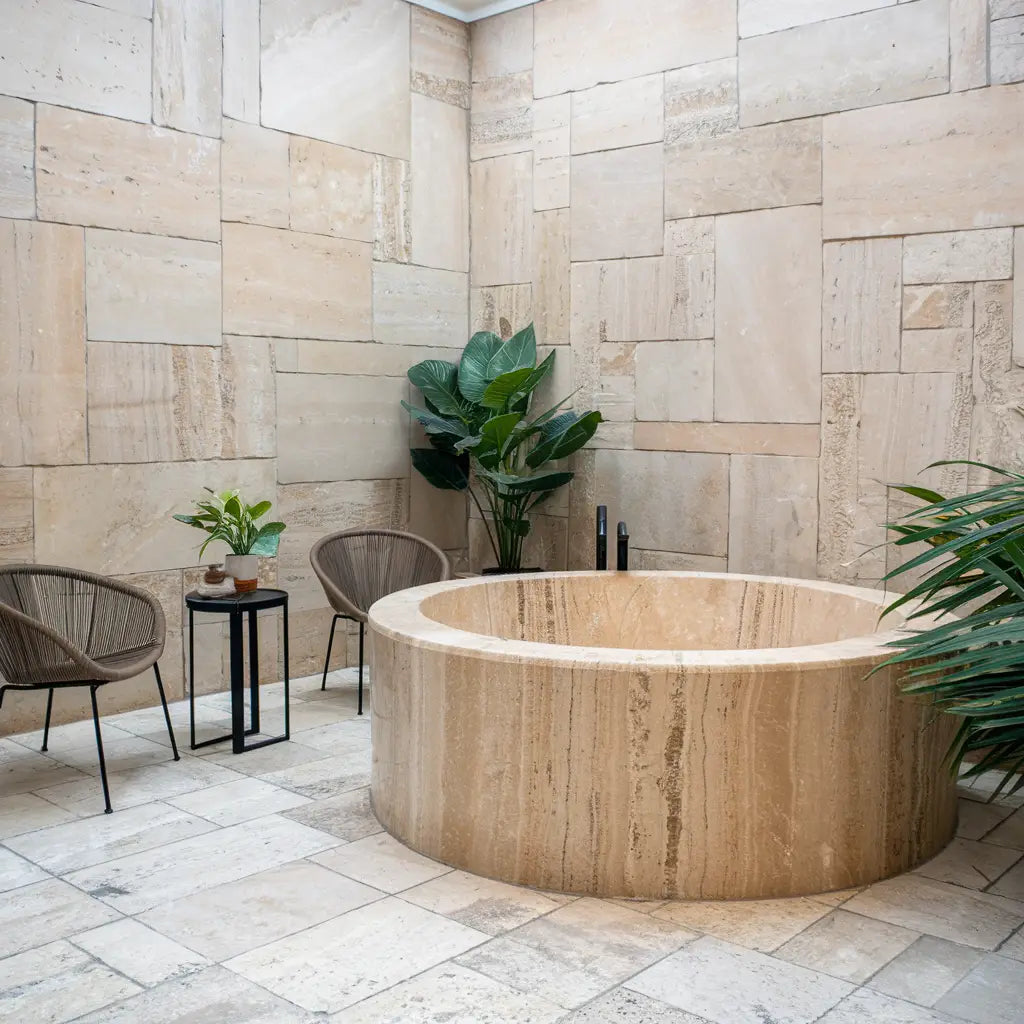 Travertine Tiles
Travertine Tiles Travertine Mosaic
Travertine Mosaic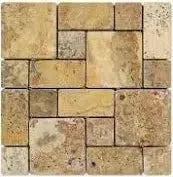 4 pcs Versailles Pattern / French Pattern Set
4 pcs Versailles Pattern / French Pattern Set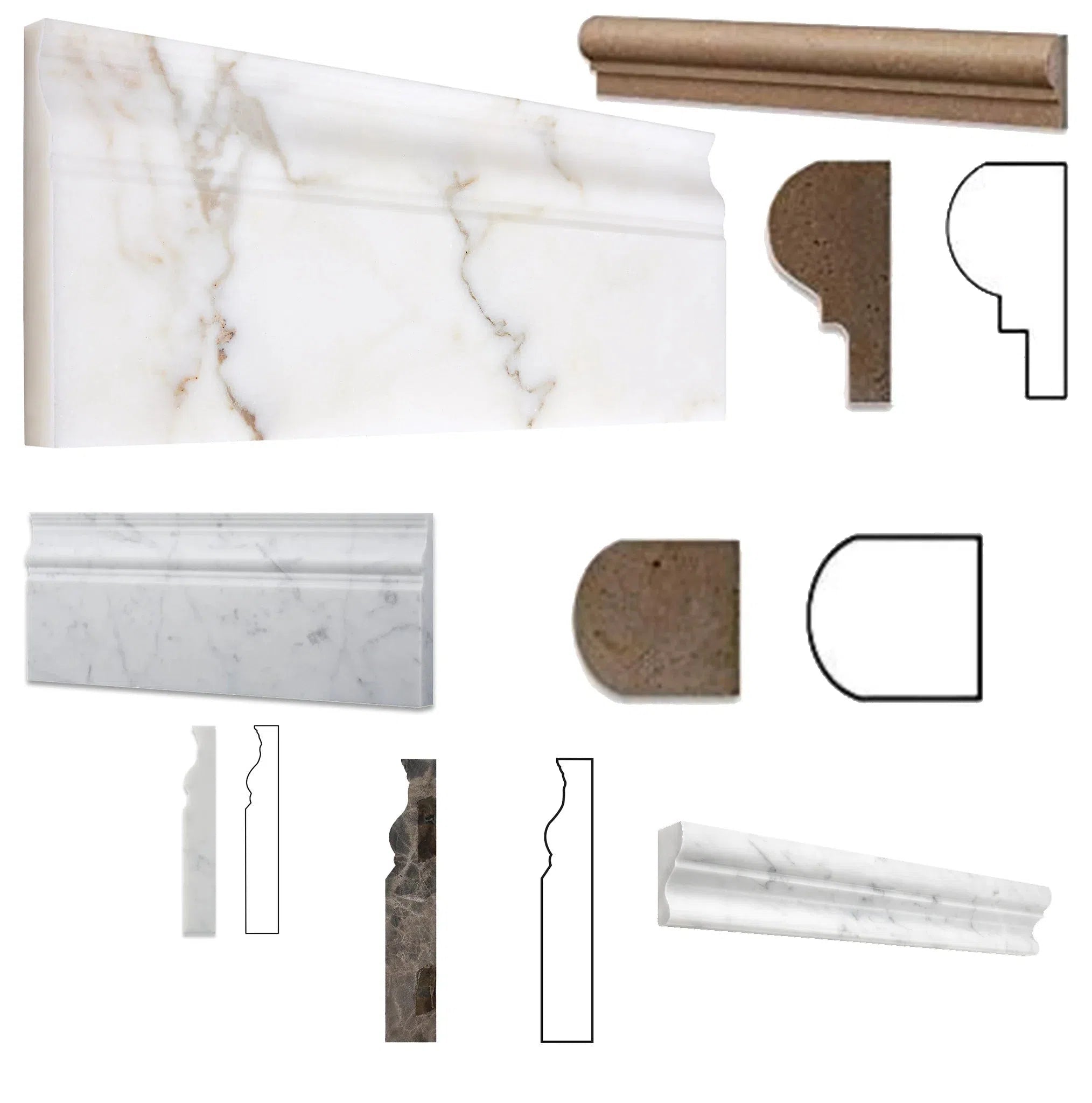 Molding/Trim
Molding/Trim Border/Listello
Border/Listello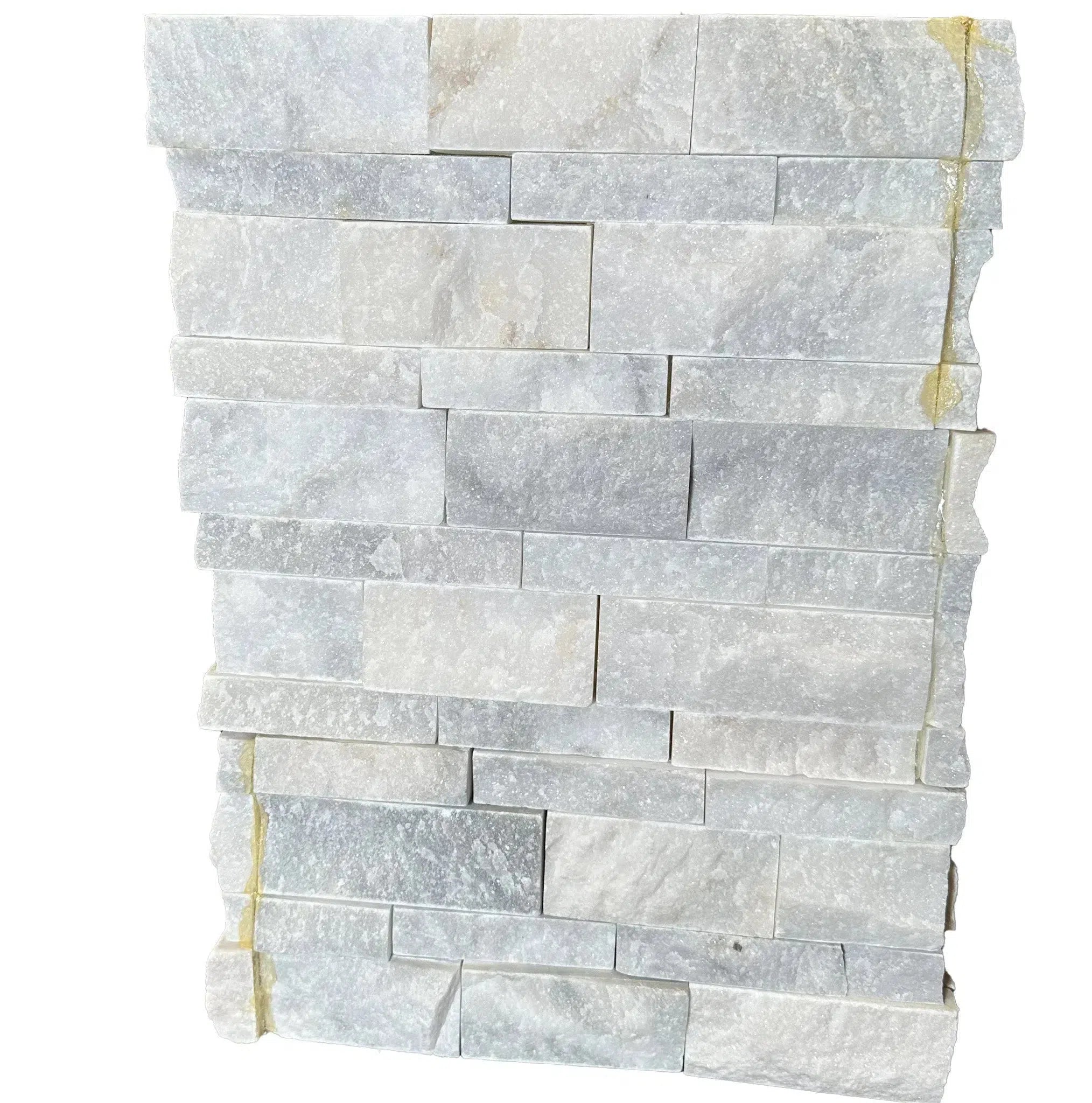 Ledger-Panel
Ledger-Panel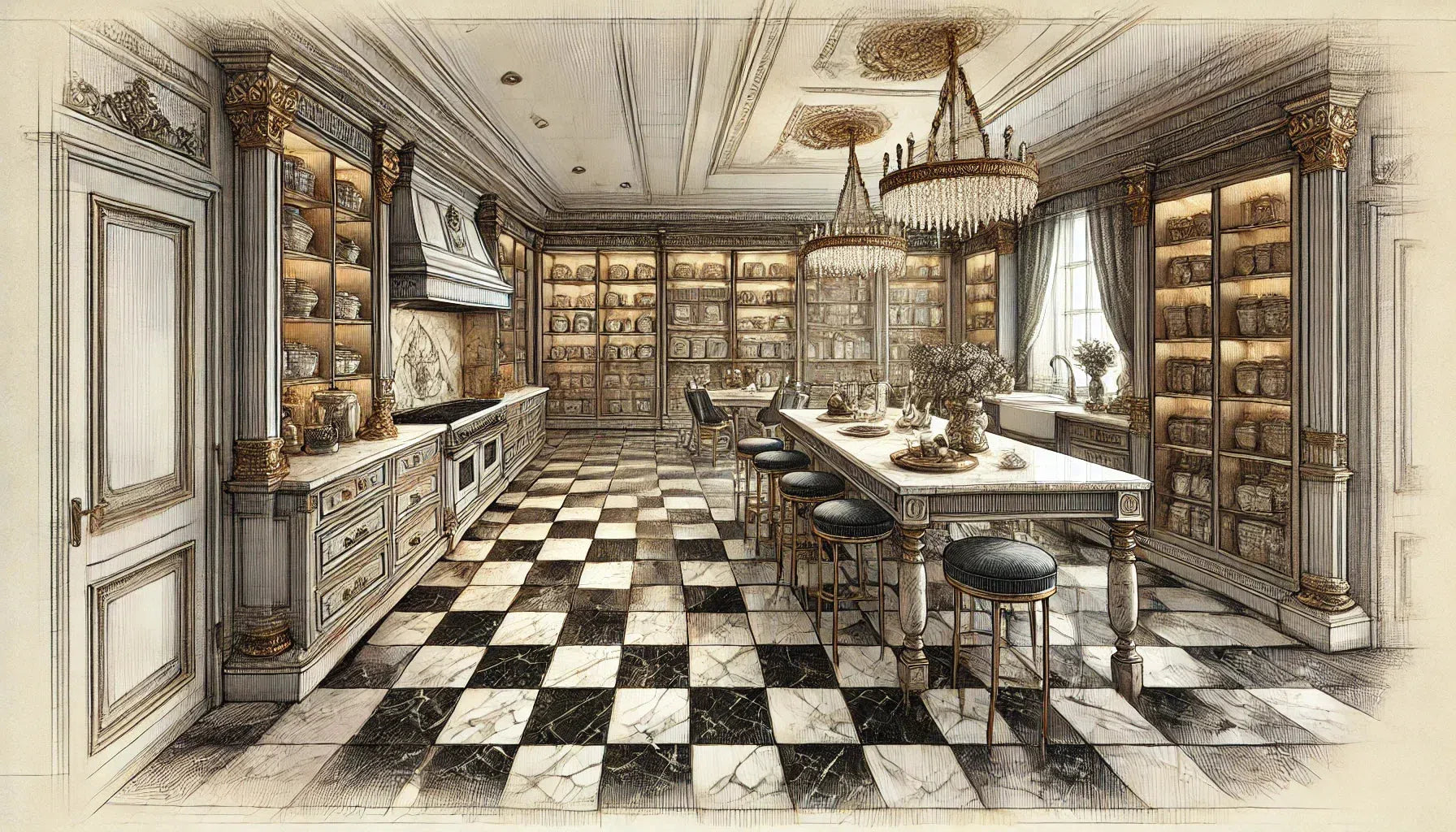 Checkerboard
Checkerboard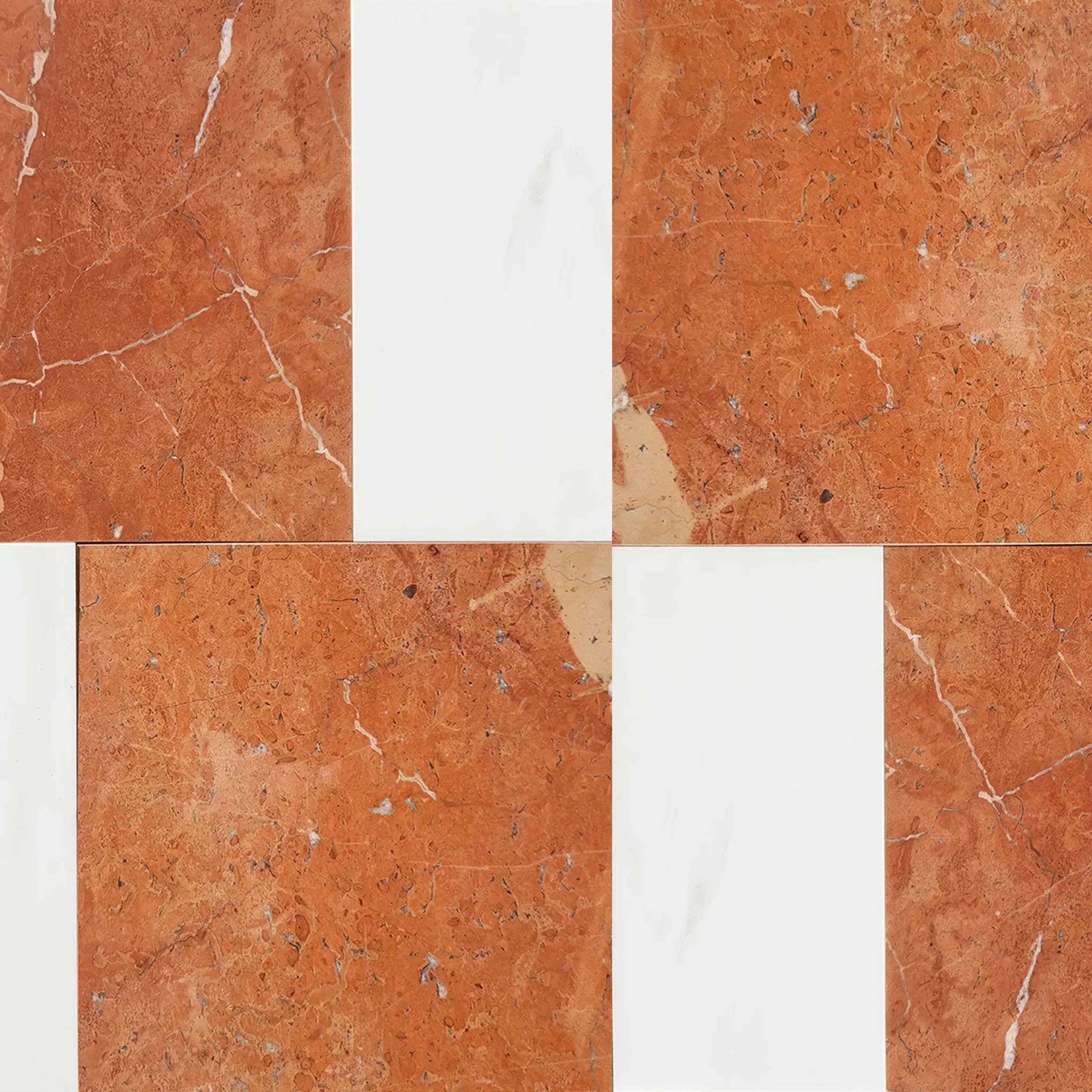 Patterned Tile Collection
Patterned Tile Collection 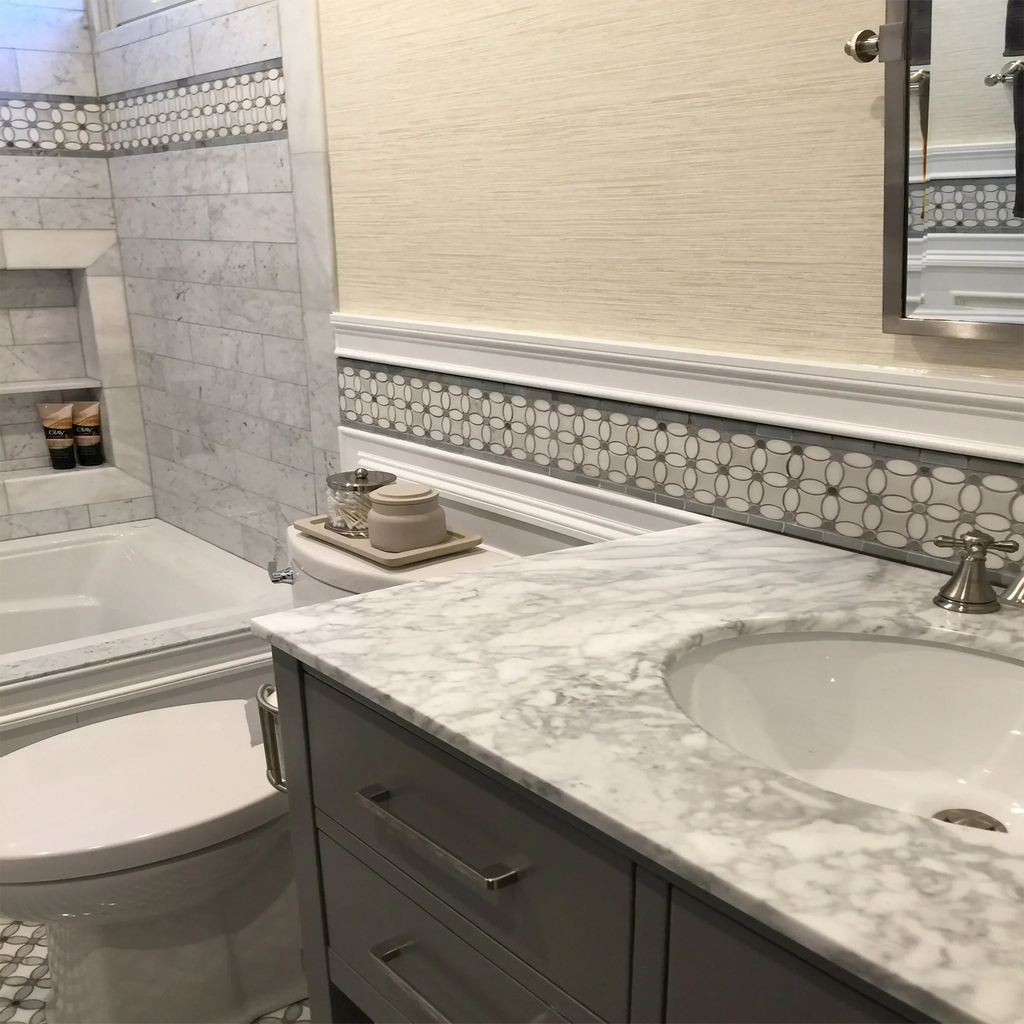 Shop By Finish
Shop By Finish
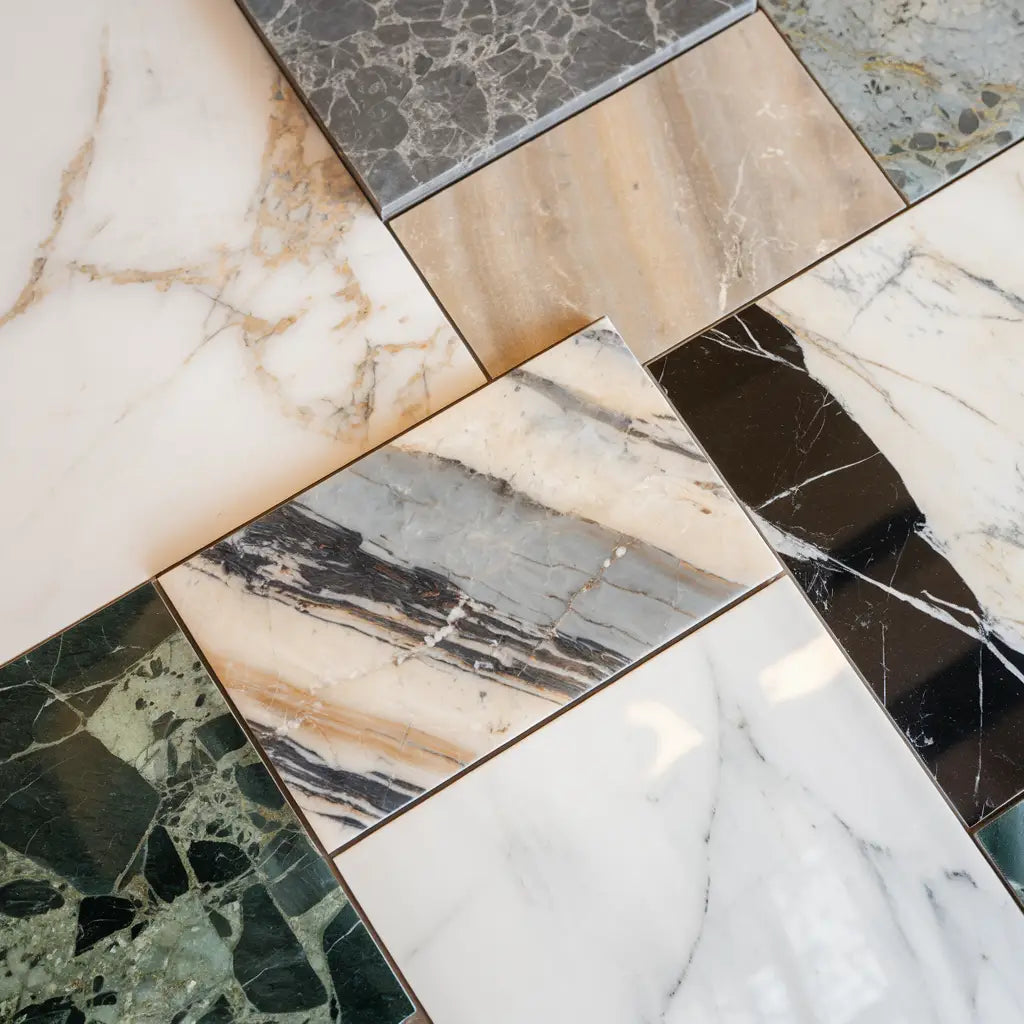 Polished
Polished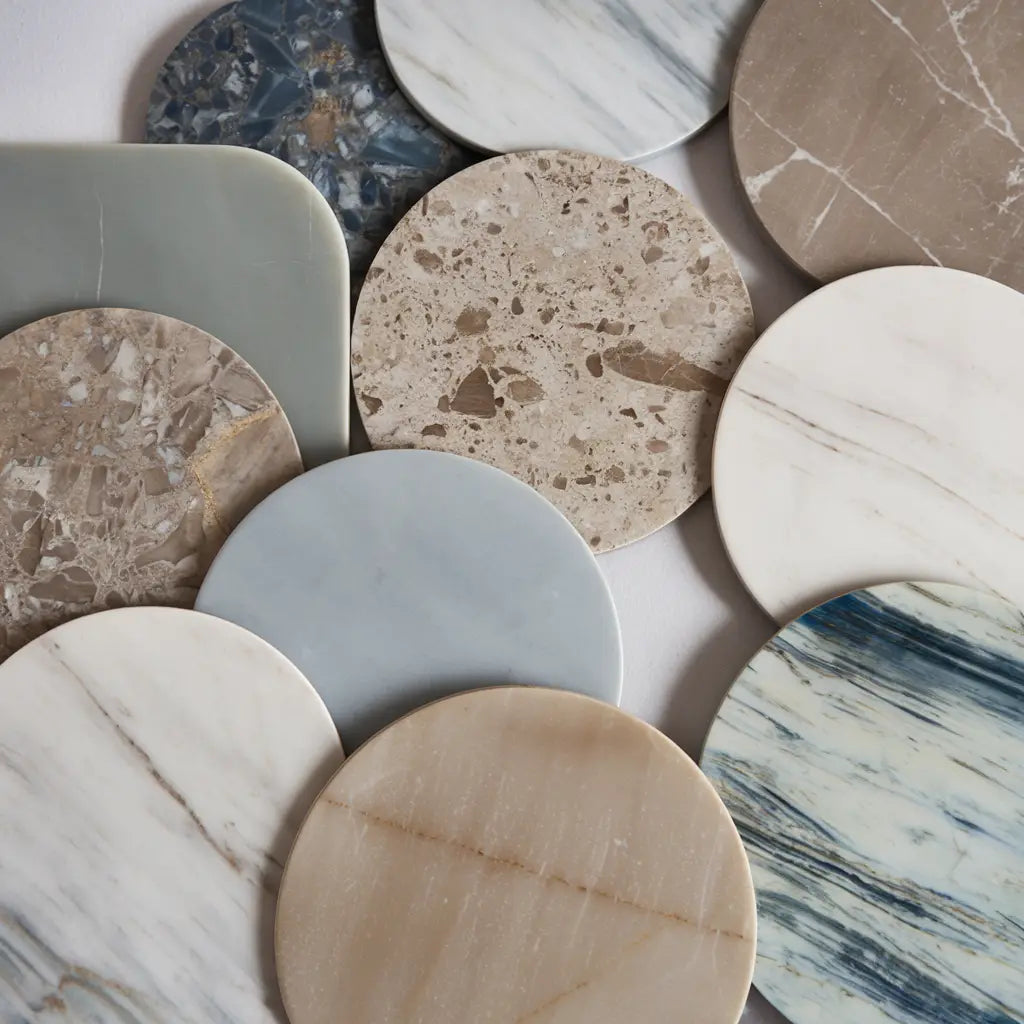 Honed
Honed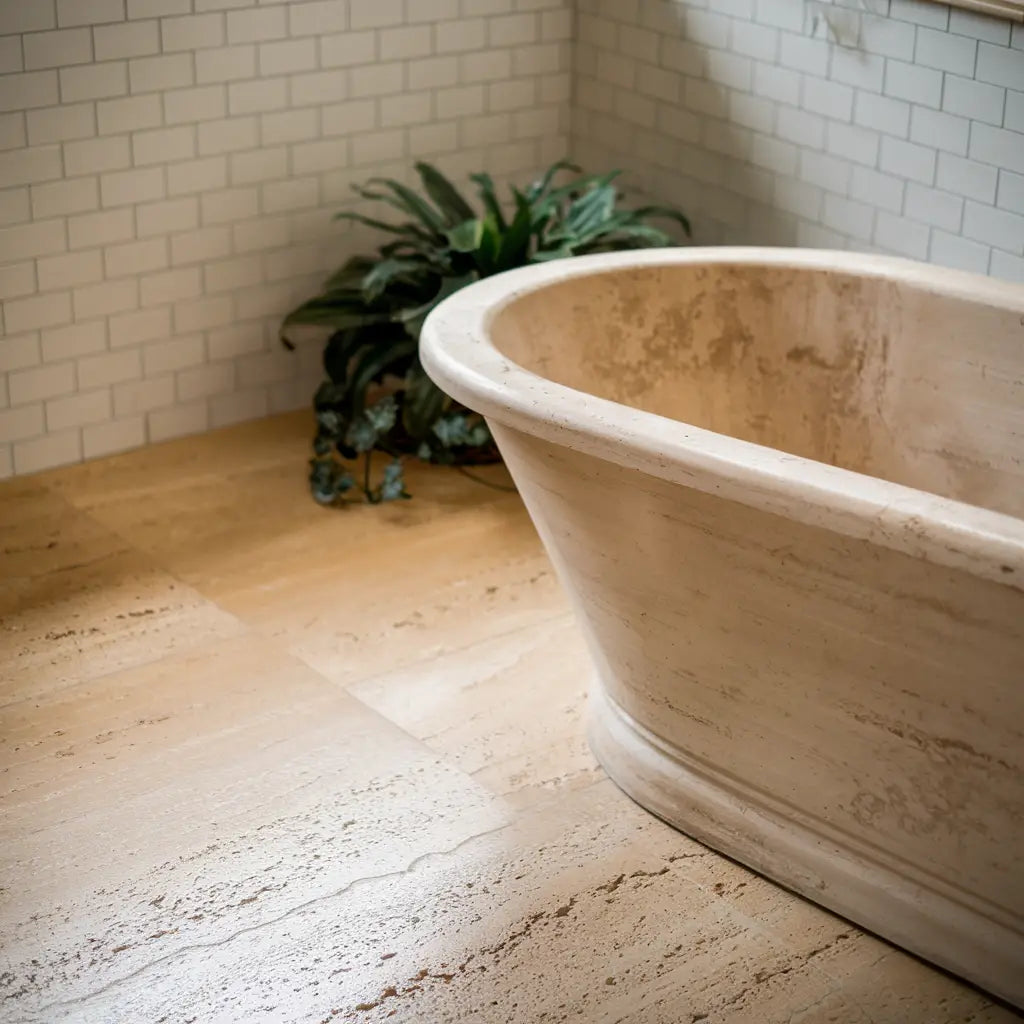 Brushed
Brushed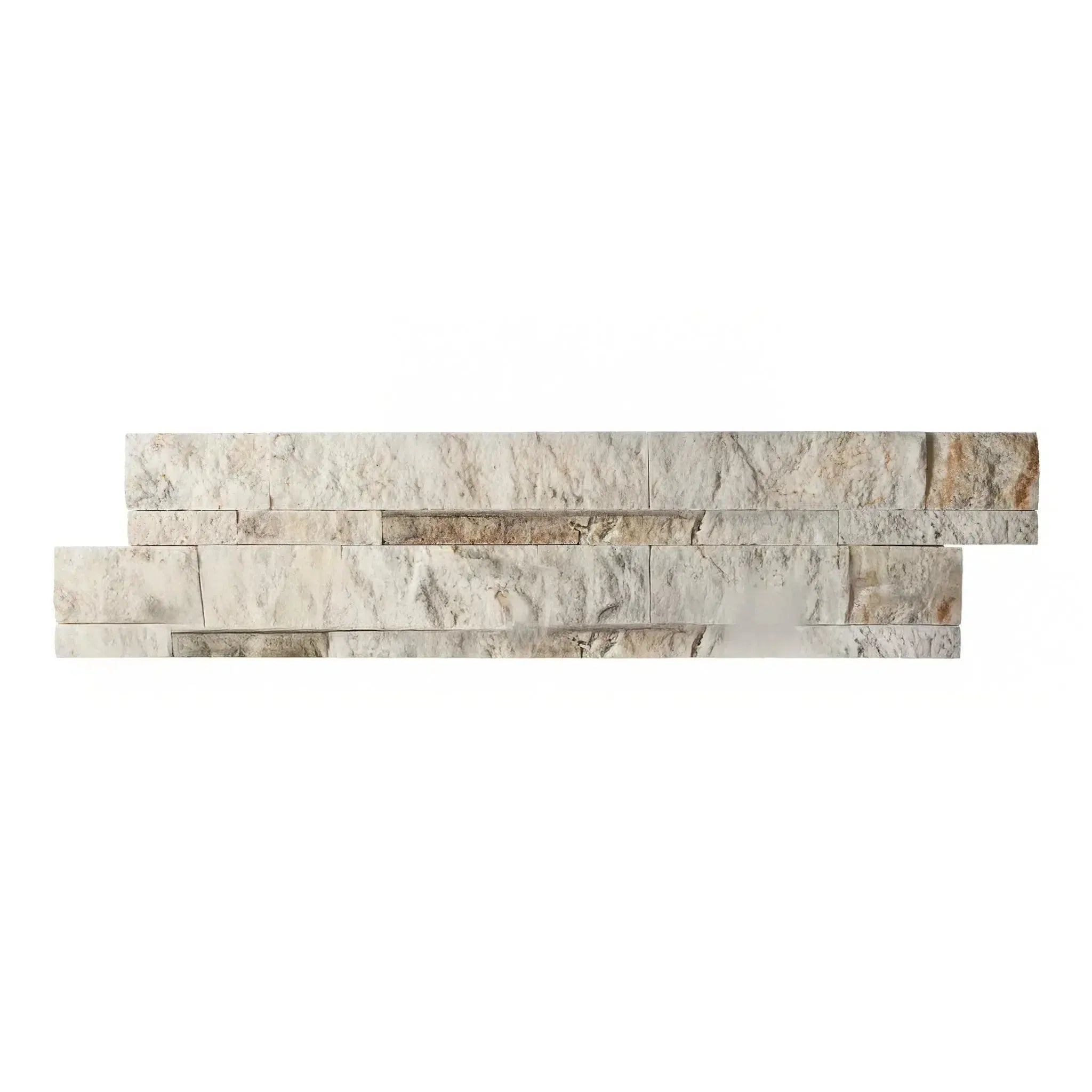 Split Face
Split Face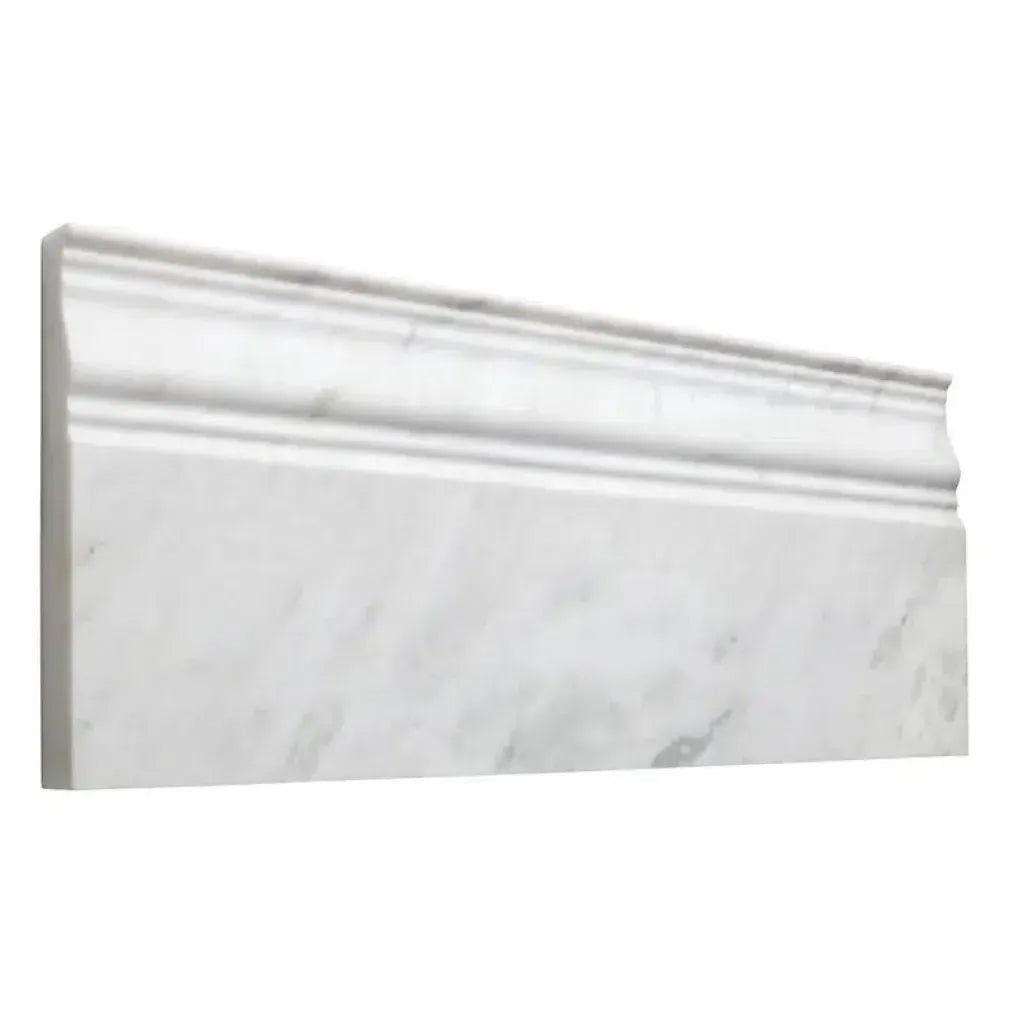 Textured
Textured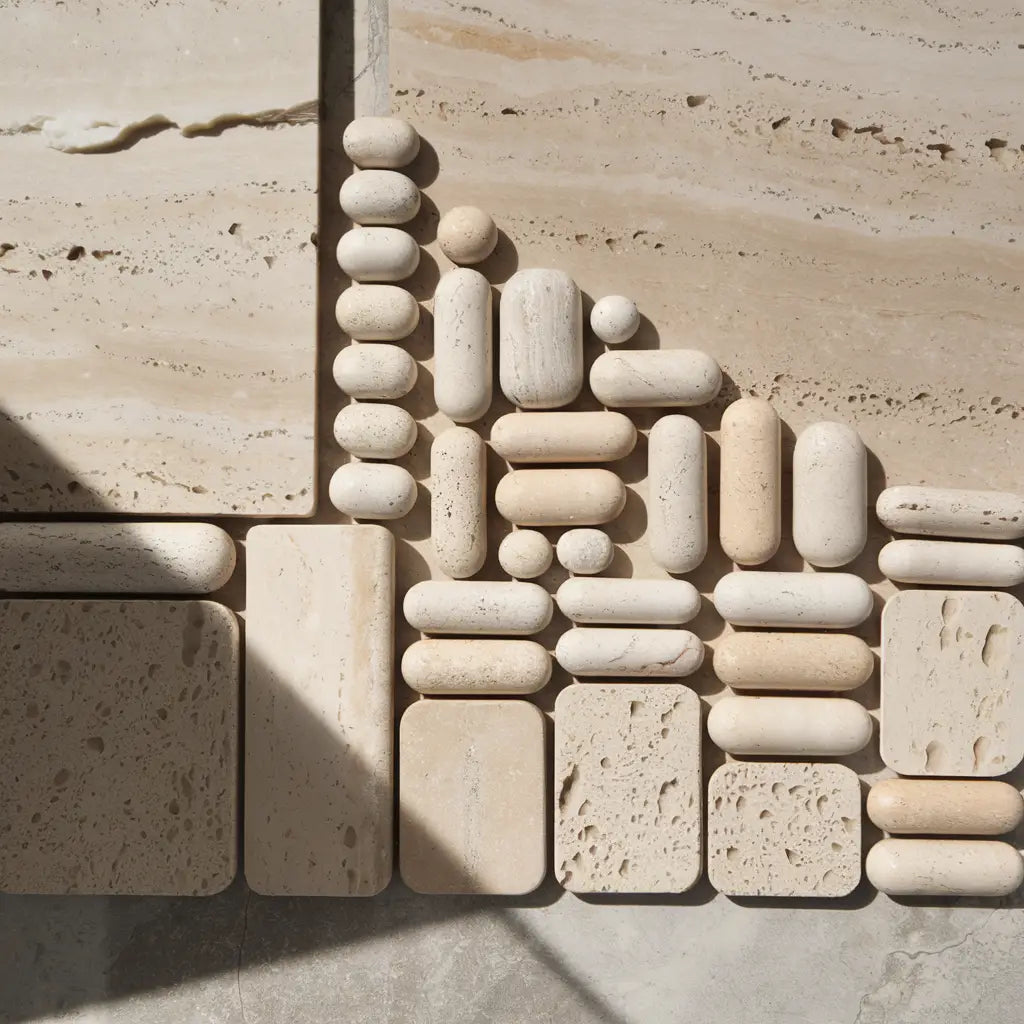 Tumbled
Tumbled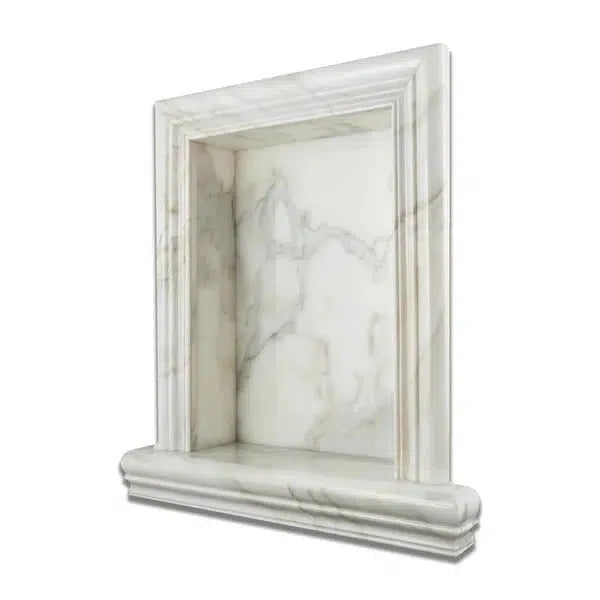 Accessories
Accessories
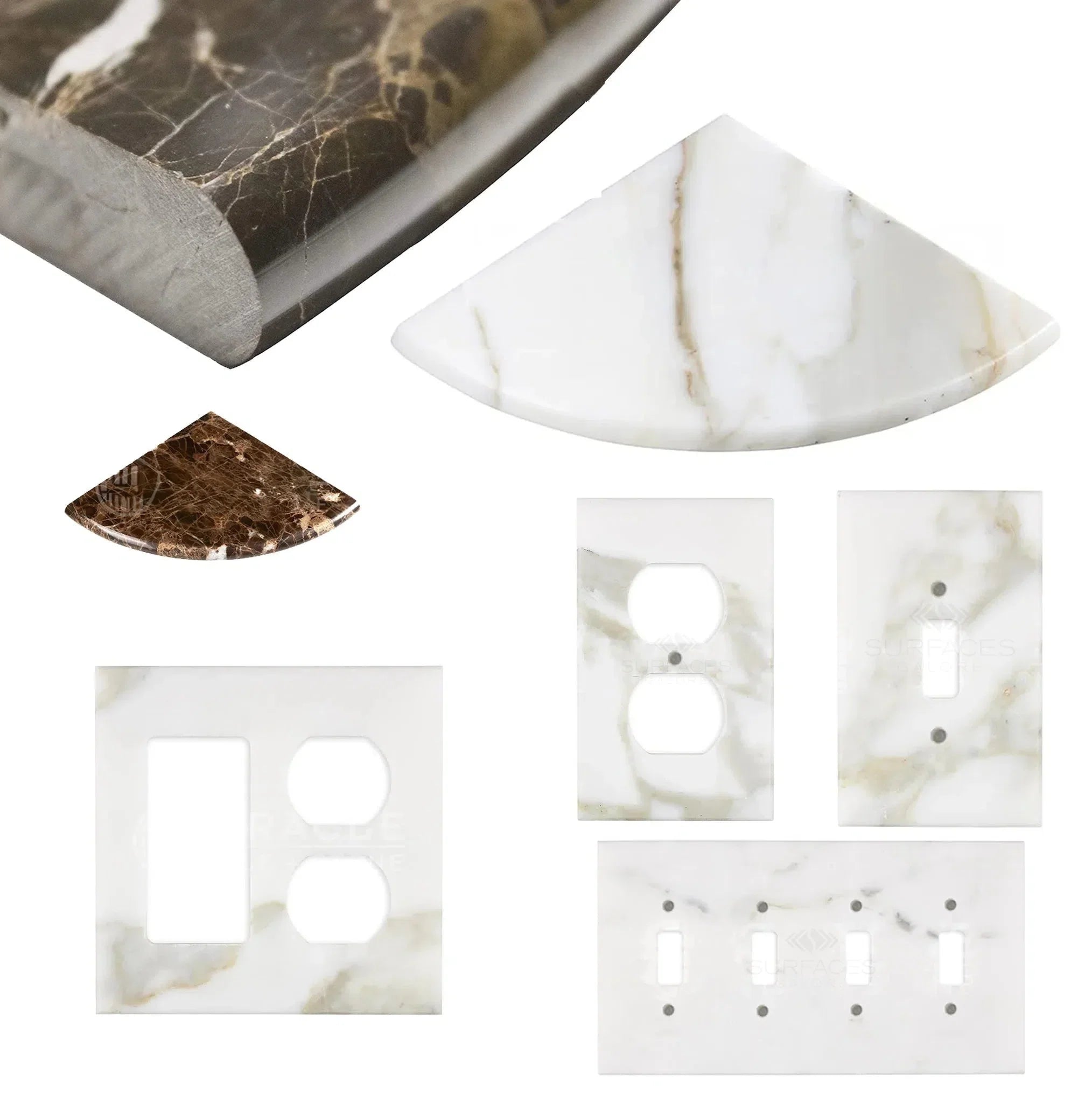 Wall Plate / Switch Plate
Wall Plate / Switch Plate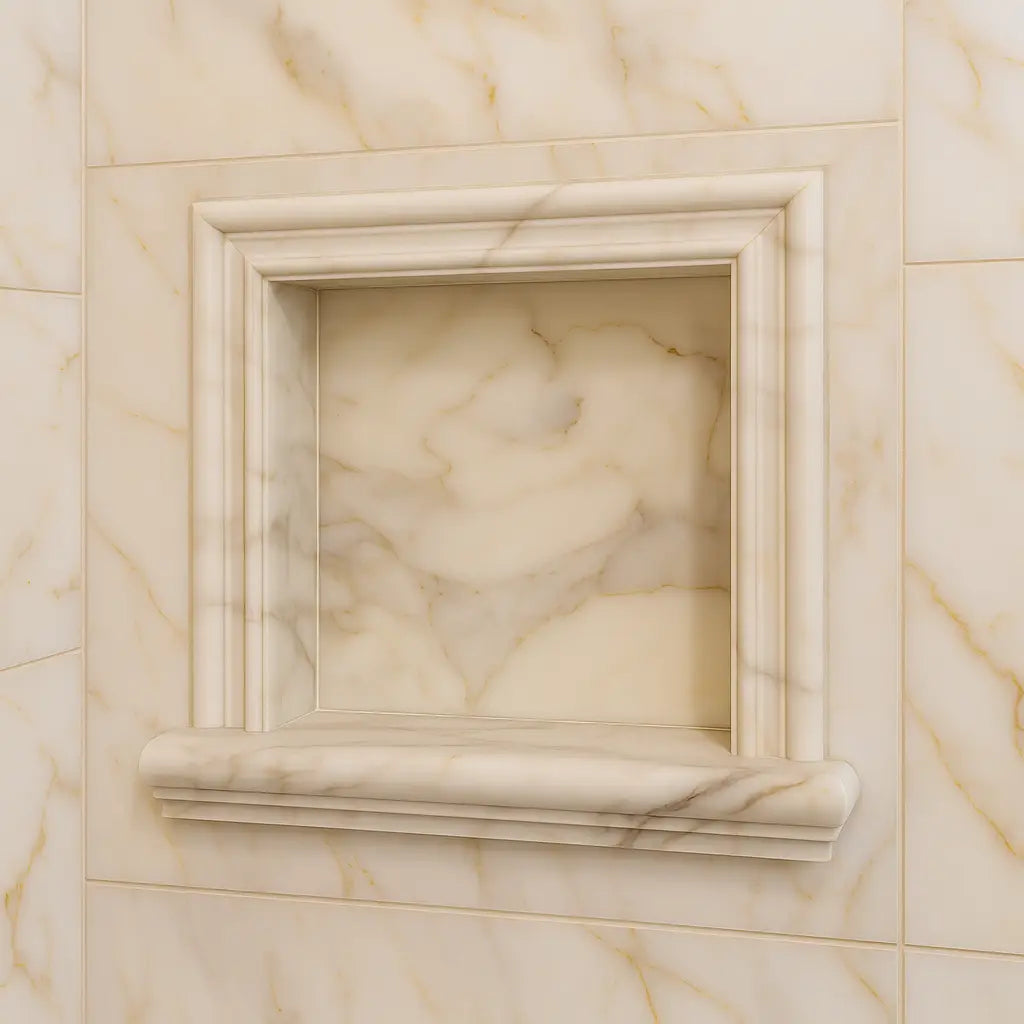 Shampoo Niche
Shampoo Niche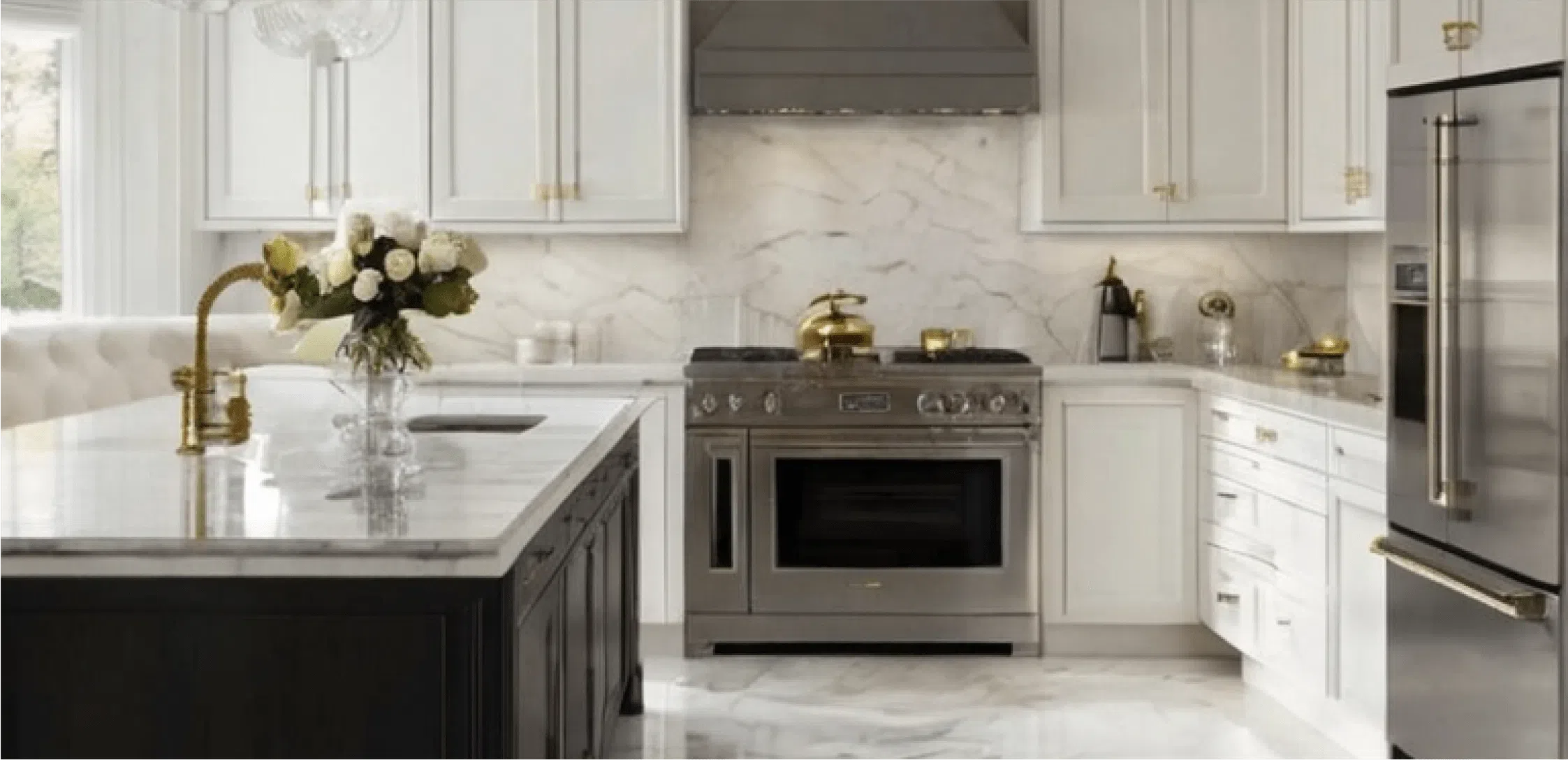 Corner Shelf
Corner Shelf Clearance
Clearance





Leave a comment